When I drove my Jeep to Alaska on the Alaska Highway, my first overnight stop after crossing the border from Canada was in Fairbanks, Alaska’s Second City. It was the farthest north I’d ever been; I’m not really sure what I expected, but what I found up there, just shy of the arctic circle, was a place that didn’t seem remotely exotic. It was a middling size, fairly ordinary town, with all the usual chain restaurants and hotels and fast food joints that you’d see in any other part of the American Heartland. There were traffic lights and street signs, sidewalks, even a little bit of a freeway, and since it was July, the middle of summer, there wasn’t a single dog sled, igloo, or caribou herd anywhere in sight.
I had breakfast the next morning at the World’s Most Northerly Denny’s, marveling to myself at how far I’d driven to get to that place, just so that I could eat bacon and eggs and hash browns that were identical to what I could have ordered down the street from my house in Phoenix. The waitress topped up my coffee, and while I waited for it to cool, I struck up a conversation with a couple at the next table. They were Alaskans from the small town of Tok, and they’d made the trek to Fairbanks to stock up on supplies. They gave me some great tips on things to see while I was touring the area, including an event that was happening right there in Fairbanks that very week: the WEIO, World Eskimo Indian Olympics.
The event was being held at the Carlson Center, a multi-purpose indoor venue near Pioneer Park, in the middle of town. I spent that night camping at the Chena Hot Springs (see my previous post, Chena Hot Springs: a Fairbanks Original), and the next afternoon, I drove over to the Carlson. My hat is off to that couple from Tok, because the WEIO turned out to be one of the coolest things I did on that whole ultra-cool road trip.
The Eskimo Olympic Games are exhibitions of skill and endurance, unique competitions based on traditional Inuit contests, adaptations of the survival skills that are rapidly disappearing in remote villages. The contests draw participants from every corner of this huge state. They are a point of pride for all Alaskans–but especially so for the native people.
There are a number of events worthy of note, ranging from the joyful blanket toss to the incredibly painful “ear pull” to the muktuk (blubber) eating contest (more on all that below), but the premiere event, the biggest crowd-pleaser, the contest that requires the most outrageous level of pure athleticism, is a thing called the Two-Foot High Kick.
A ball is suspended from a cord that holds it as much as eight feet above the floor. Contestants approach, and take a running leap straight up:
Once off the ground, they make this crazy jack knife move, and they attempt to touch the ball with both feet:
Whether they hit the target or not, they have to straighten themselves out, come back down, and stick the landing, with extra points for style and grace.
If all of that sounds difficult? You have no idea. The contest originated with traditional whale hunts. When the hunt was successful, a runner would be sent to the village, and as soon as he was close enough to be seen across the vast expanse of icy terrain, he would leap high in the air. A two-foot high kick was the unmistakable sign that “they got one,” and that the villagers should come quickly to join the hunters, to help butcher the whale.
Below you’ll find three short slide shows demonstrating the two-foot high kick in stop motion:
This gentleman misses the ball, but the sheer determination in his expression alone is deserving of a medal!
(Note: click on any of the photos in any of these slide shows to blow the images up to full screen.)
(Almost) perfect form!
This gal totally kills it, knocking that ball clear out of sight!
At the World Eskimo Indian Olympics, just as at the International Summer and Winter Olympics, a flame is lit when the games begin, and it is kept burning for the duration of the event, a symbol of peace and unity, and the continuity of the olympic traditions. At the WEIO, the flame is a seal oil lamp that requires constant tending and replenishment. A trio of elders is assigned to that task, and they take it very seriousy indeed.
The WEIO isn’t just about the competitions. Throughout the four day series of events, there are exhibitions of native culture, style, and craftsmanship. The term Eskimo is used quite loosely and generally refers to all the native people of the far north, including the Inuit, the Yupik, the Inupiat, and the Athabascans. The traditional way of life for all of them is fast disappearing, so the WEIO takes on significant importance, helping to keep younger generations connected to their past.
Tanana Dancers performing a traditional routine
All of the contests celebrate the skills that are important to survival in the harsh environment of the arctic. In the event known as the “Stick Pull,” two contestants grasp either end of a smooth wooden dowel that has been liberally coated with grease. The first to wrest control of the stick from their opponent is declared the winner. The contest demonstrates the skill required to grab a live fish and hold it by the tail, which is not remotely as easy as it sounds.
The “Ear-Pull” is a gruesome event by anyone’s standards. Contestants sit on the ground facing each other, and each of them puts one end of a taut loop of sinew behind one of their ears. At a signal, they both lean back, initiating a sort of tug of war in which the sinew cuts into the cartilage of their ears, and they keep leaning back until one or the other cries uncle. This painful, bloody contest, which often ends in stitches and permanent scars, is meant to simulate the pain of frostbite, and the win goes to whoever can best endure it.
Another favorite is the blanket toss, which uses a huge round blanket made of walrus hides, with rope handles attached all around the edge. Two dozen volunteers each grab a handle, while the contestant stands precariously in the middle. On a signal, the volunteers all pull back in unison, hurling the contestant high in the air, and when they come down, the tossers all pull again, and throw the flyer ever higher. This was a real technique used for scouting game on the arctic ice. In the absence of any trees to climb or hills to stand atop, it was an effective way for the hunting party to gain a higher vantage point. (It’s said that they also did it “just for fun!”)
Last but not least, there is a regalia contest, with lovely ladies showing off their fur and finery, along with a beauty contest, to elect Miss WEIO for the coming year. All in all, a colorful and highly entertaining series of events!
Note: Since I was only there on one of the four days, I missed many of the competitions, such as the knuckle and knee hop, the four man carry, and the muktuk eating contest (to name just a few). What I’ve presented in this post is merely a sampling of what you’ll see if you attend the WEIO in person.
(Unless otherwise noted, all of the images in these posts are my original work, and are protected by copyright. They may not be duplicated for commercial purposes.)
Some of the text and many of the photos in my Alaska Highway series first appeared on RoadTrip America’s website. A few years ago, I posted a detailed account of my entire 57 day, 13,000 mile “Mother of All Road Trips,” and RTA has kept that account available in their archive of Field Reports. If you’d like to read it, the link below will take you there:
MORE ABOUT THE ALASKA HIGHWAY:
This is an interactive Table of Contents. Click the pictures to open the pages.
Alaska Road Trip
The Alaska Highway: Prelude: The Road to Dawson Creek
Even if you start in Seattle, the closest American city, it’s still more than 800 miles to Dawson Creek, wending your way that much further north, so far north that there will be a noticeable change in the hours of daylight. It’s the latitude that distinguishes the north country, including every bit of Alaska. Dawson Creek is where it all begins.
<<CLICK to Read More>>
The Alaska Highway: Day 1: Dawson Creek to Fort Nelson
Past Fort St. John, the terrain got a lot wilder. No more towns, very few people, and very little traffic. Saw a few U.S. license plates, Michigan, California, Oregon, South Carolina; people that were obviously headed to Alaska!
<<CLICK to Read More>>
The Alaska Highway: Day 2: Fort Nelson to Whitehorse
Every time I rounded a curve in the road there was another stupendous vista; it was nothing short of astonishing! I was literally yipping out loud, and a couple of times I actually pulled over and stopped while I pounded on my chest to “re-start” my heart!
<<CLICK to Read More>>
The Alaska Highway: Day 3: Whitehorse to Beaver Creek
Approaching the mountains, I started pulling over with serious frequency, taking LOTS of photos! Mountains, clouds, lakes, flowers—I was pretty sure I must have died and gone to heaven, but I couldn’t for the life of me remember the fiery crash.
<<CLICK to Read More>>
The Alaska Highway: Day 4: Beaver Creek to Fairbanks
Delta Junction, the end of the Al-Can, was only 200 miles away, and the border? Twenty miles, maybe half an hour, and I was finally going to cross into Alaska! I’d been on the road more than three weeks, and in just half a day more, I’d be in Fairbanks.
<<CLICK to Read More>>
Chena Hot Springs: A Fairbanks Original
The Chena hot spring puts out steaming water at a temperature of 150 degrees, producing enough power to meet all the needs of the resort, as well as filling the hot springs pools used by the guests. In addition to the lodge and restaurant, they offer camping and horseback riding, and they have exhibits featuring sled dogs, greenhouses, ice sculptures, and geothermal energy.
<<CLICK to Read More>>
Two-Foot High Kick: World Eskimo Indian Olympics
Contestants take a running leap, then they make this crazy jackknife move, touch the ball suspended high above the floor with both feet, then come back down and stick the landing. If that sounds difficult? You have no idea.
<<CLICK to Read More>>
Dreaming of Denali
When I drove my Jeep to Alaska that first summer after I retired, my main goal, the single most important thing I wanted to do, was to see Denali, the biggest mountain in North America.
<<CLICK to Read More>>
Follow the Fireweed
Visualize a summertime journey through that part of the world, a world filled with mountains and glaciers and boreal forests, ice blue rivers, turquoise lakes, and billowing clouds that fill the sky. Imagine your vision as a beautiful piece of music. The fundamental, underlying theme of that symphony would be a gently rising swell of perfect harmony, pinkish lavender in its hue.
<<CLICK to Read More>>
Kenai Fjords National Park: Seabirds, Glaciers, and Whales on the Wild Coast of Alaska
At this latitude, during the summer months, the sun stays low in the sky all day, and never really goes down. The traditional “golden hour” when the light is best for landscape photos is extended accordingly, and there are more opportunities for great shots than you’ll know what to do with.
<<CLICK to Read More>>
Kenai Fjords National Park: Exit Glacier: Up Close and Personal
Compared to the huge tidewater glaciers that flow directly into the sea along the coast of Kenai Fjords, Exit Glacier is just a baby–a baby that’s getting smaller every year–but it’s still big enough to permanently alter the landscape through which it passes.
<<CLICK to Read More>>
Alaska Road Trip: Driving Alaska’s Grand Circle
Most of the major towns in Alaska, as well as three of the state’s incredible National Parks, can all be reached by driving Alaska’s Grand Circle: a loop route beginning in Tok that utilizes all four segments (1082 miles) of Alaska’s Interstate Highway system.
<<CLICK to Read More>>
Alaska Road Trip: The Grand Circle: From Tok to Denali
There are no icy mountains looming on the horizon, and Fairbanks is nowhere near Alaska’s ruggedly beautiful coast. The true beauty in Alaska’s second city is found below the surface, in the spirit and resiliance of the people who make the place their home.
<<CLICK to Read More>>
Alaska Road Trip: The Grand Circle: Anchorage and the Kenai Peninsula
The massive ice field in the park’s wild interior has spawned dozens of glaciers which, over the course of many millenia, have carved the landscape into fjords so heart-breakingly beautiful, humpback whales swim all the way from Hawaii just to cavort in the deep blue water.
Alaska Road Trip: The Grand Circle: Wrangell-St. Elias National Park
So, just exactly how big is Wrangell-St. Elias National Park? You could combine Yellowstone with Yosemite, throw in the entire country of Switzerland, and you still wouldn’t match it in terms of size.
<<CLICK to Read More>>
There’s nothing like a good road trip. Whether you’re flying solo or with your family, on a motorcycle or in an RV, across your state or across the country, the important thing is that you’re out there, away from your town, your work, your routine, meeting new people, seeing new sights, building the best kind of memories while living your life to the fullest.
Are you a veteran road tripper who loves grand vistas, or someone who’s never done it, but would love to give it a try? Either way, you should consider making the Southwestern U.S. the scene of your own next adventure.
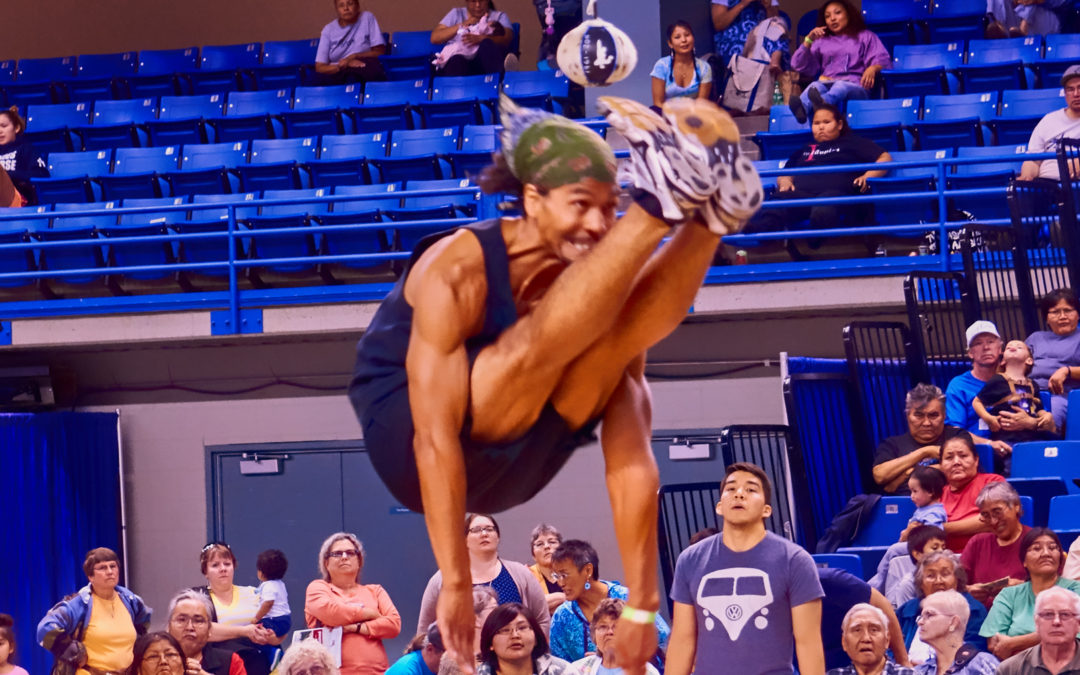
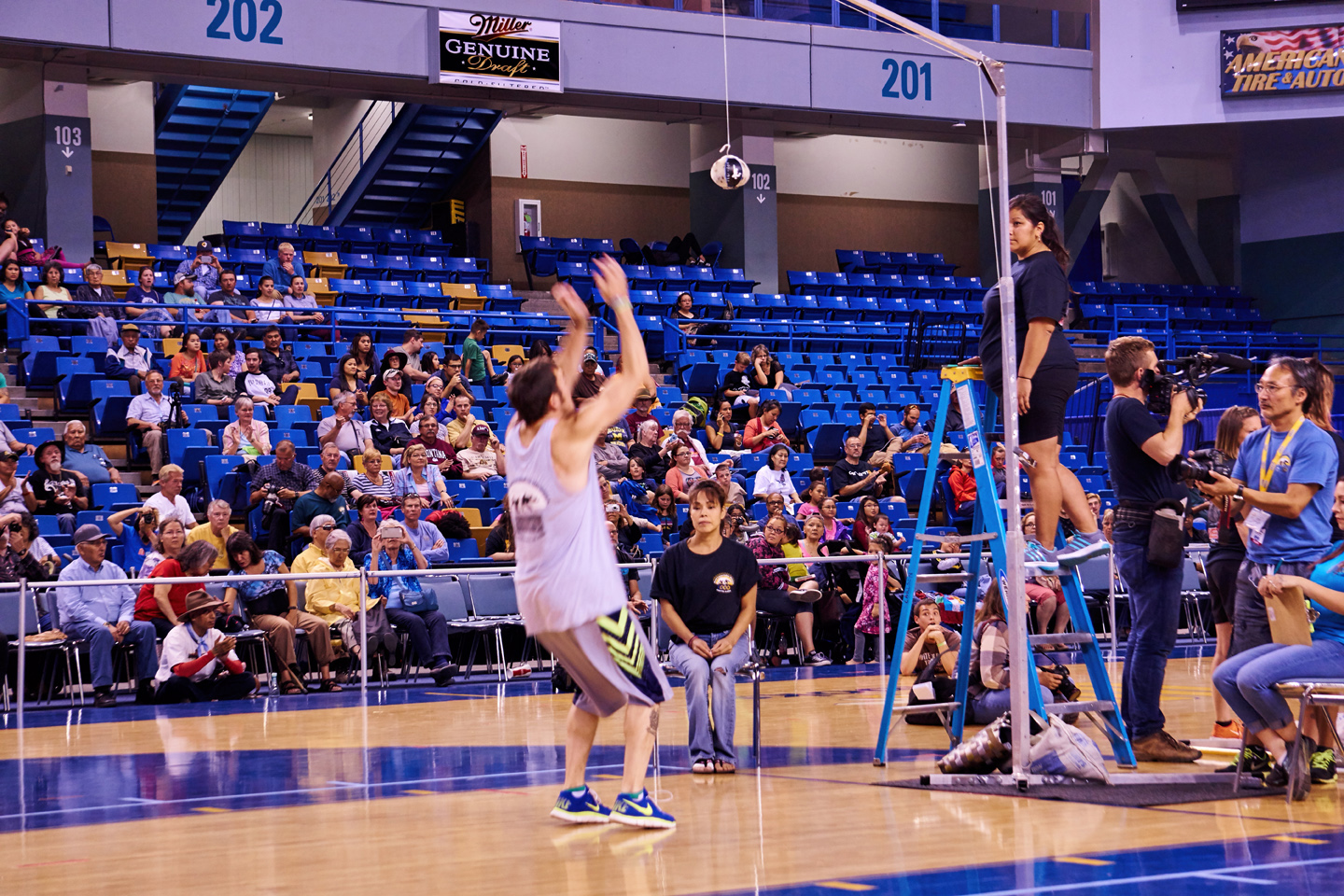
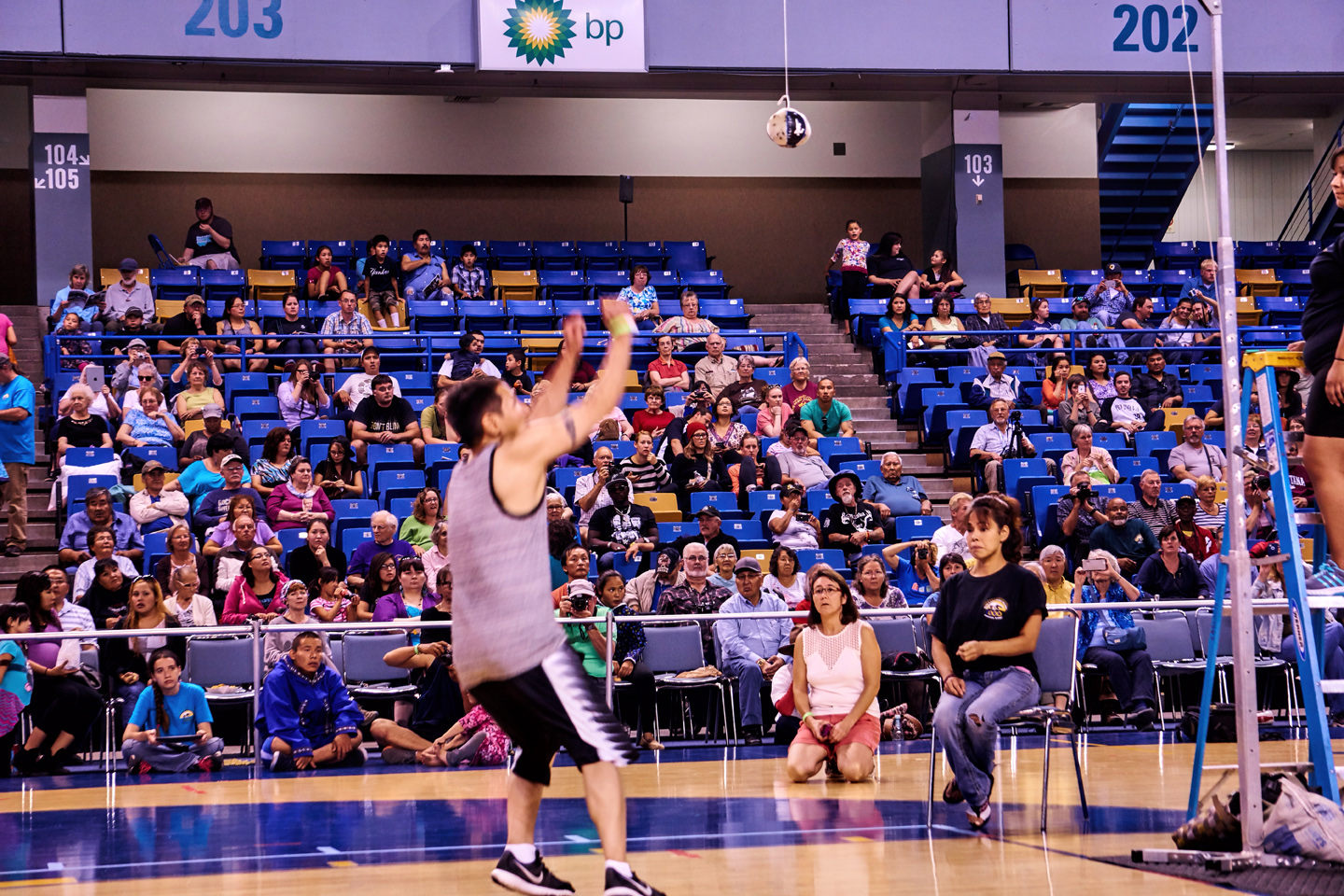
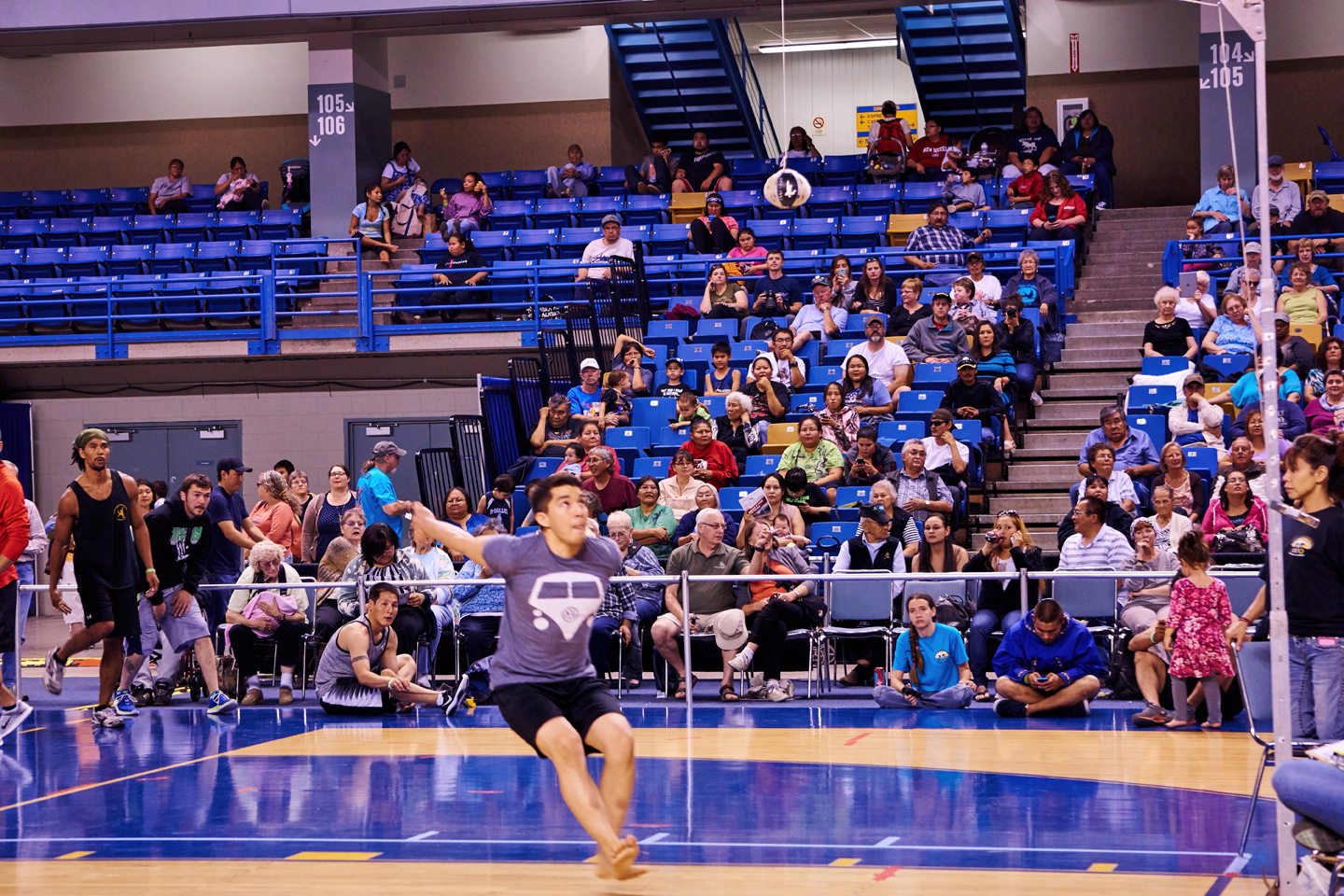
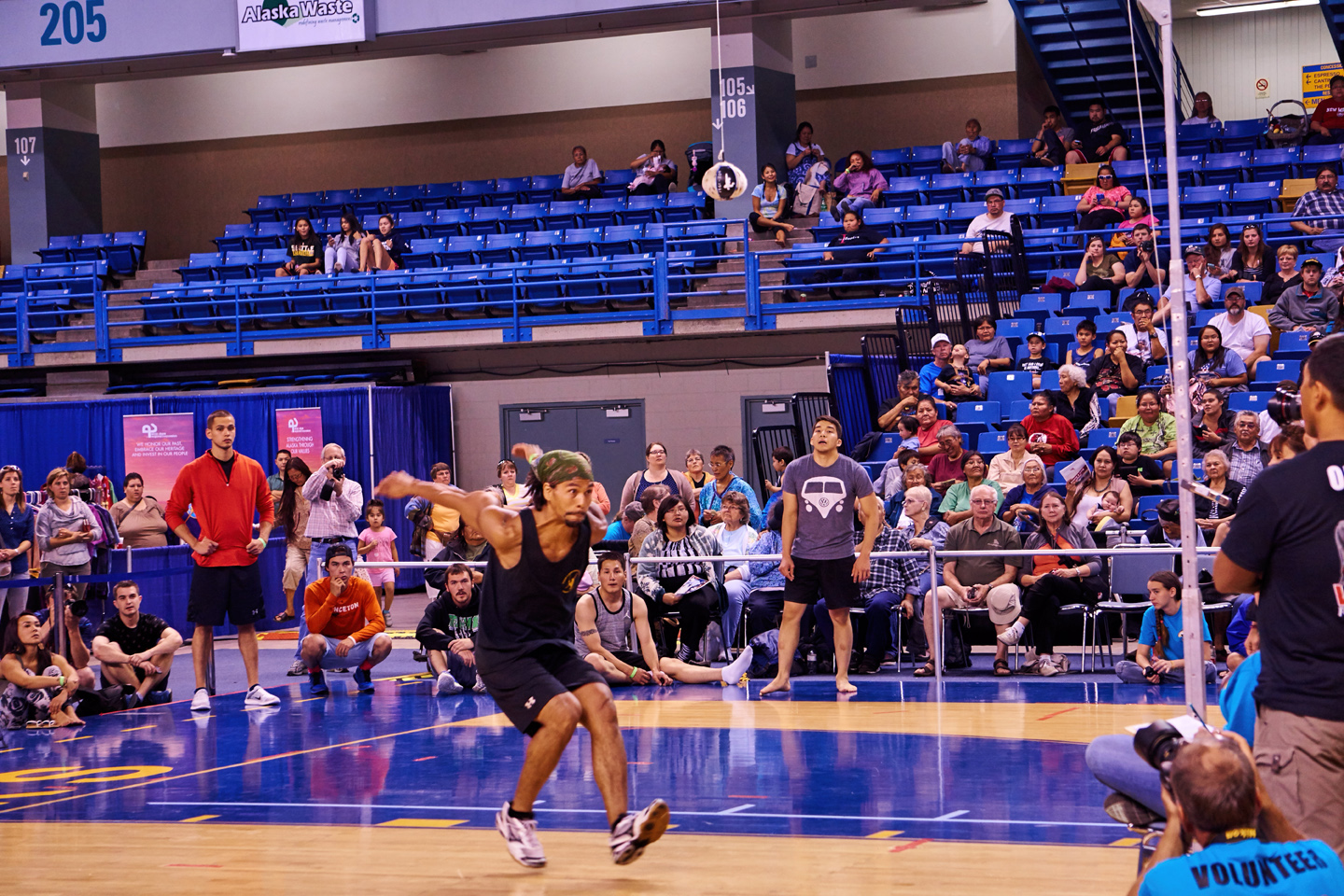
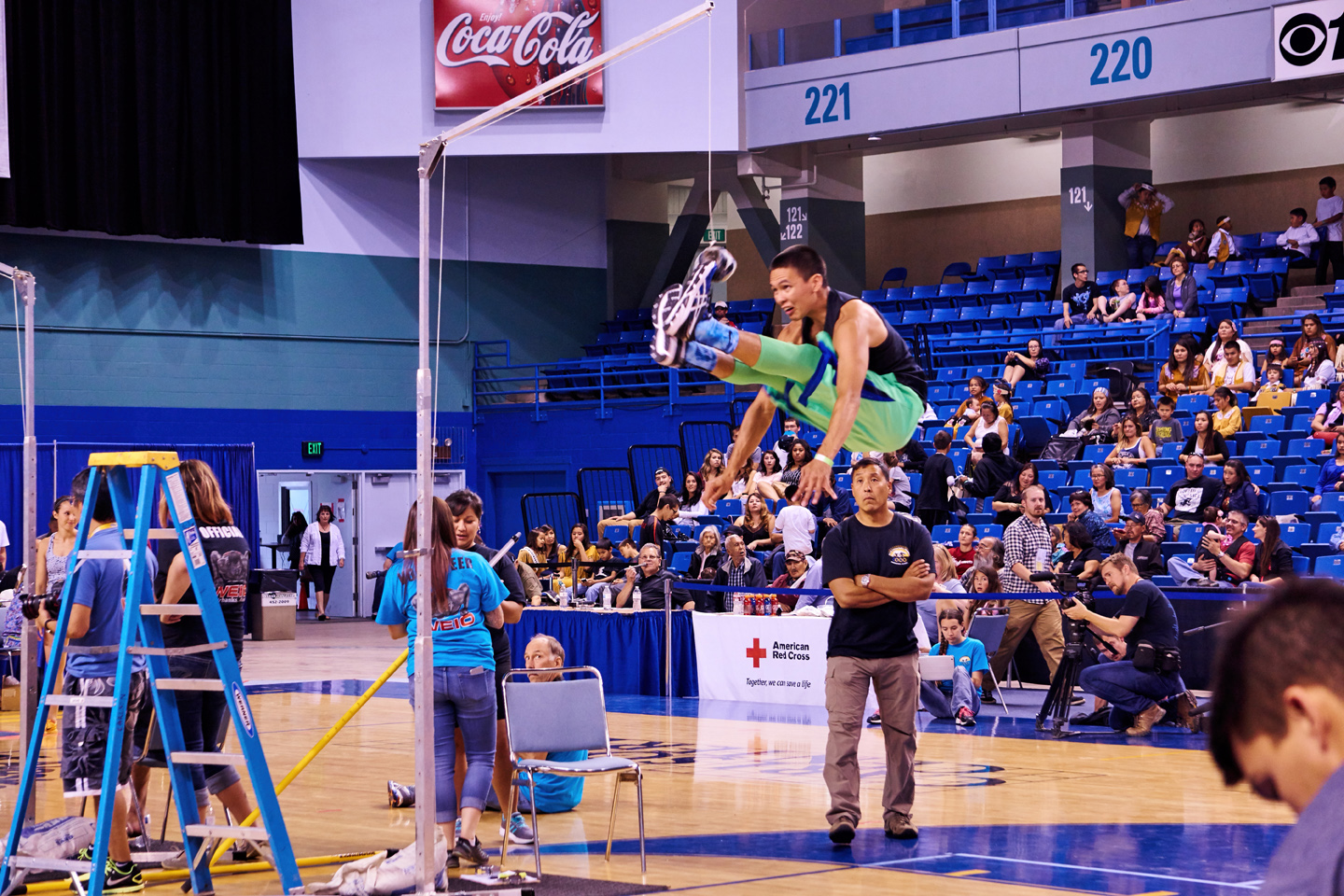
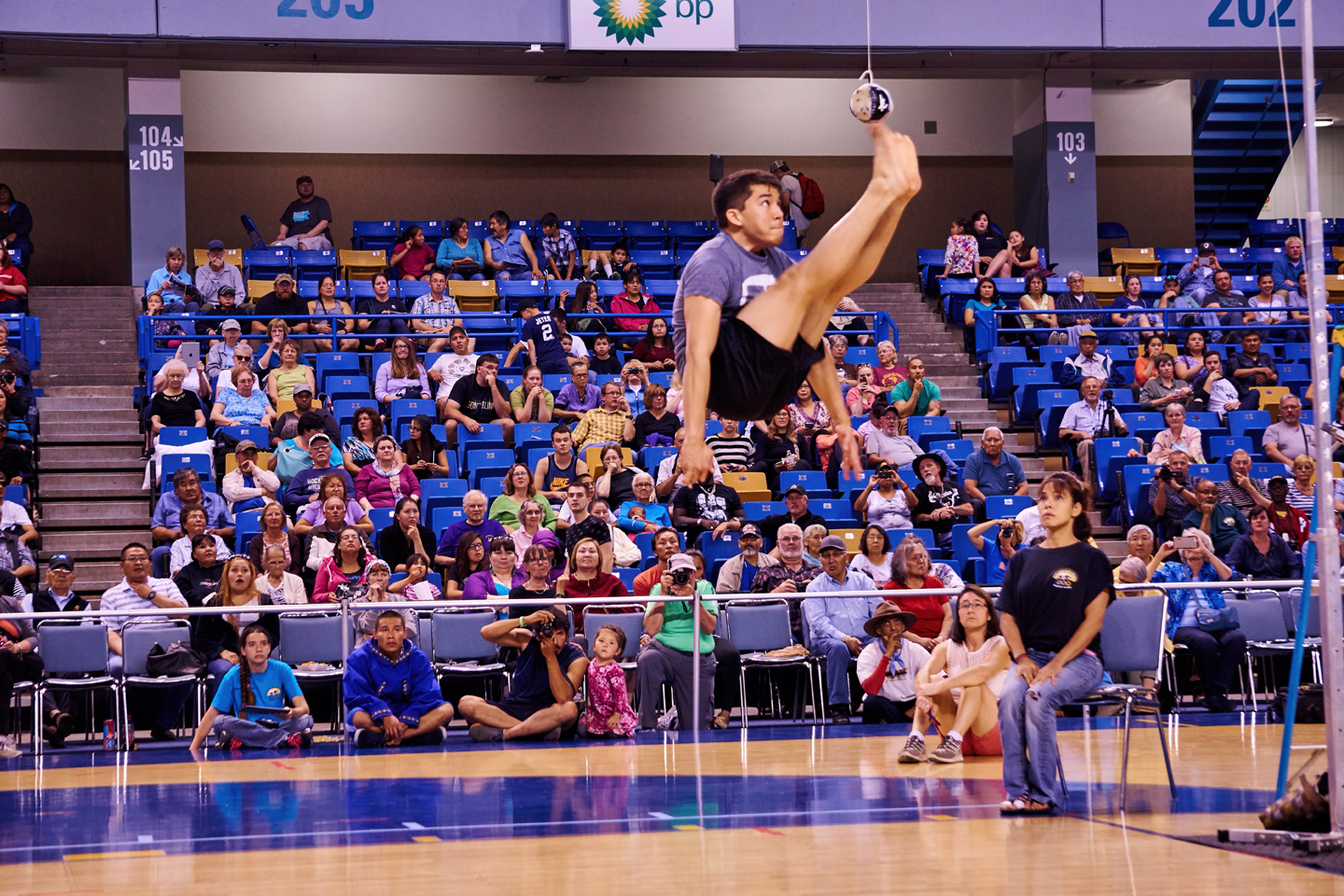
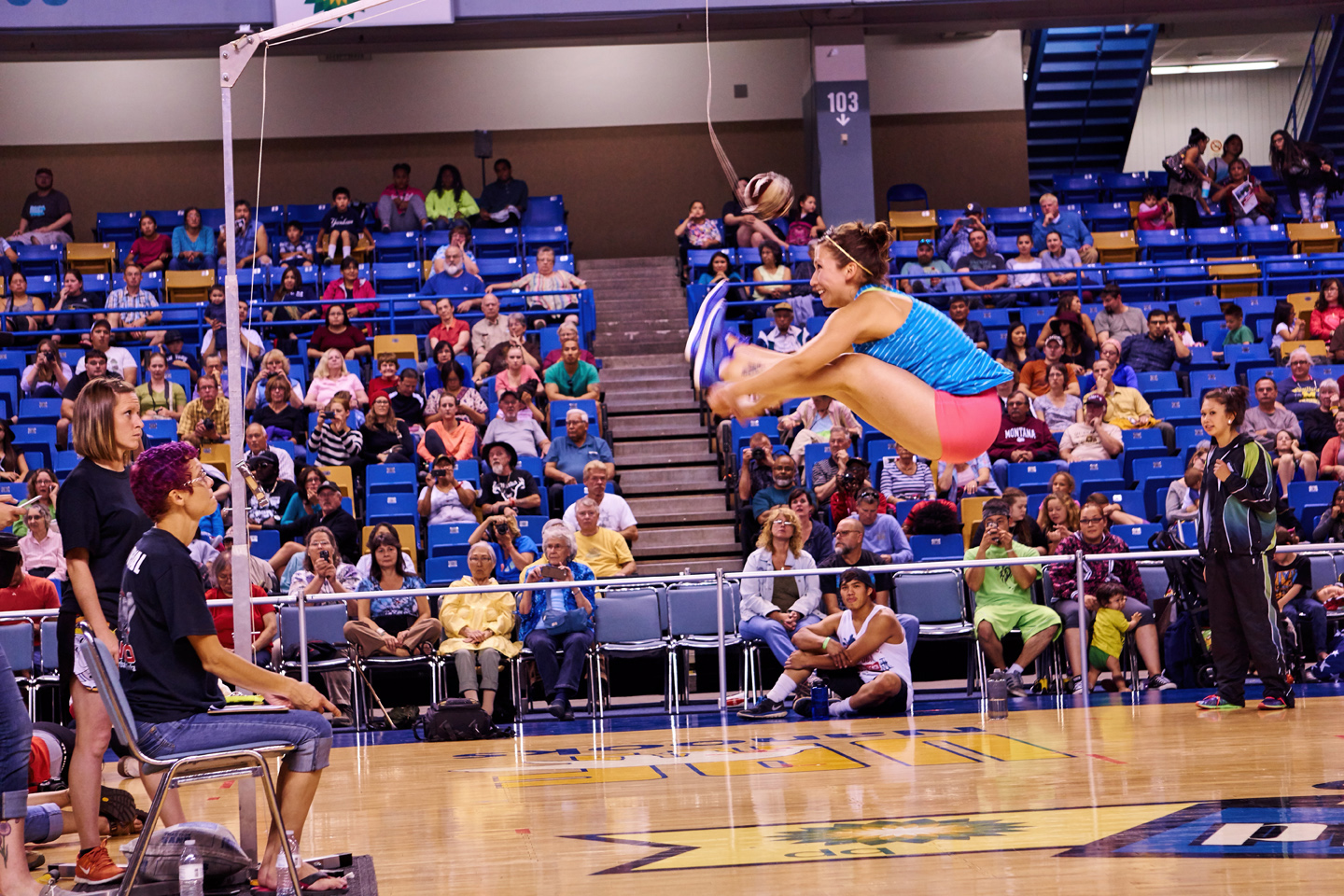
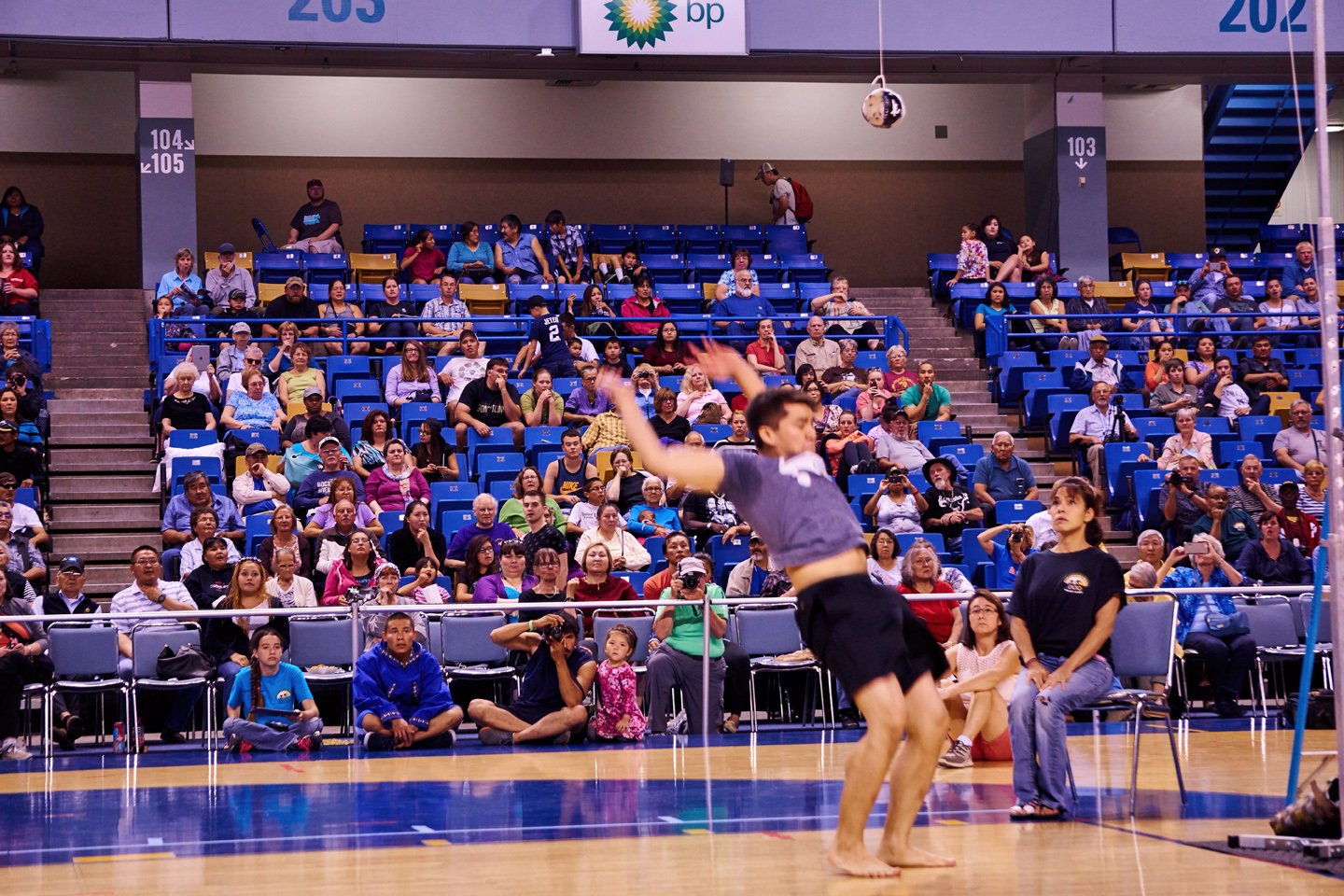
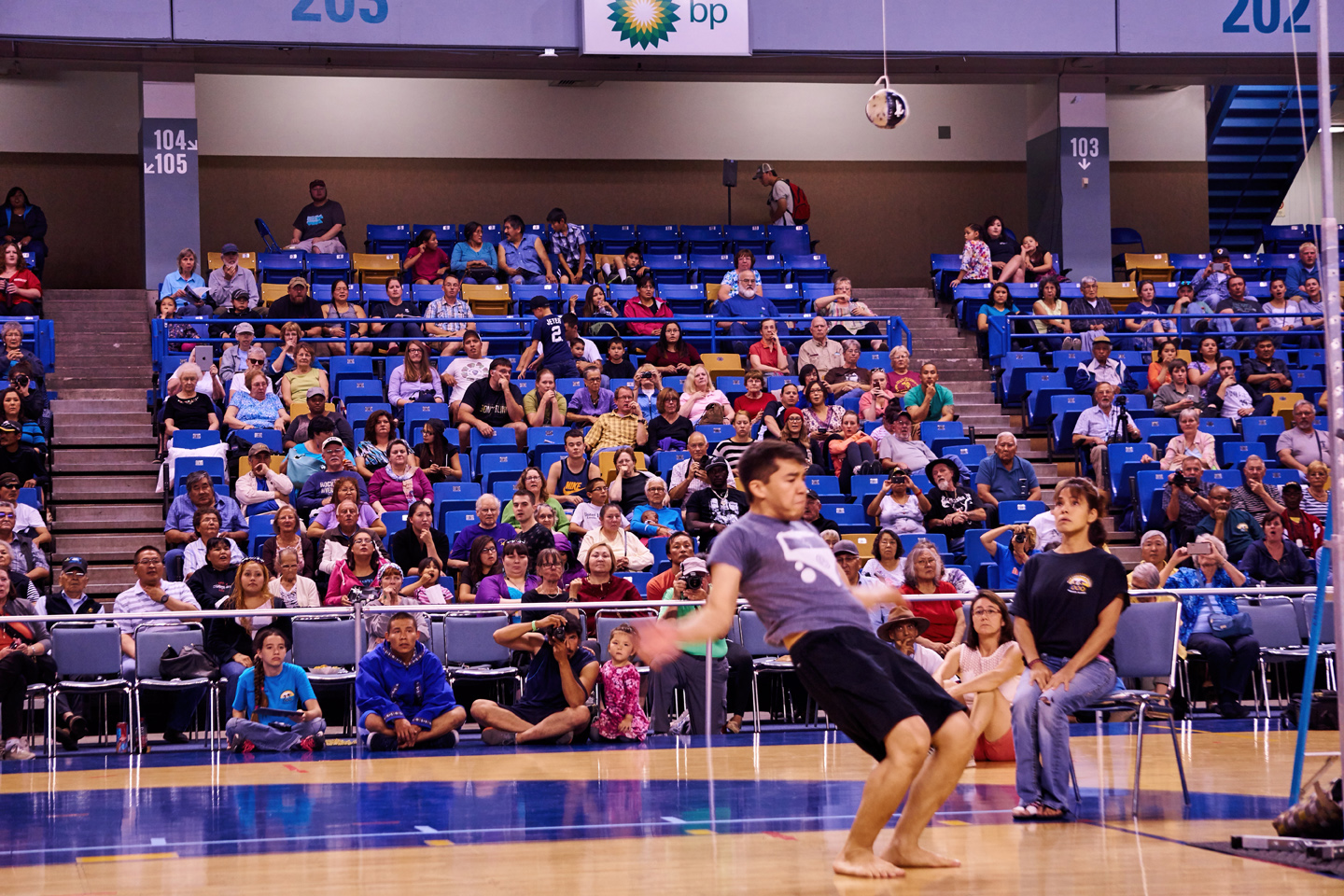
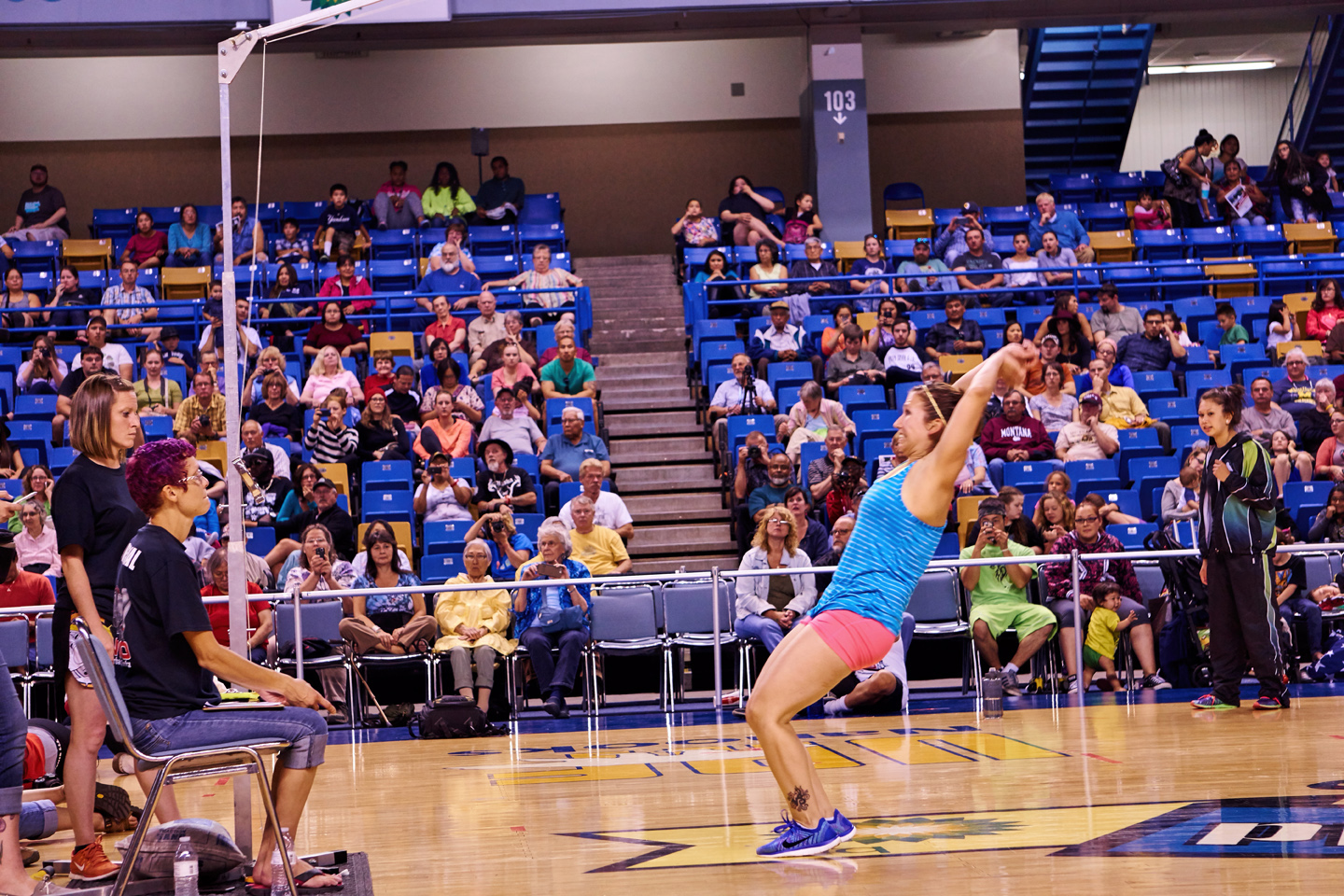
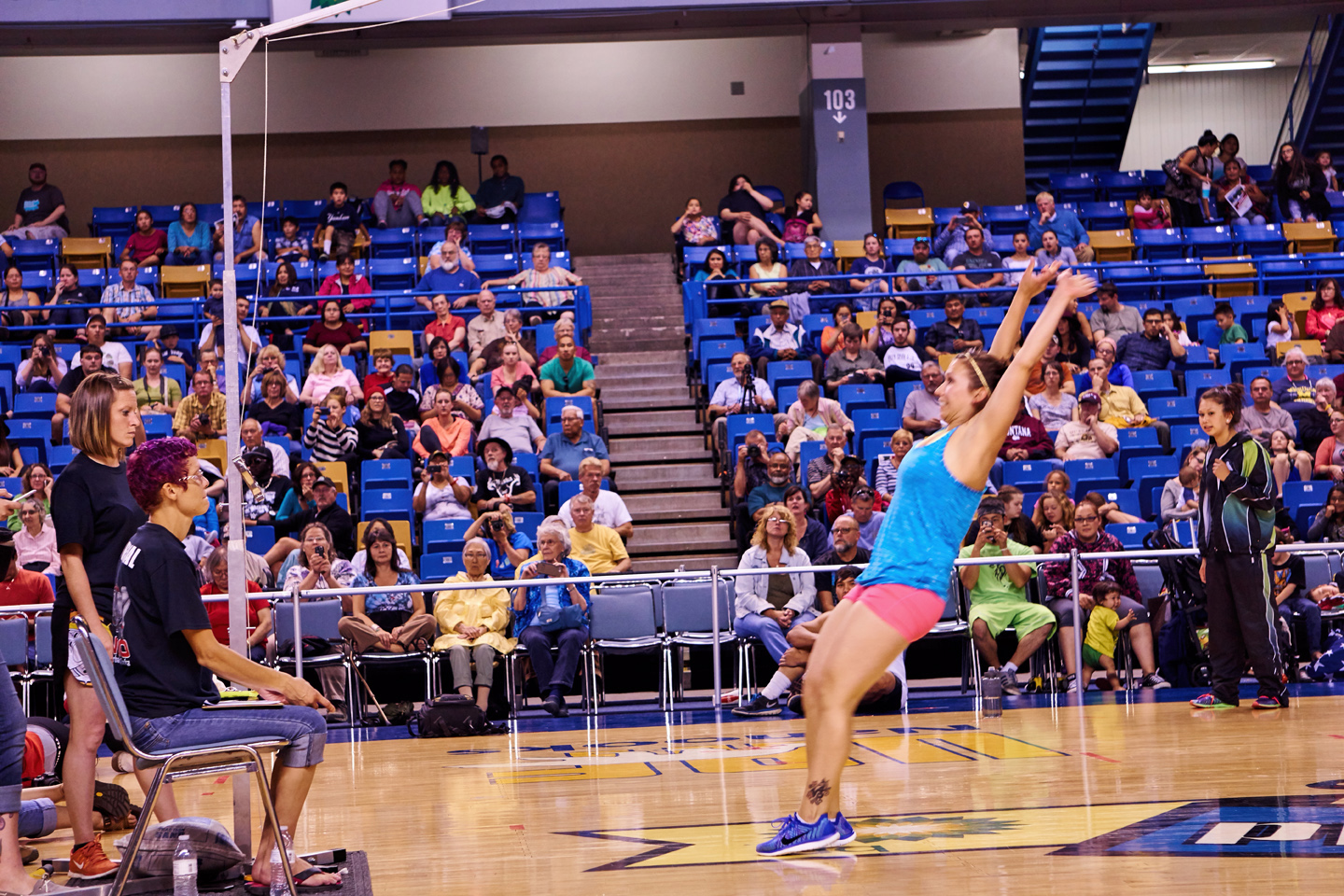
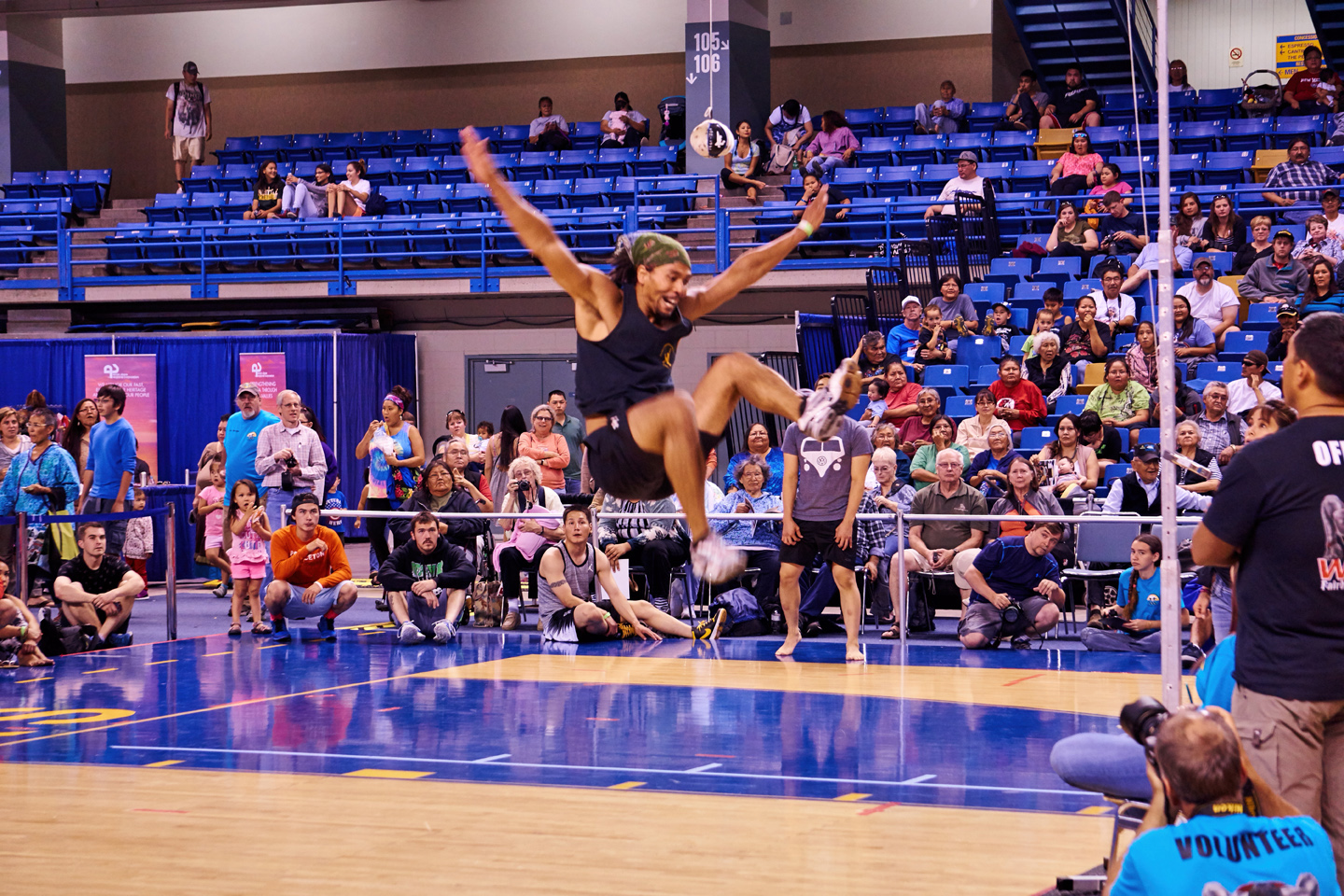
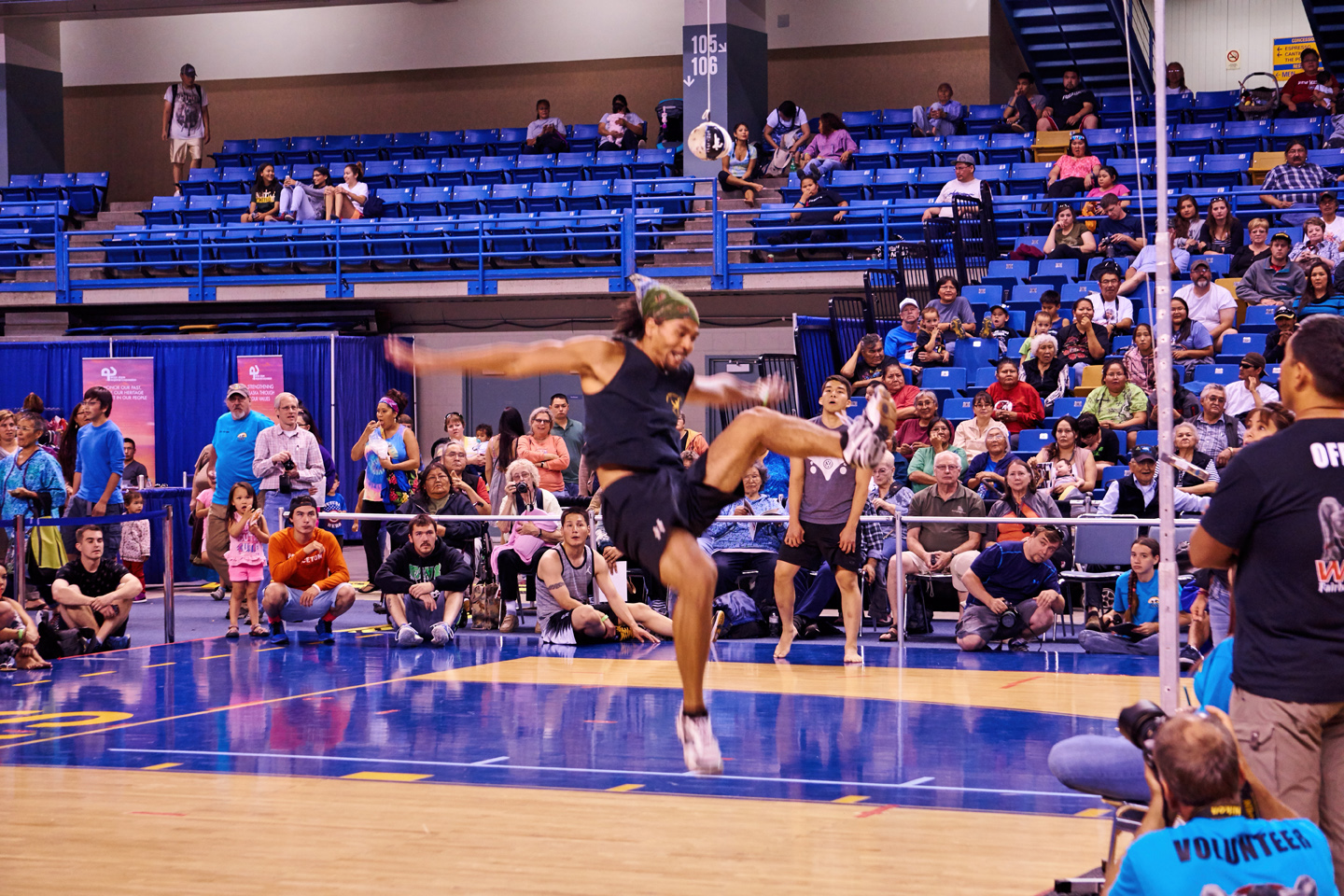
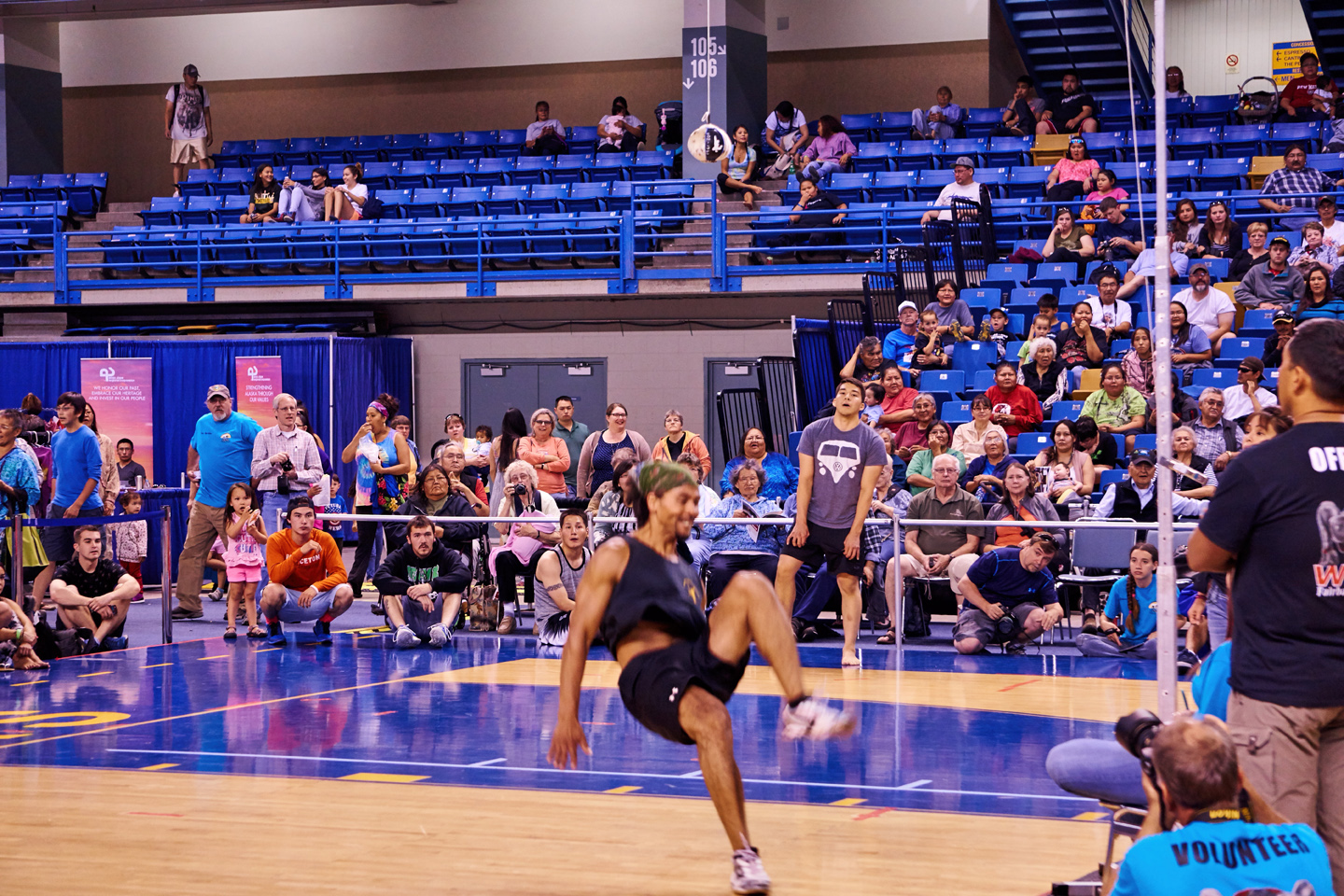
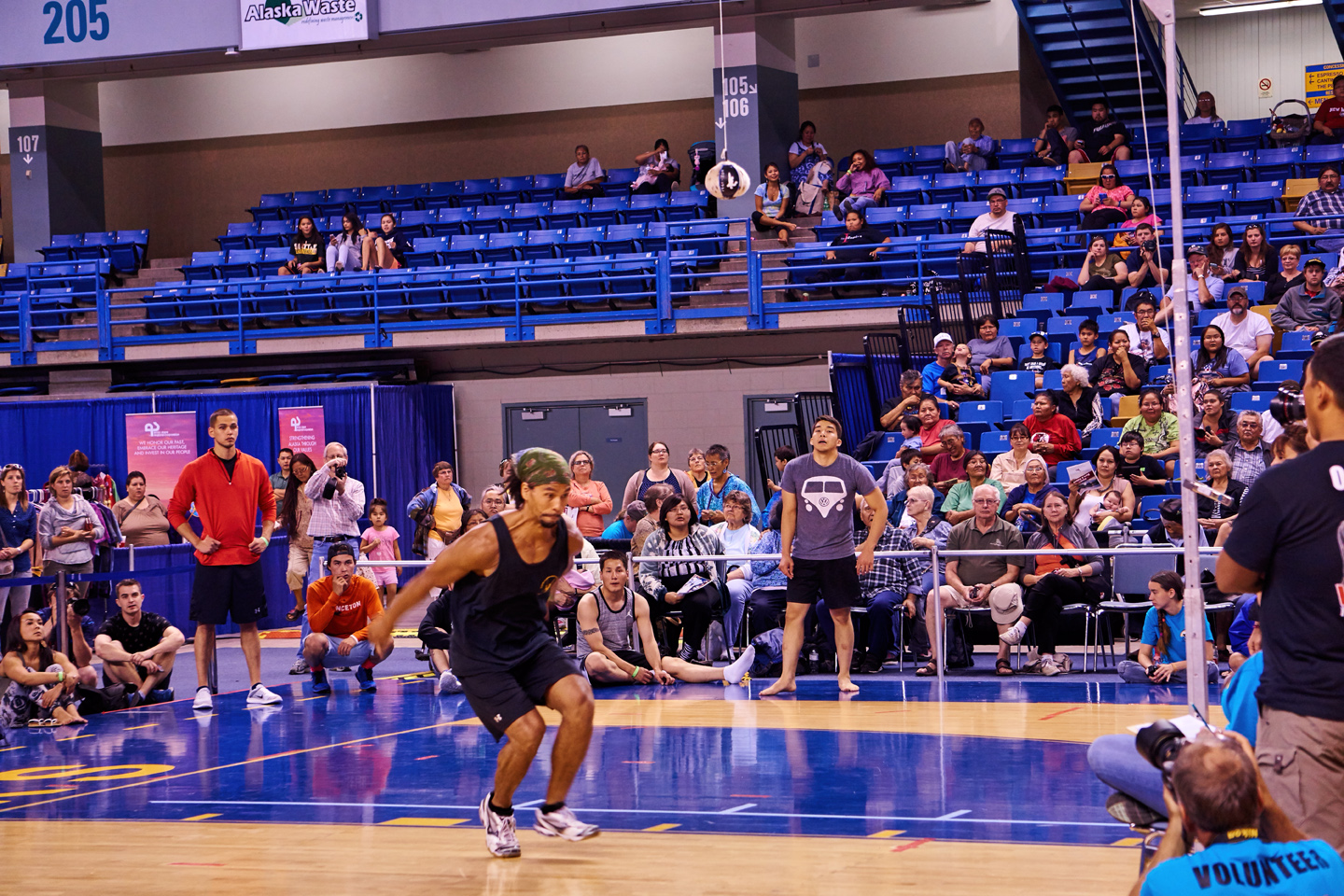
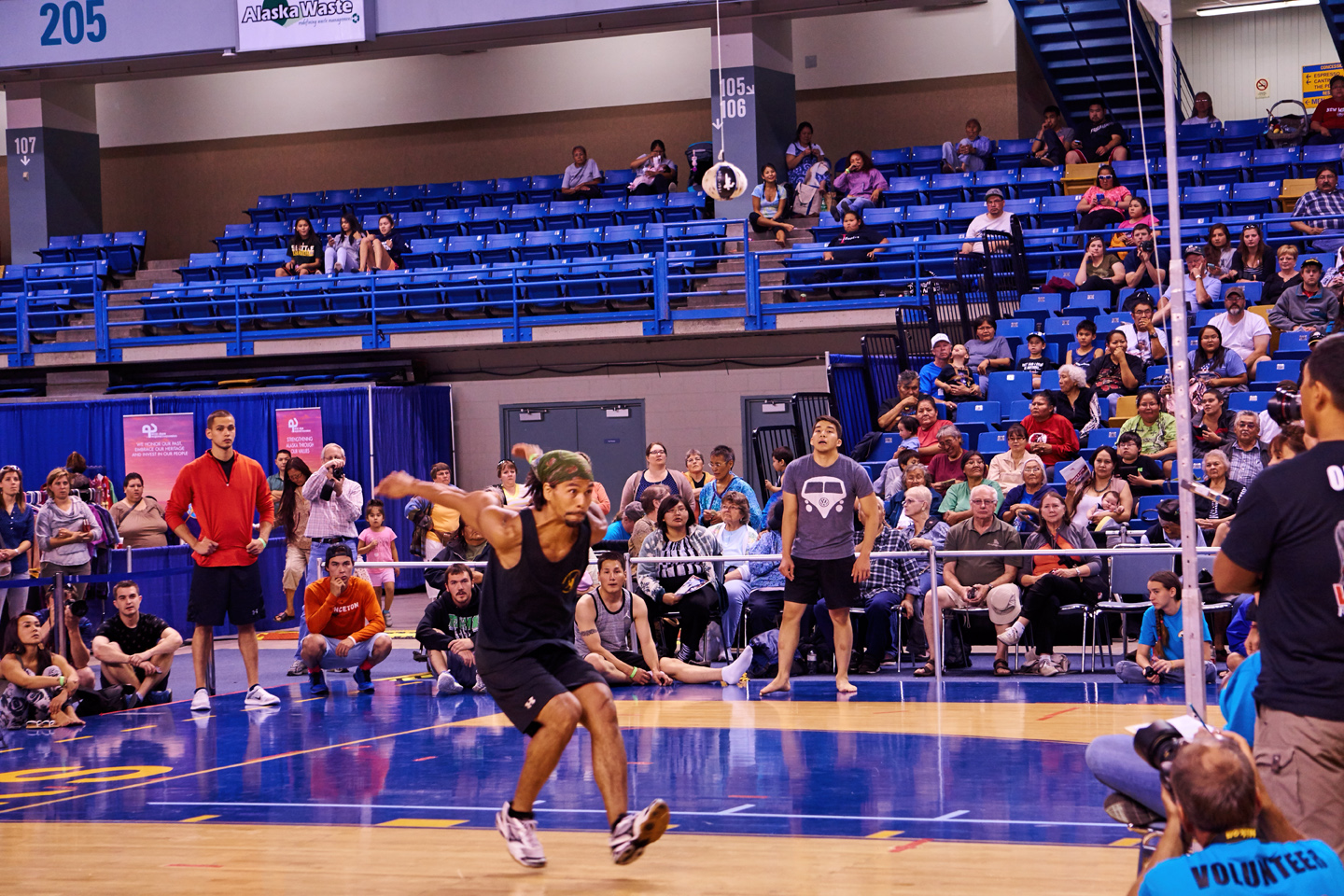
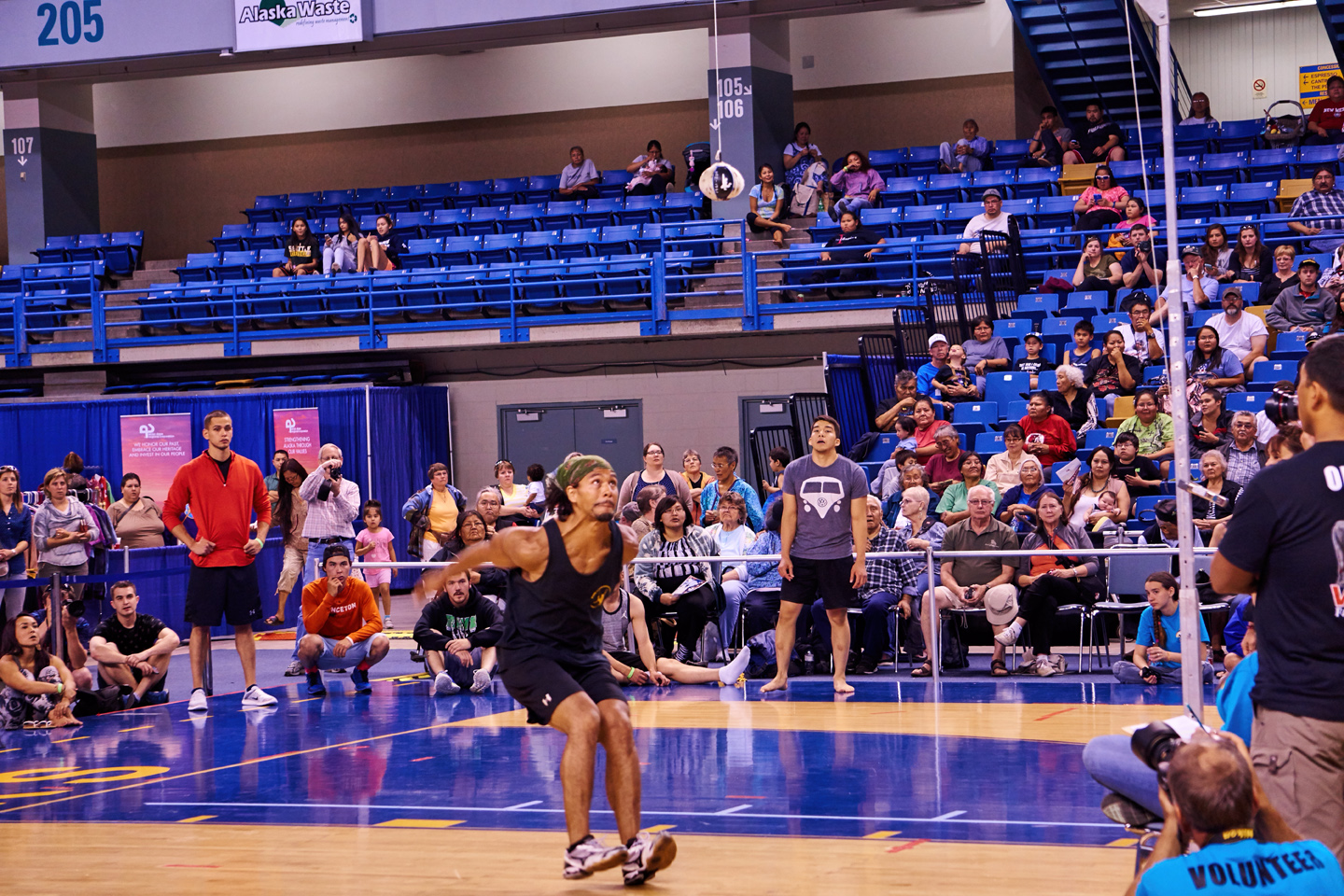
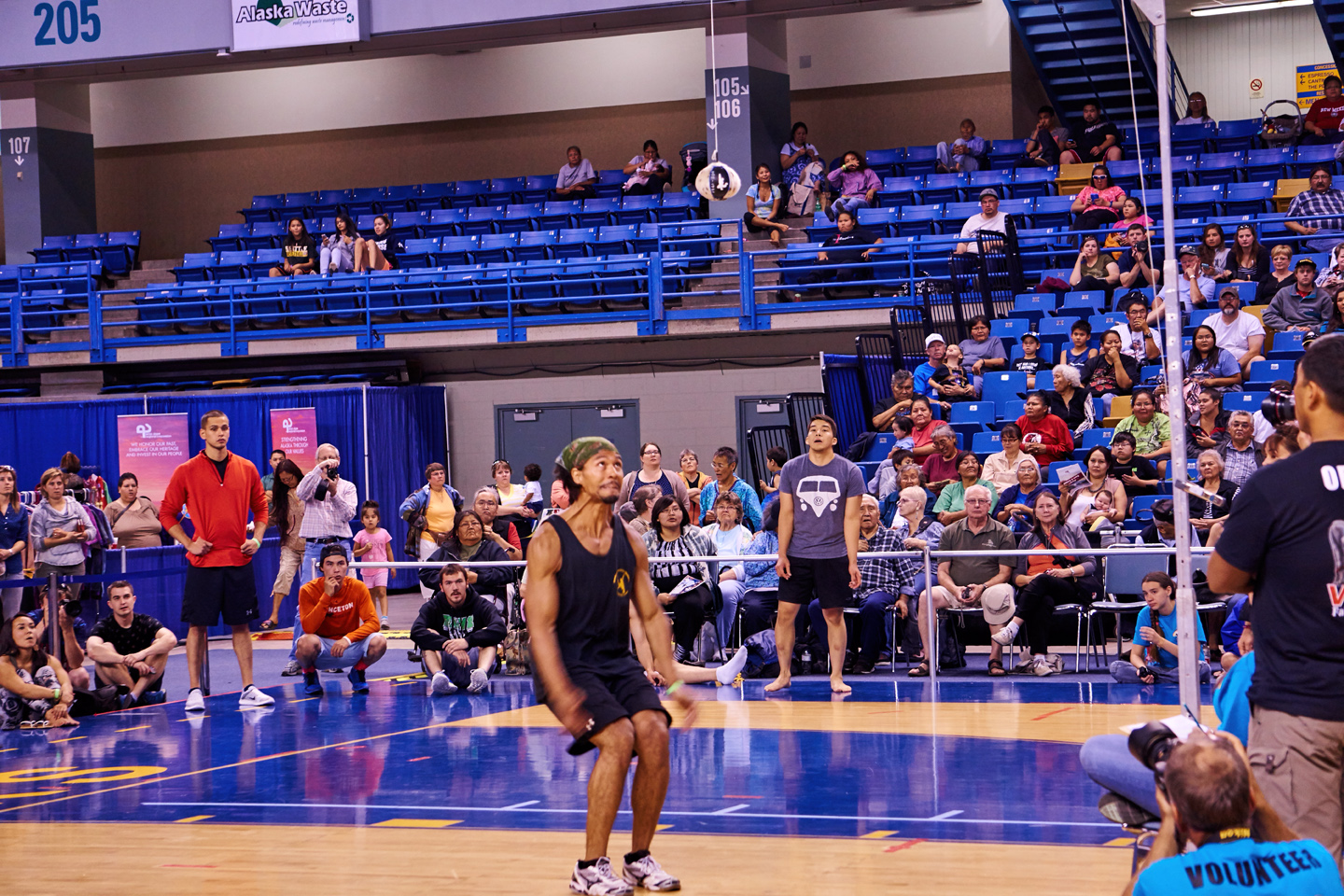
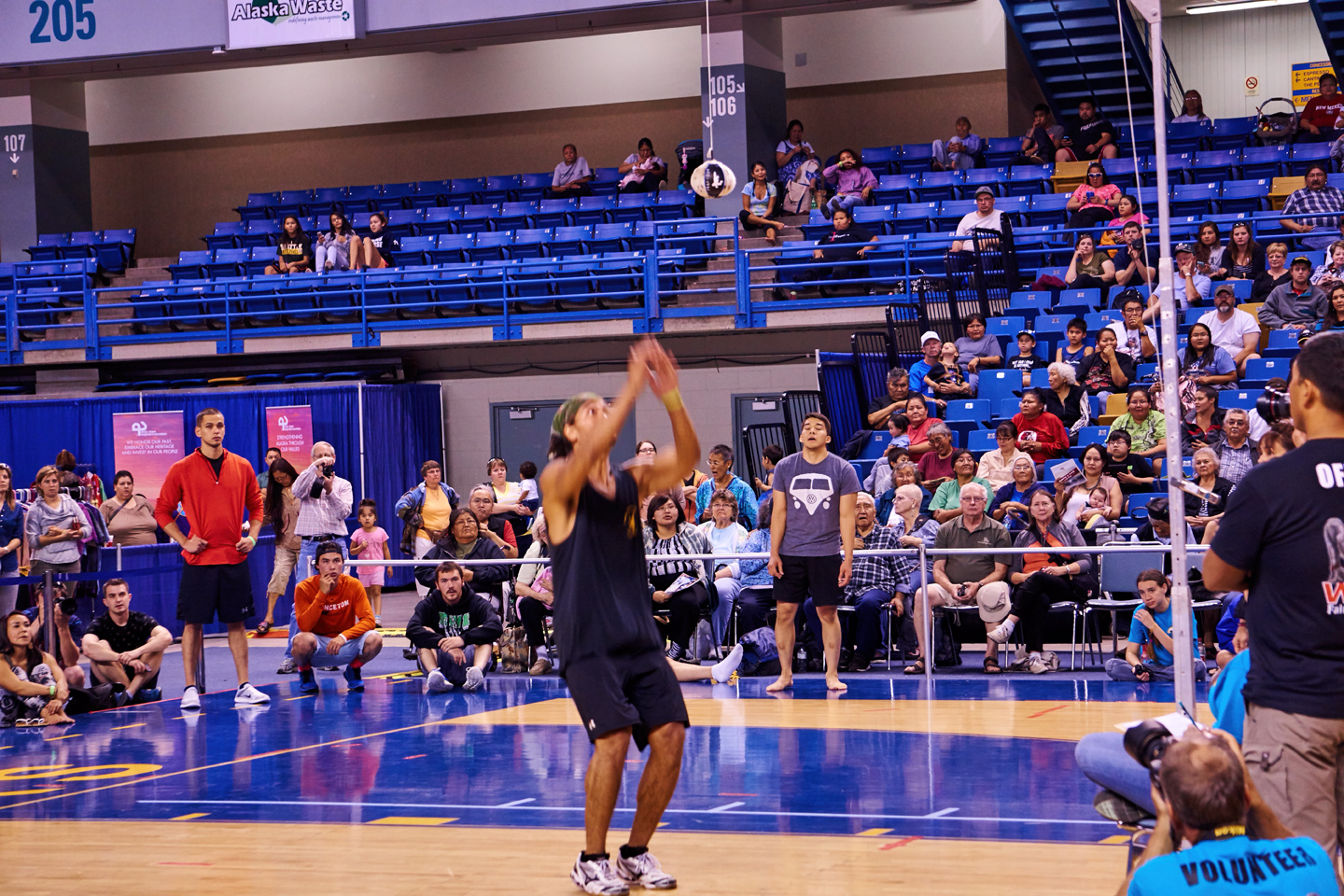
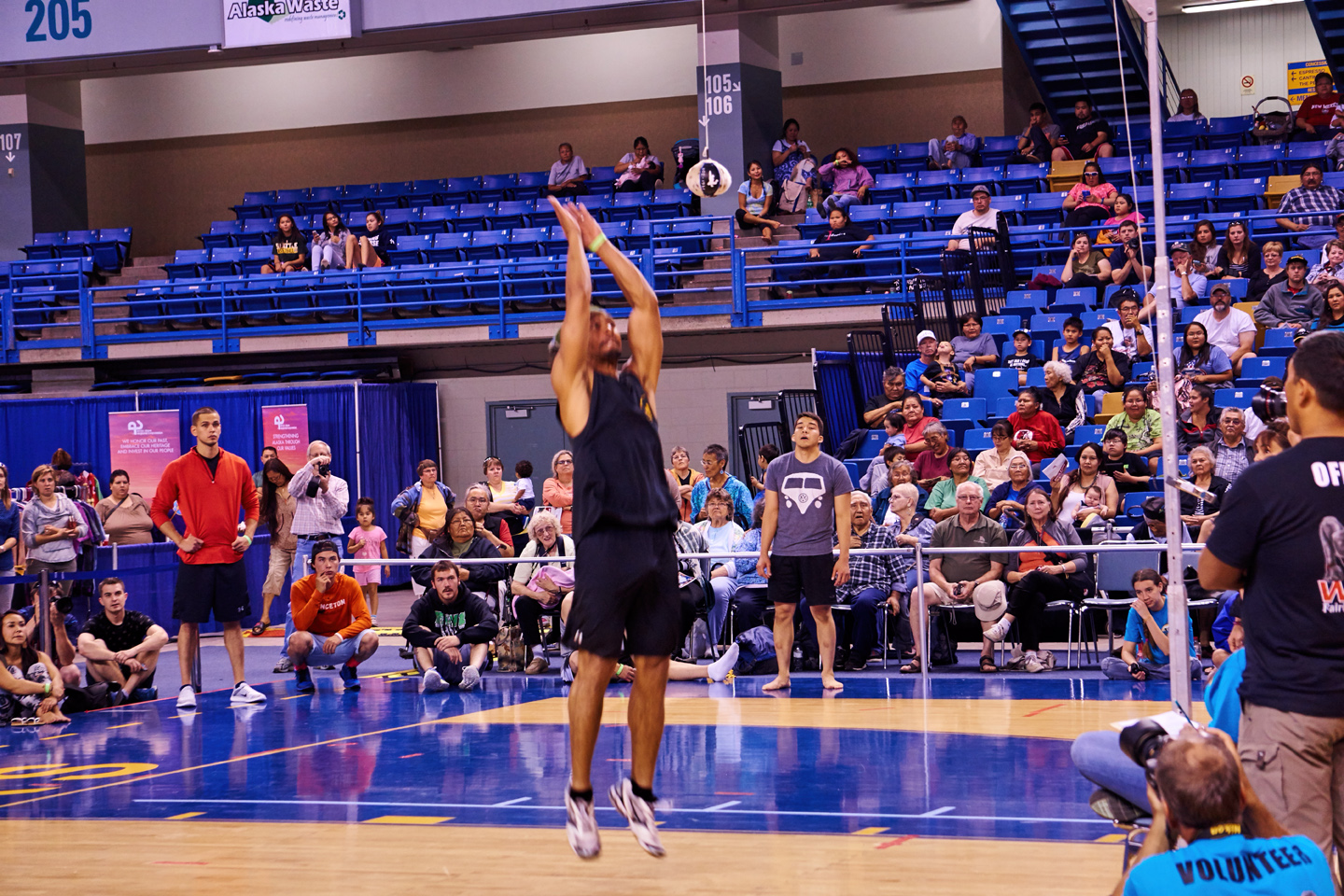
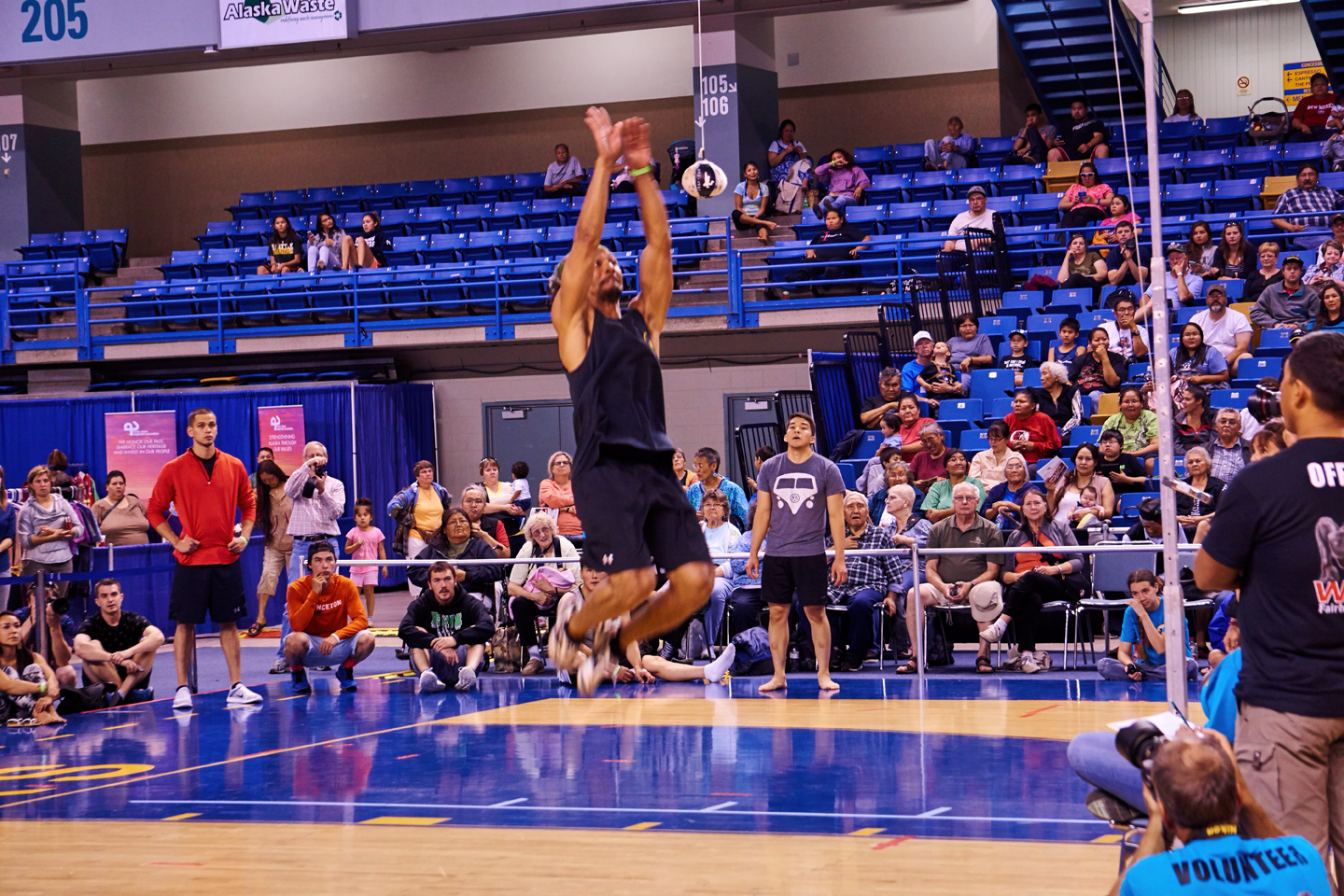
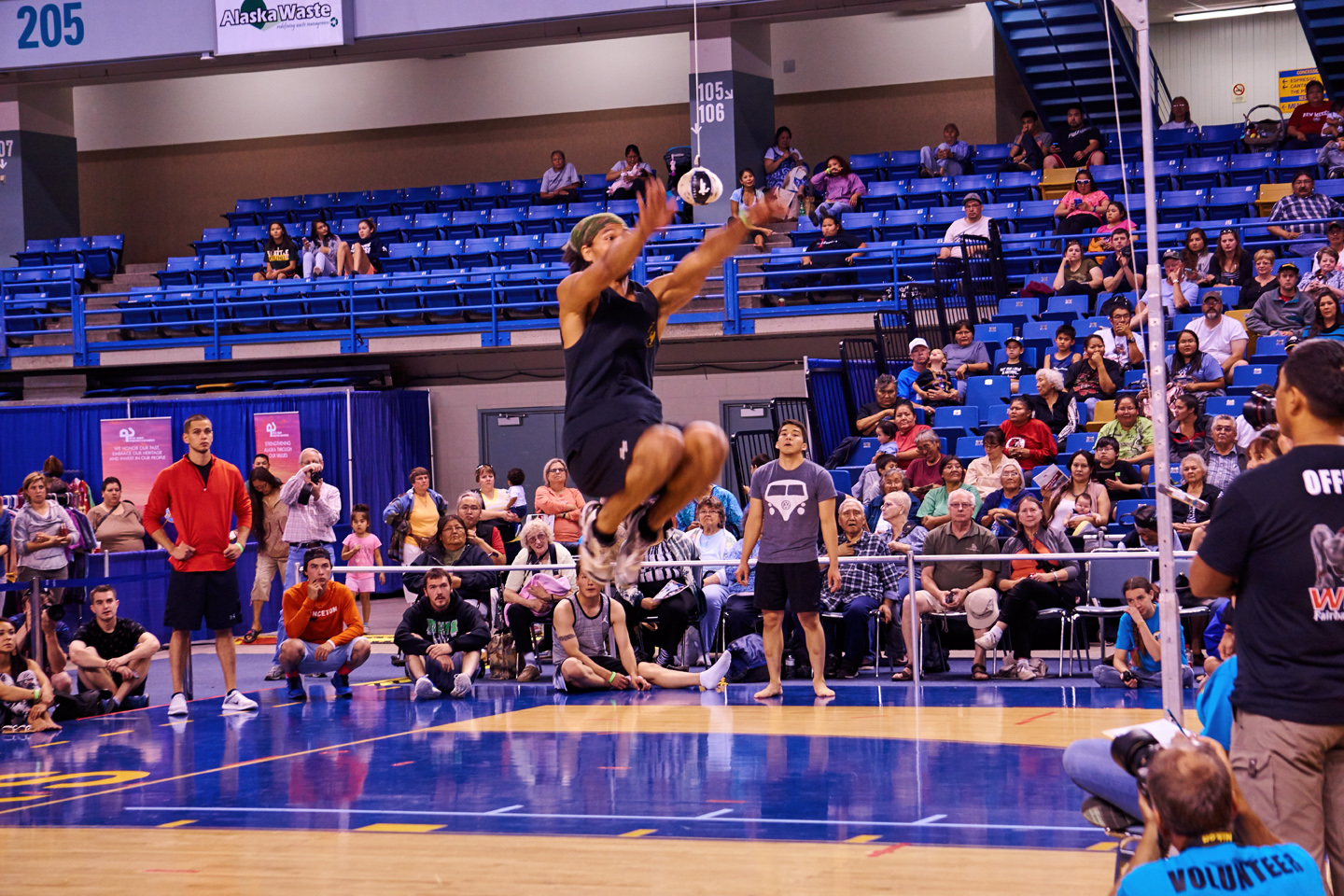
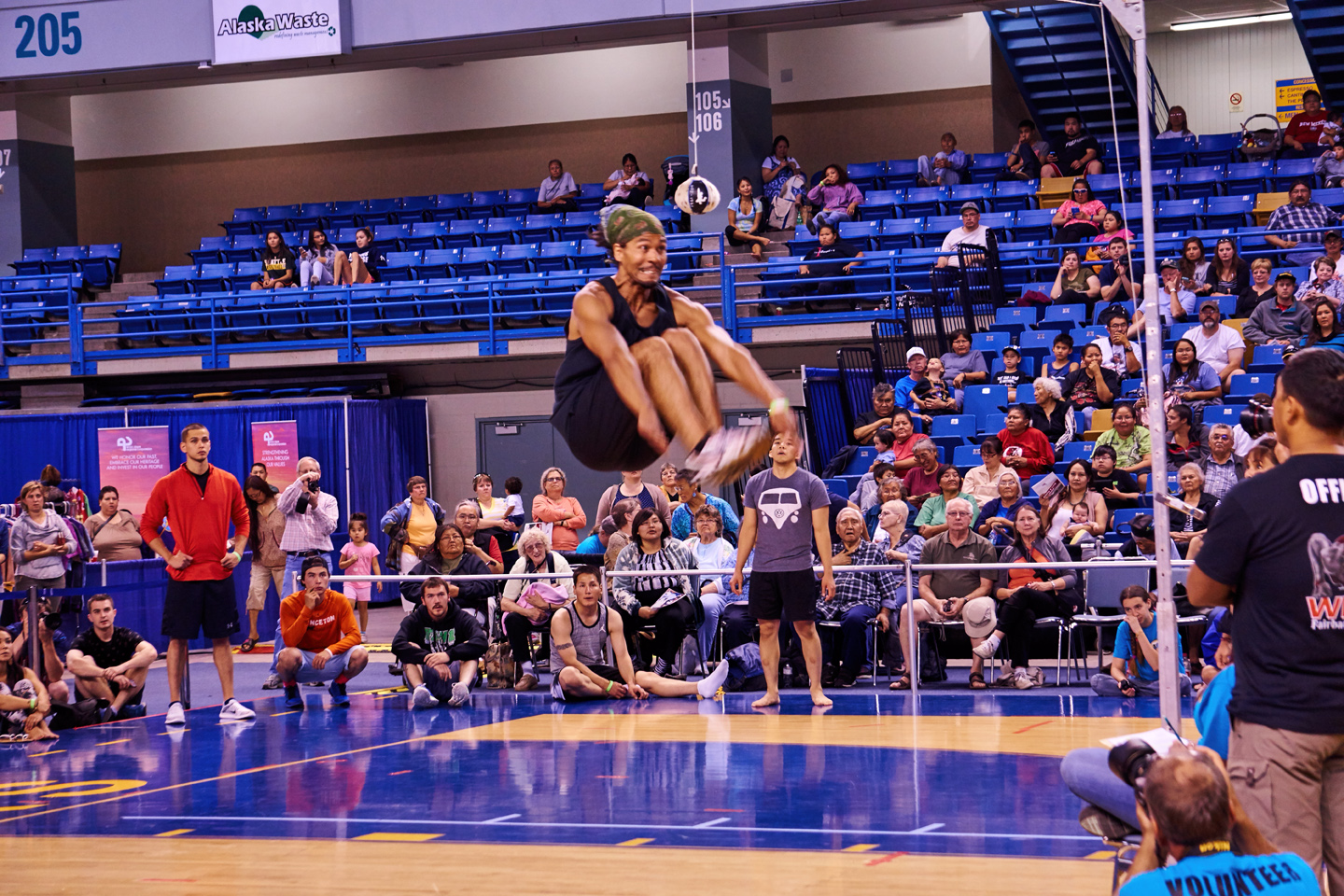
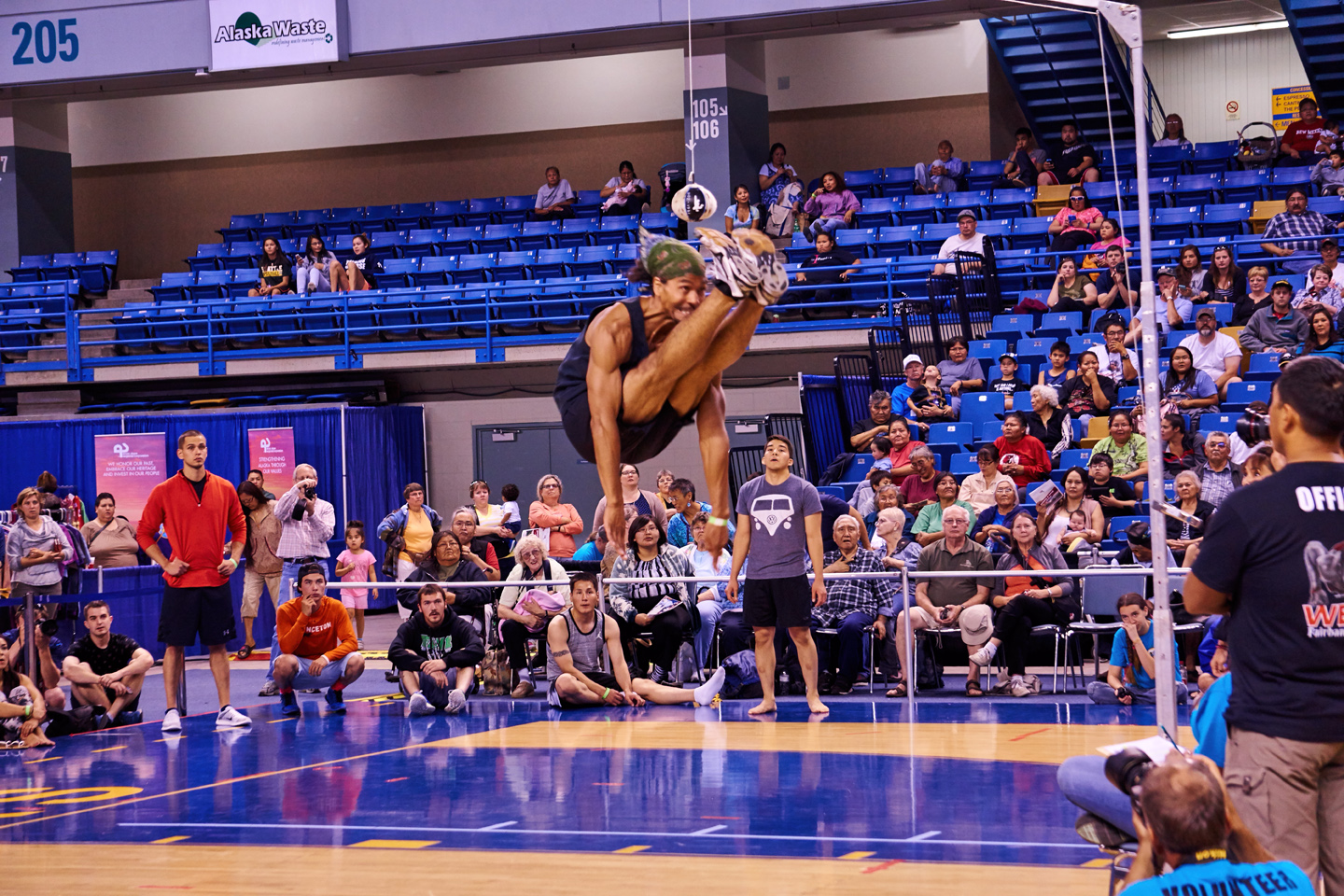
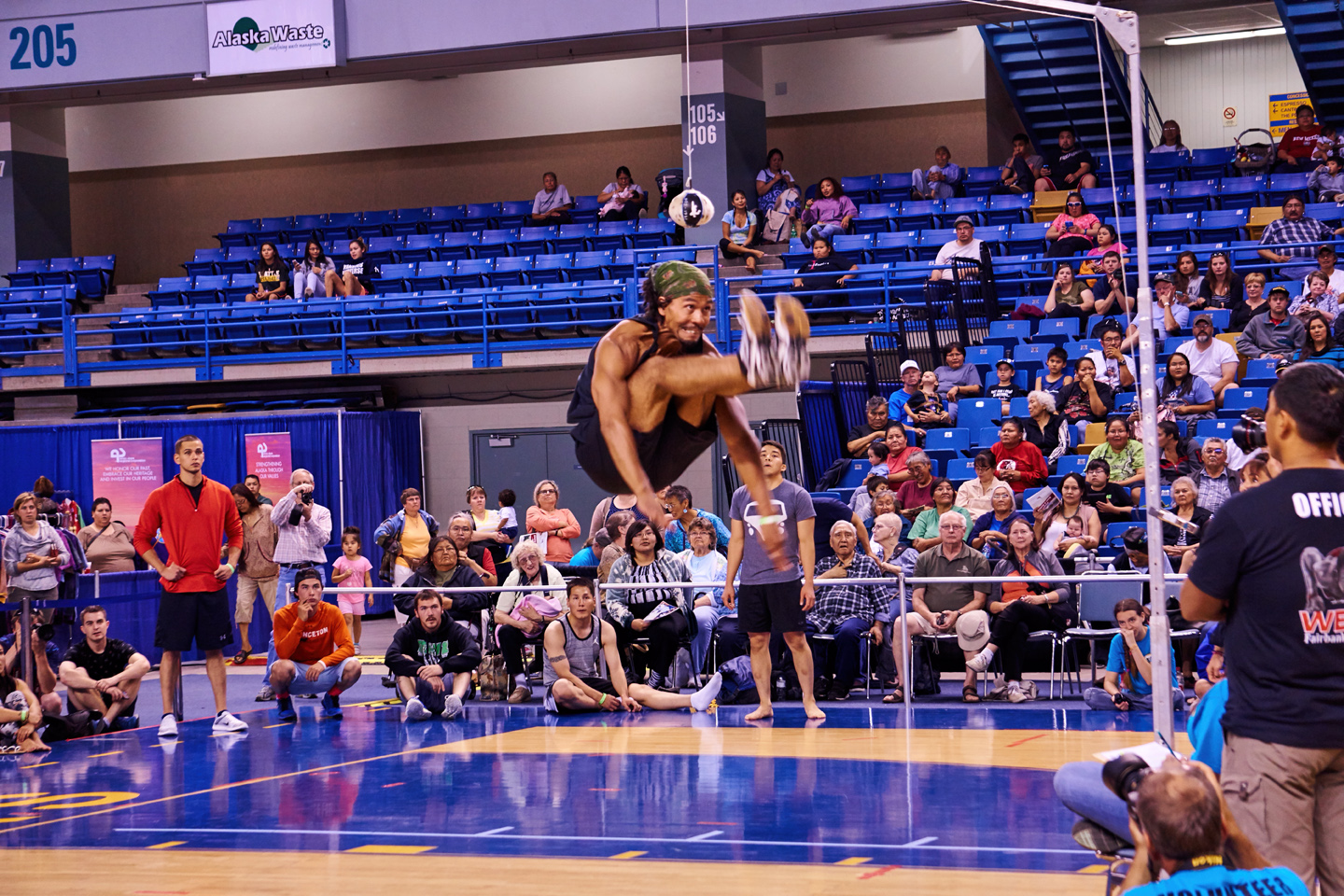
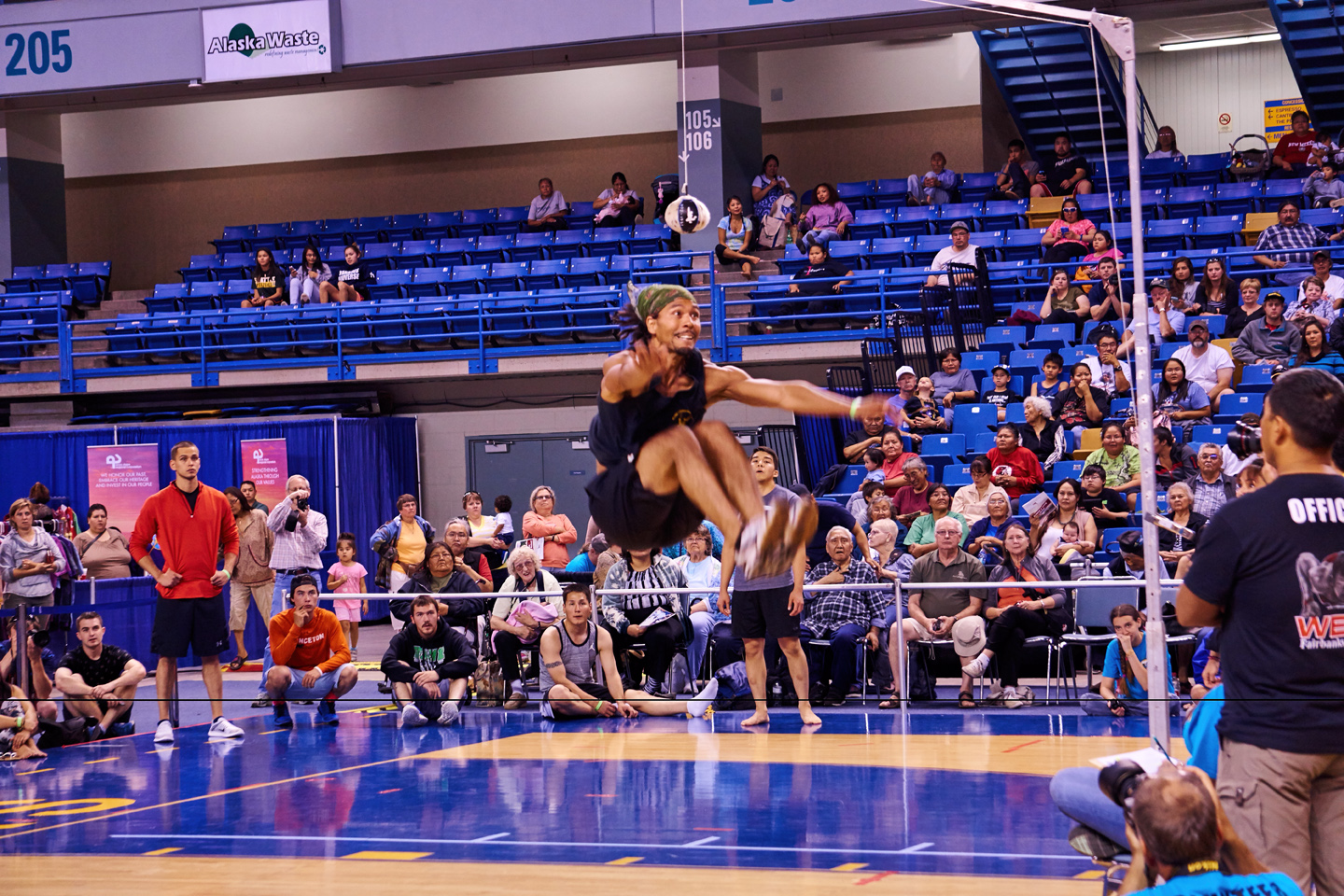
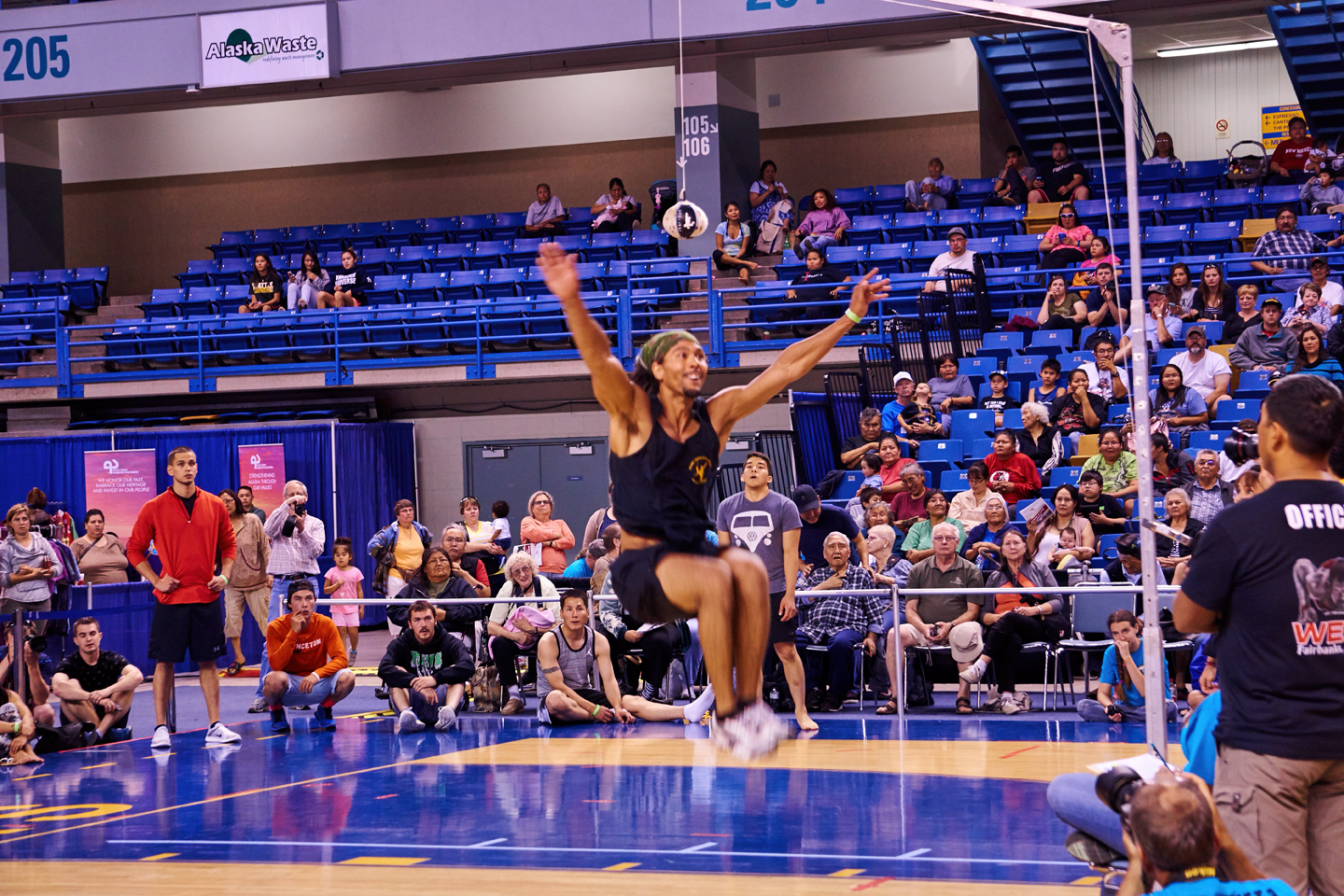
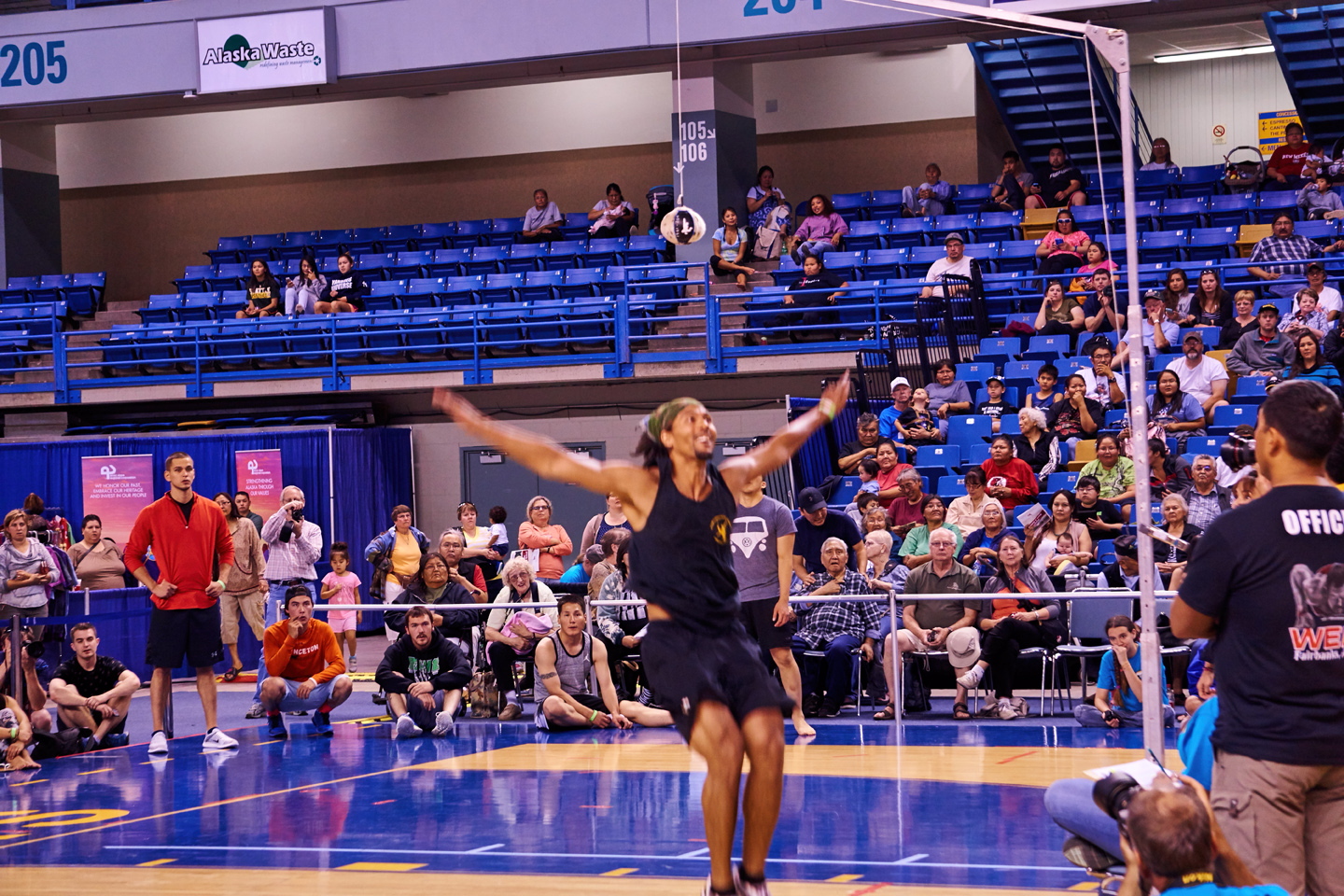
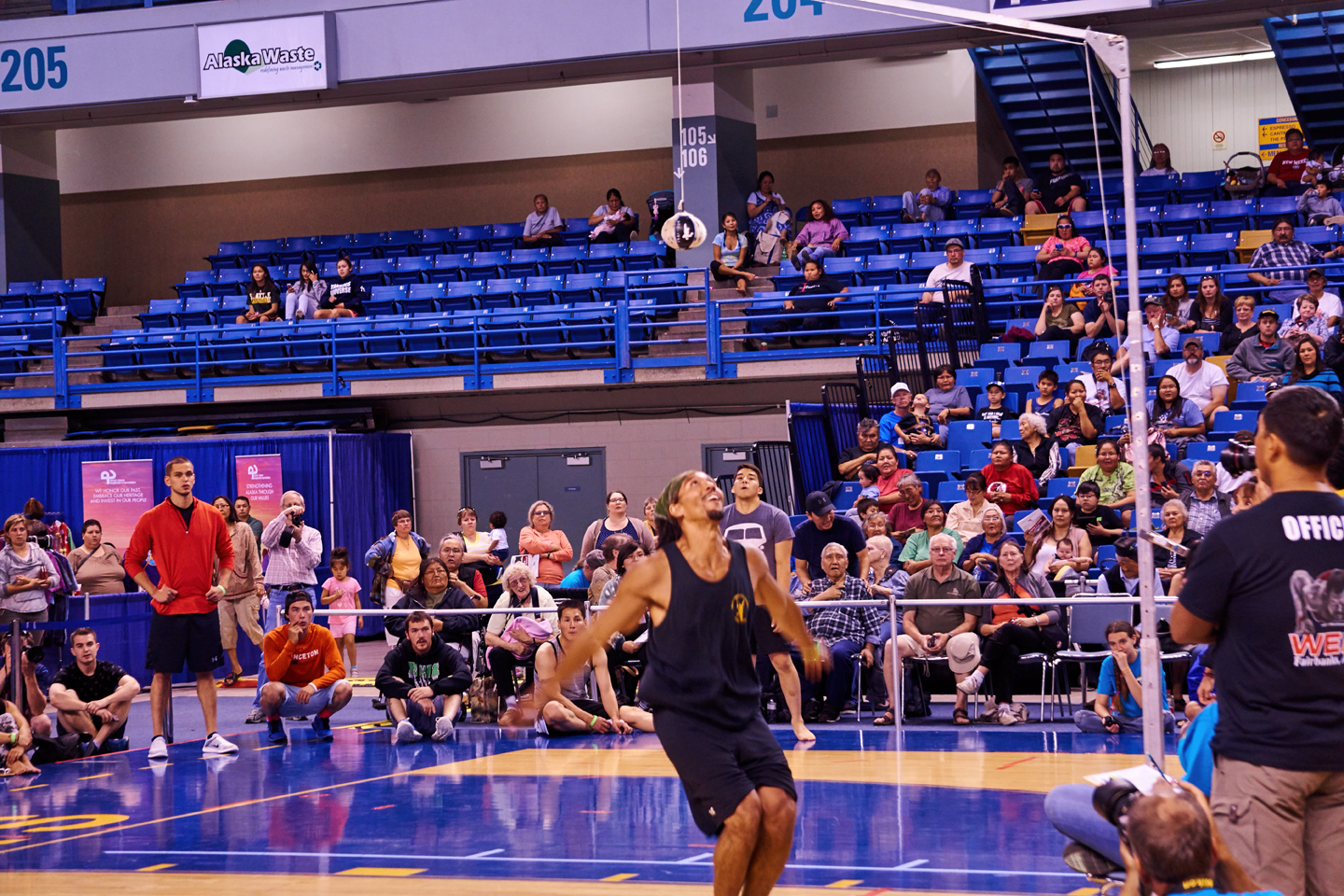
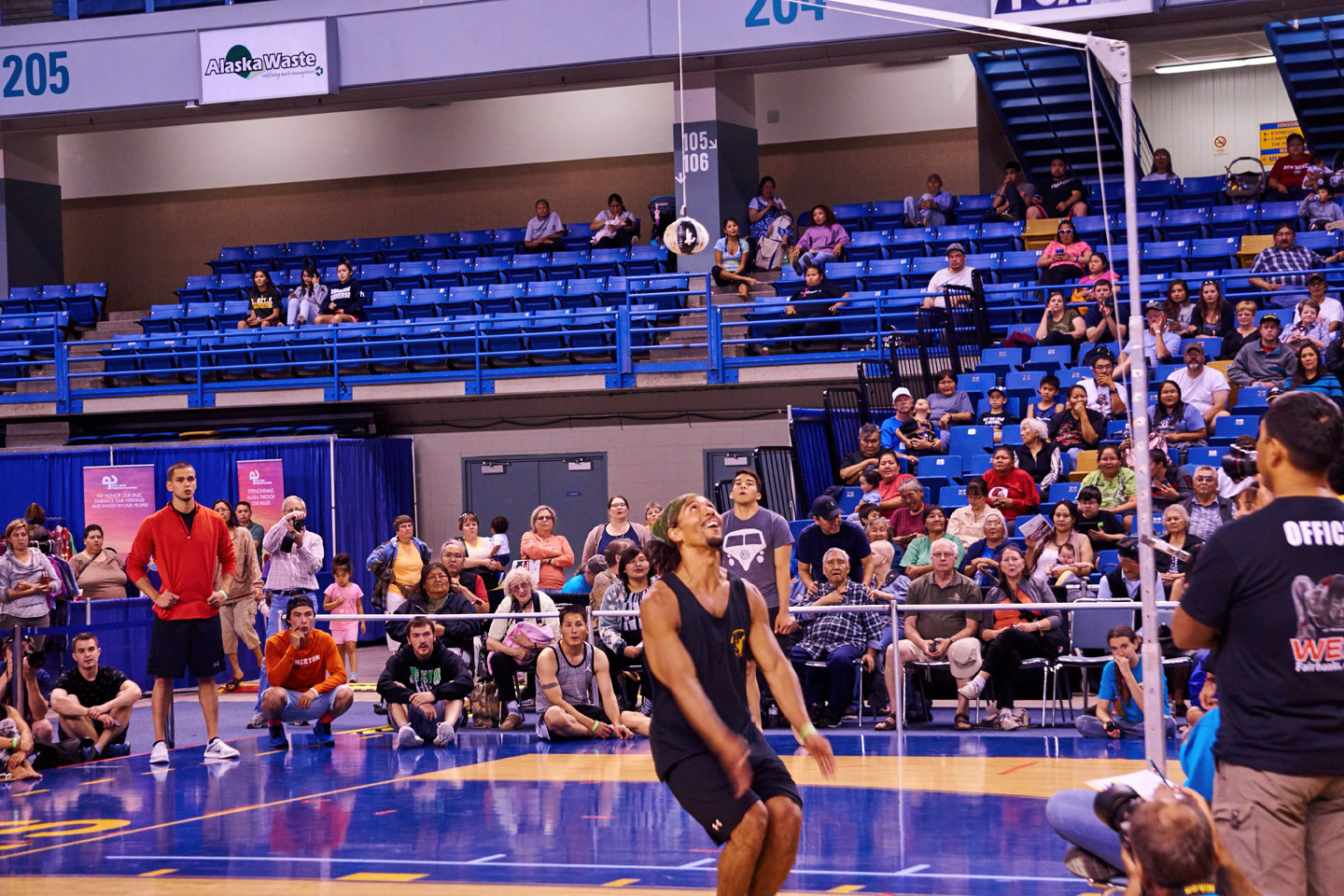
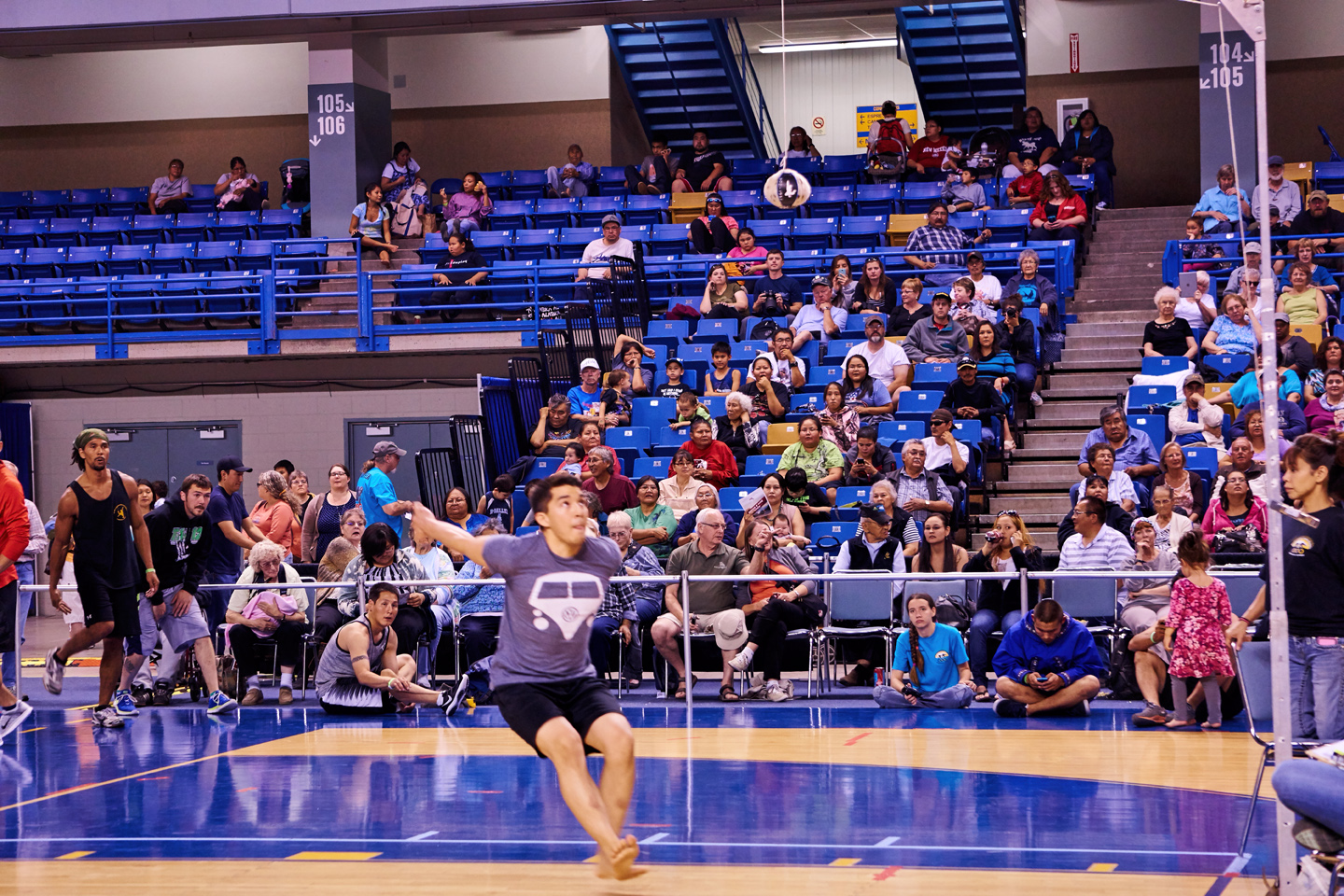
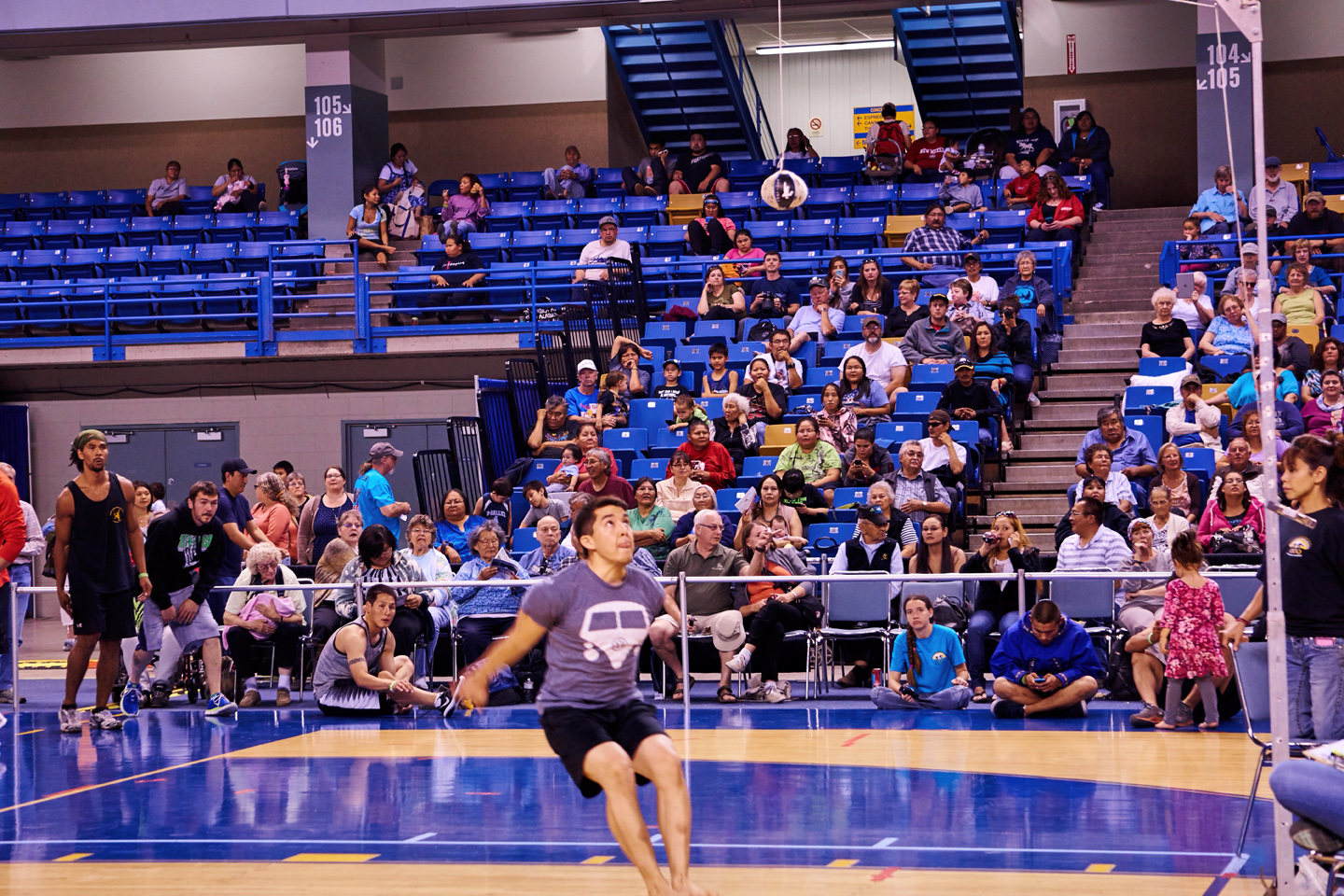
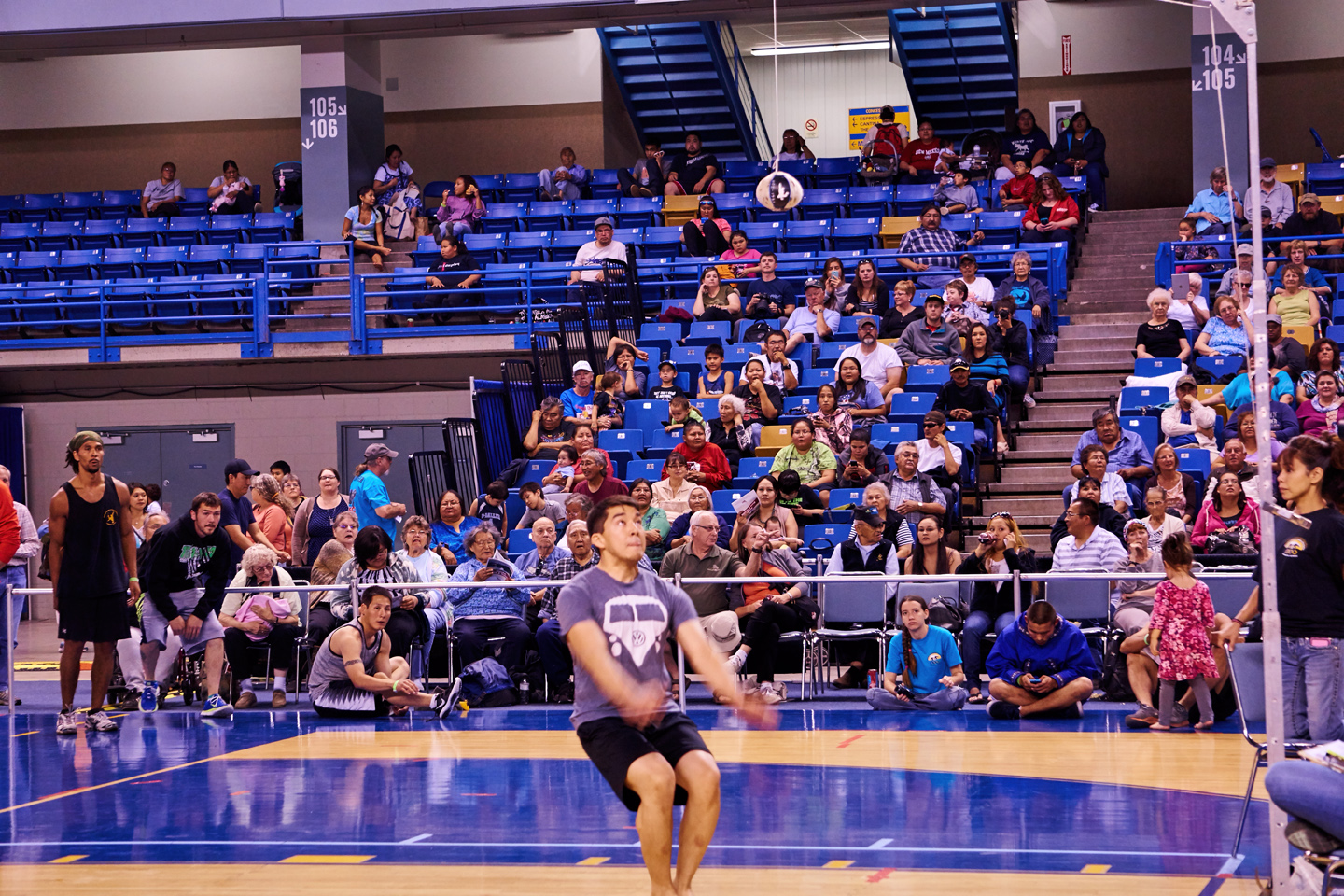
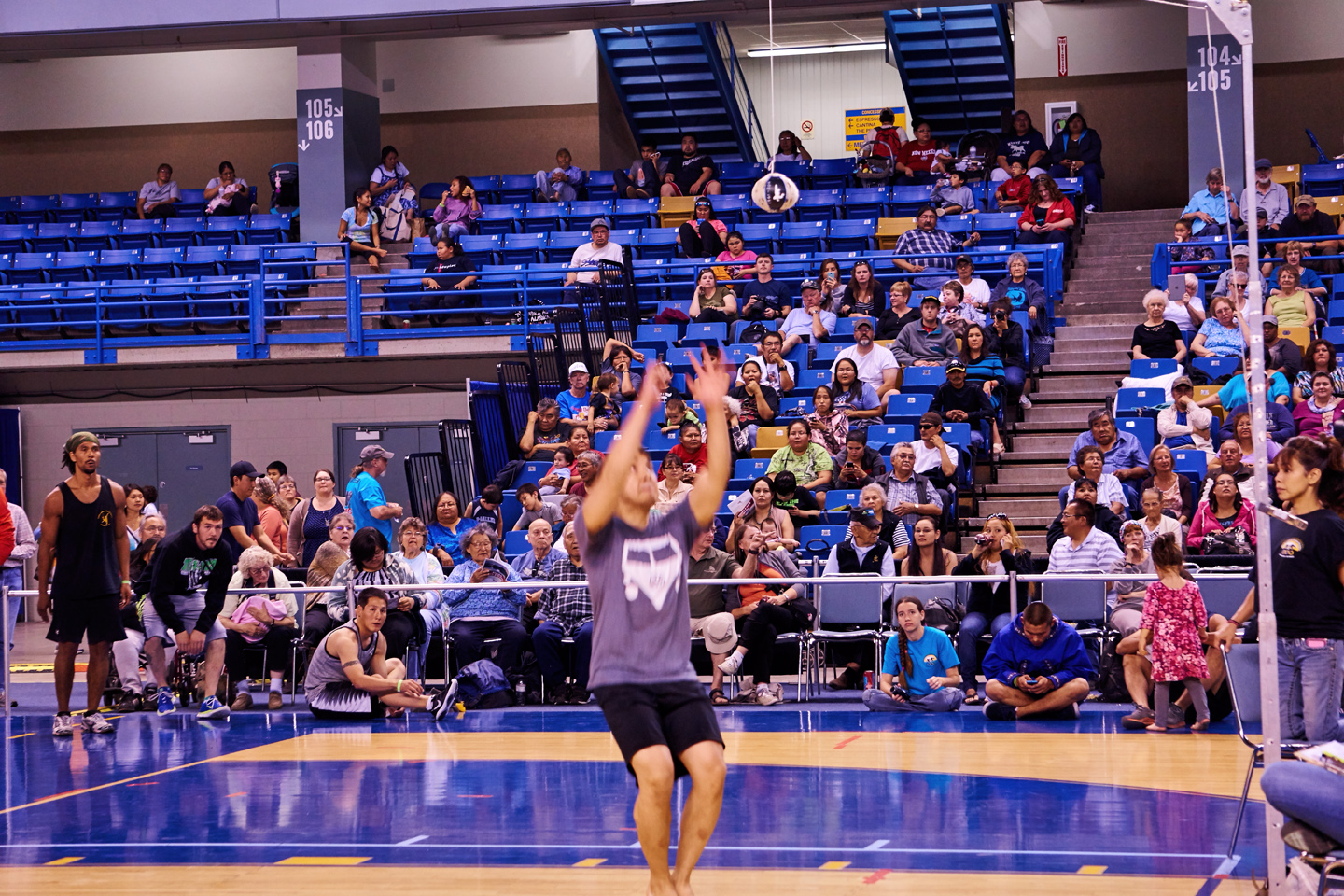
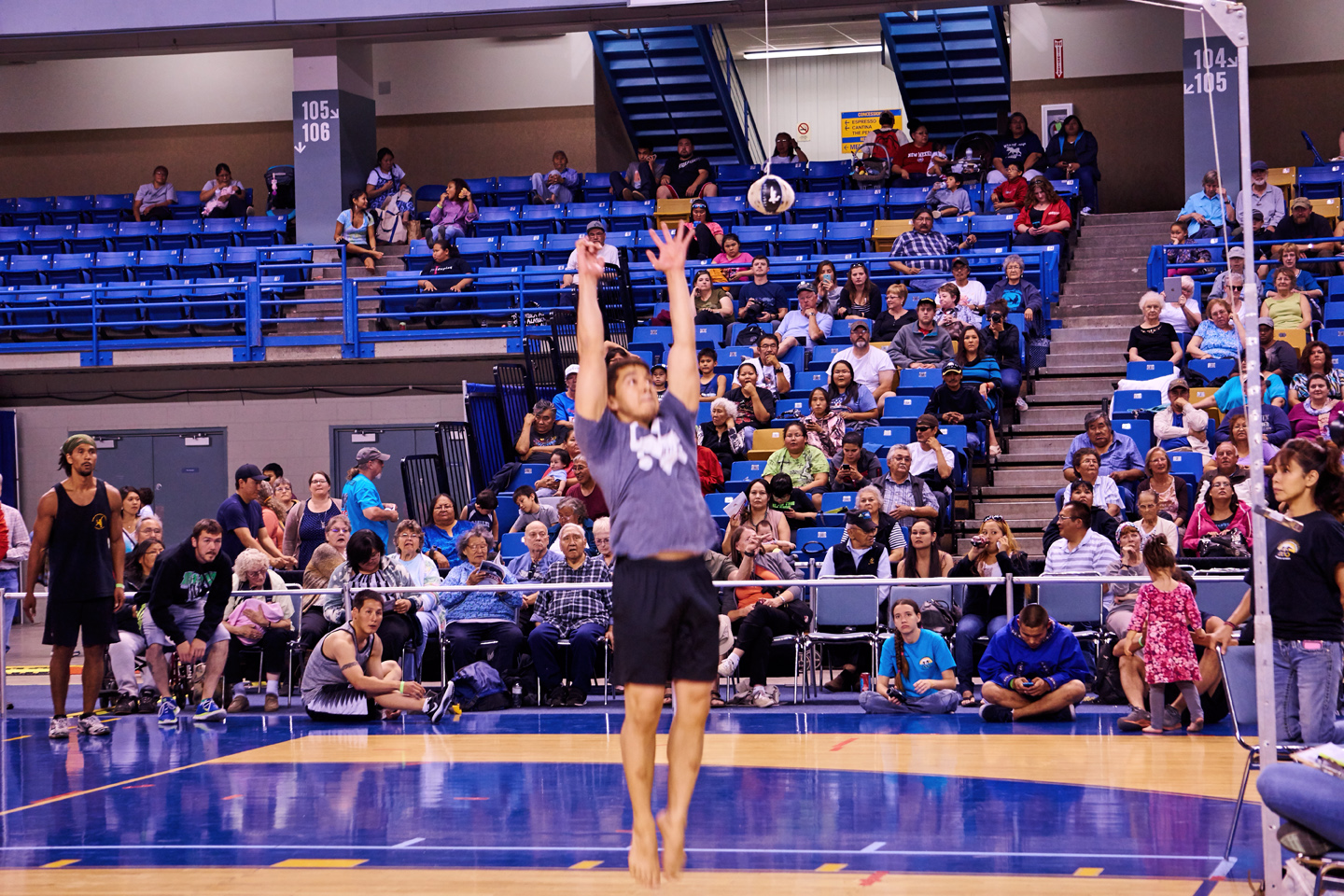
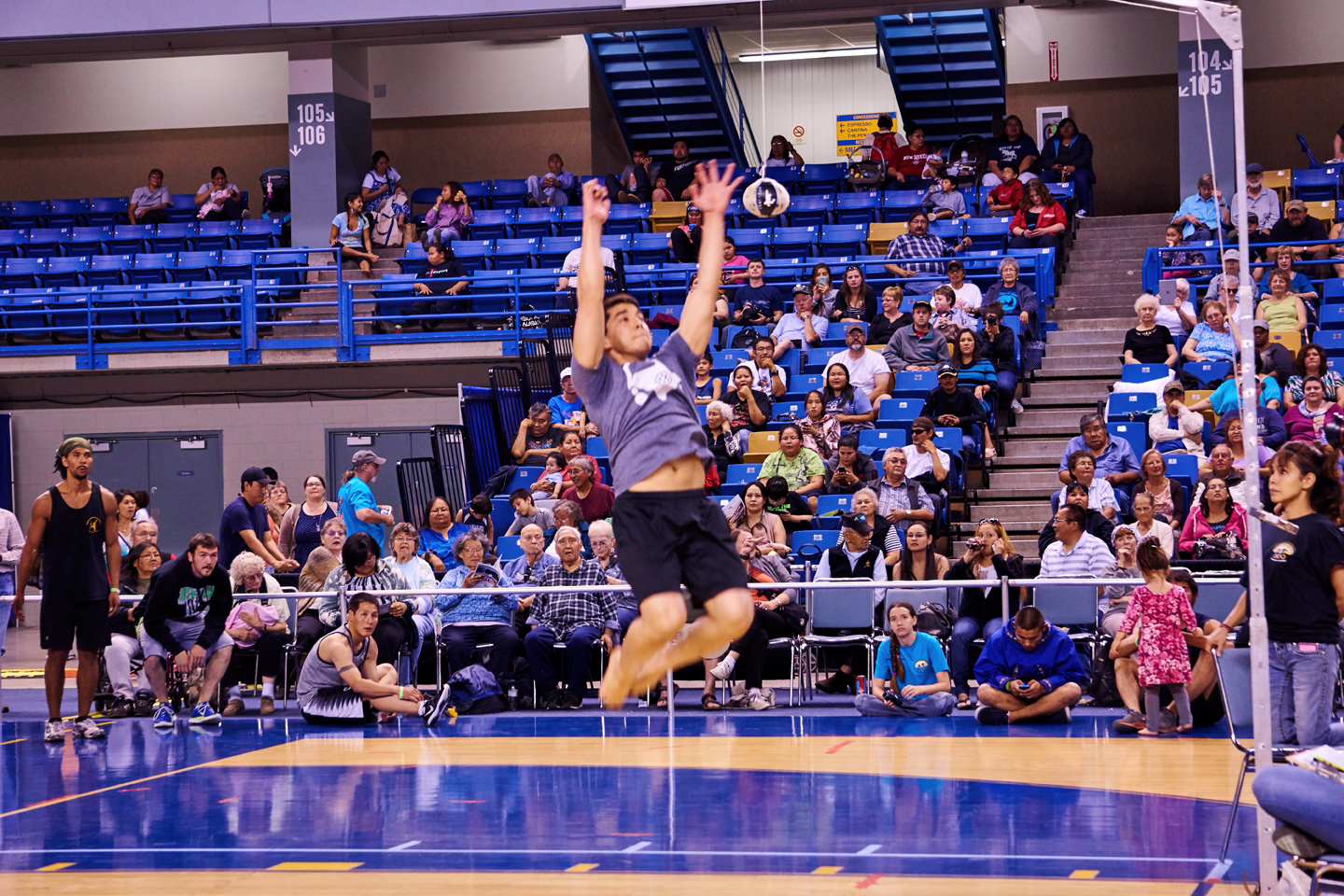
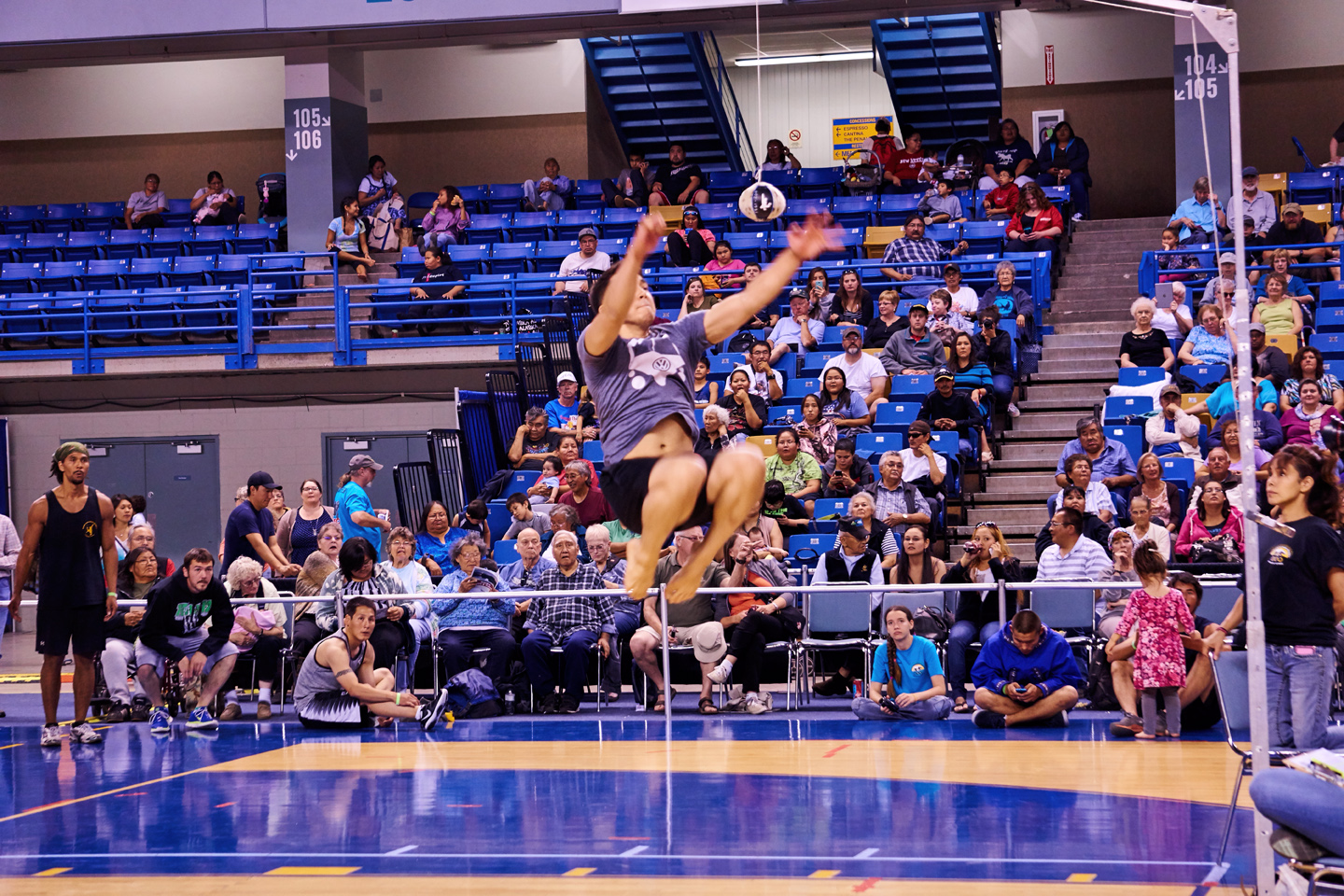
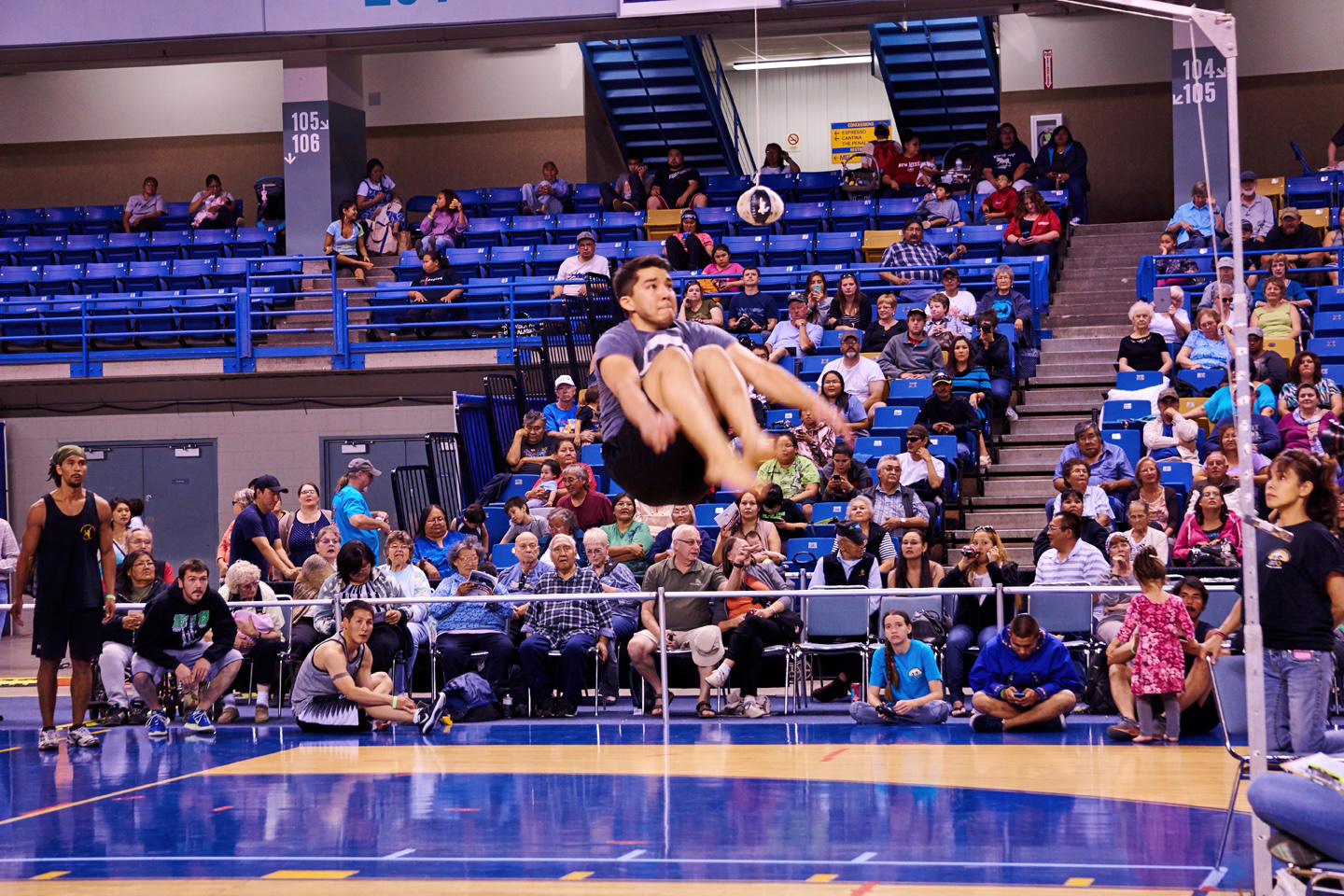
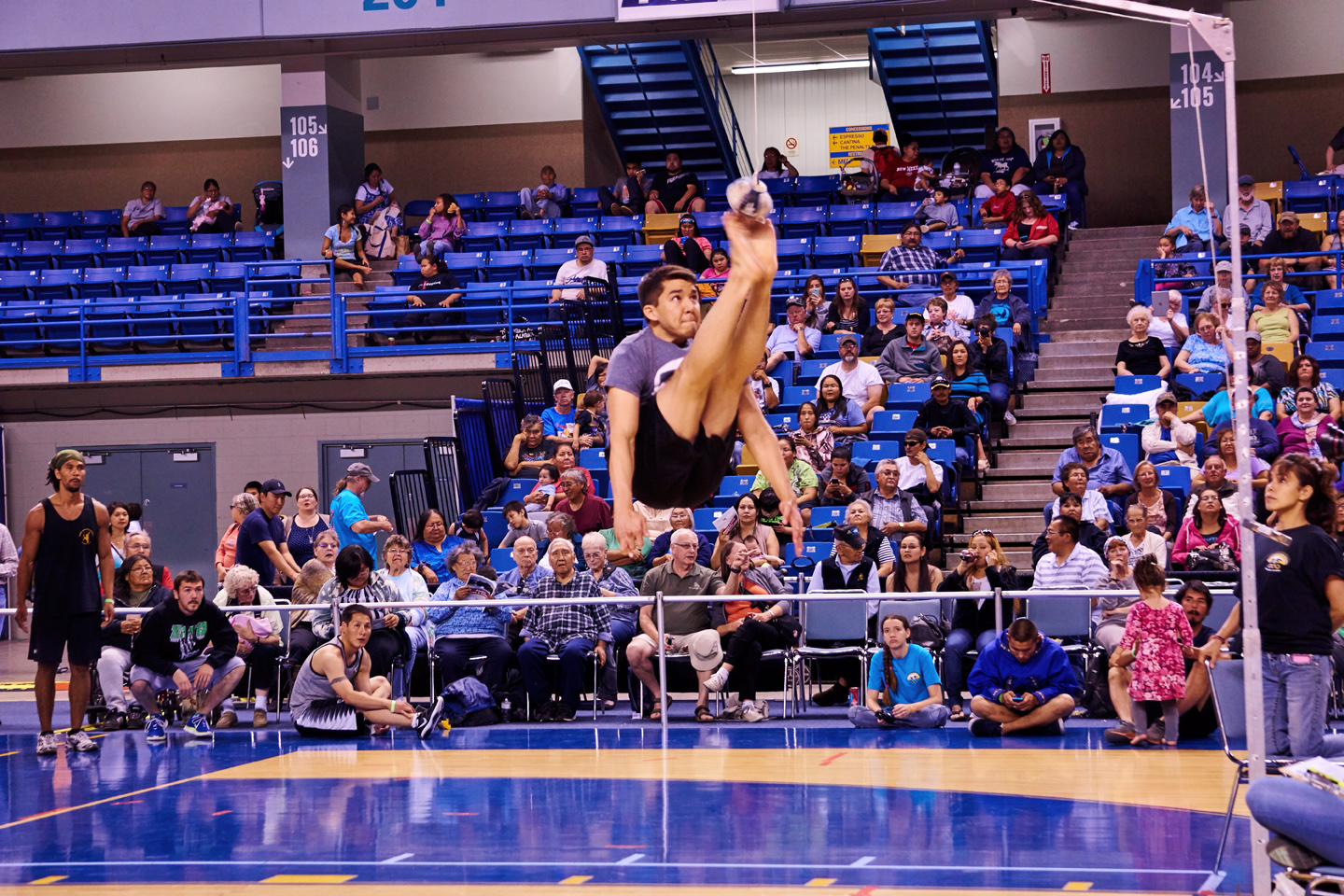
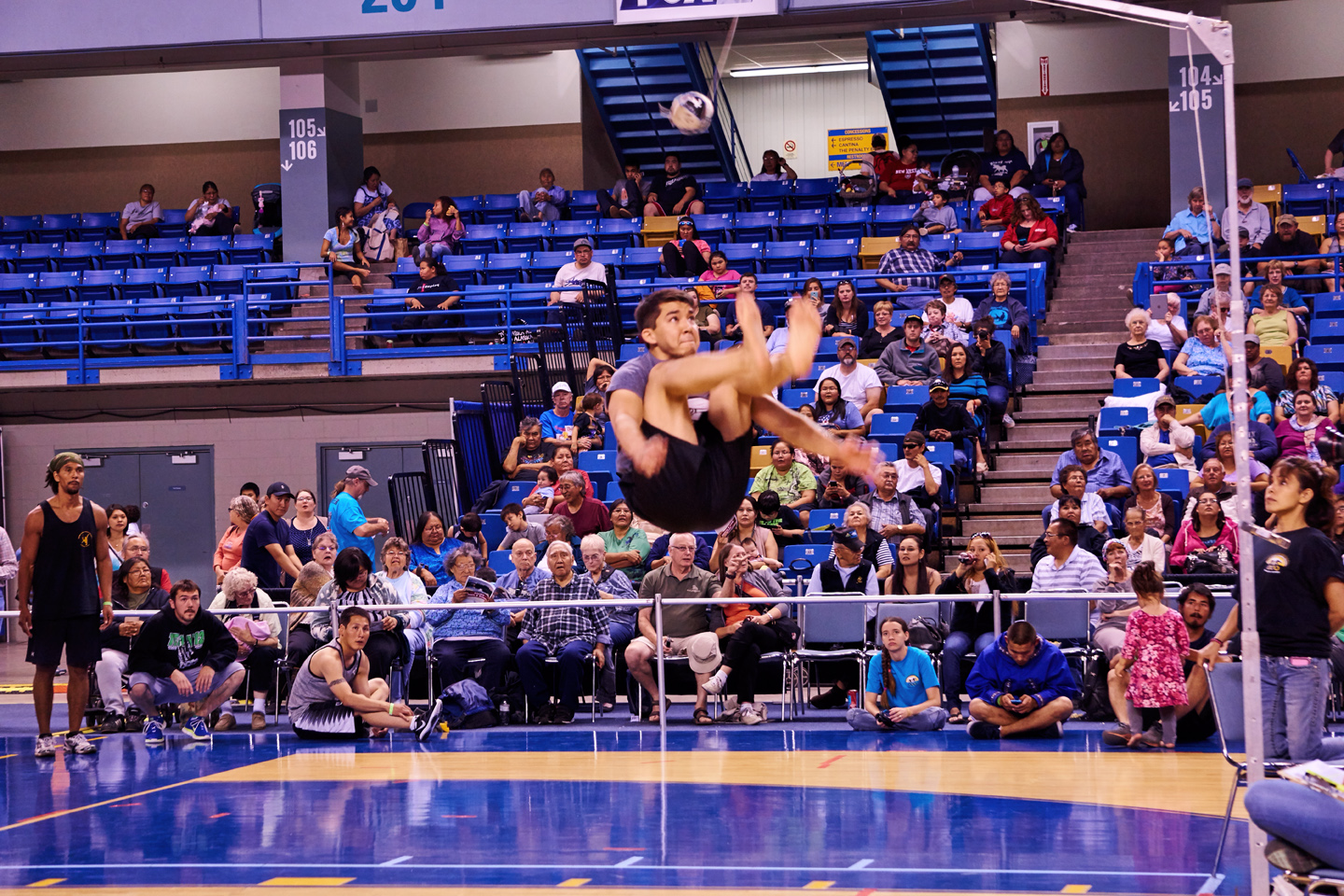
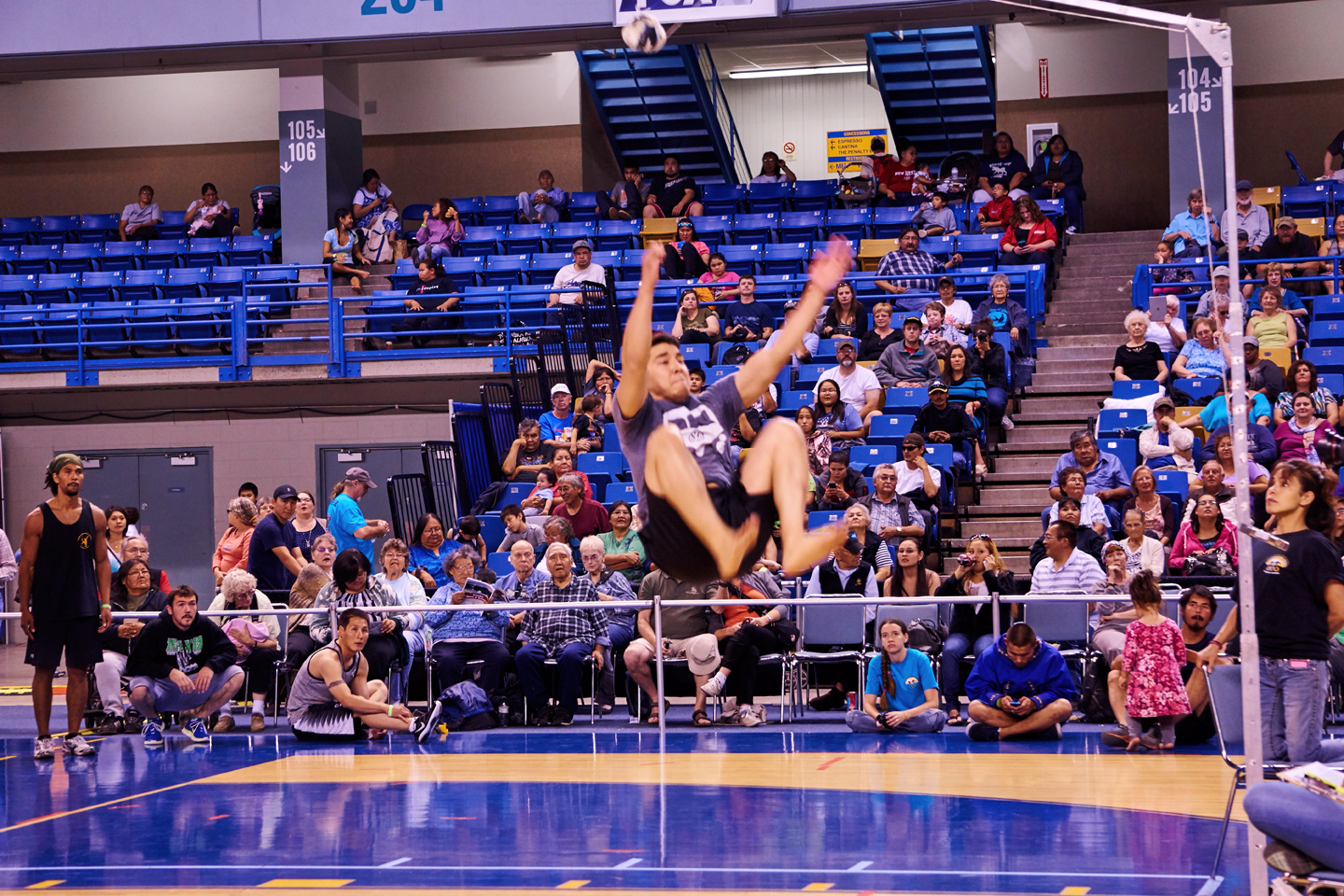
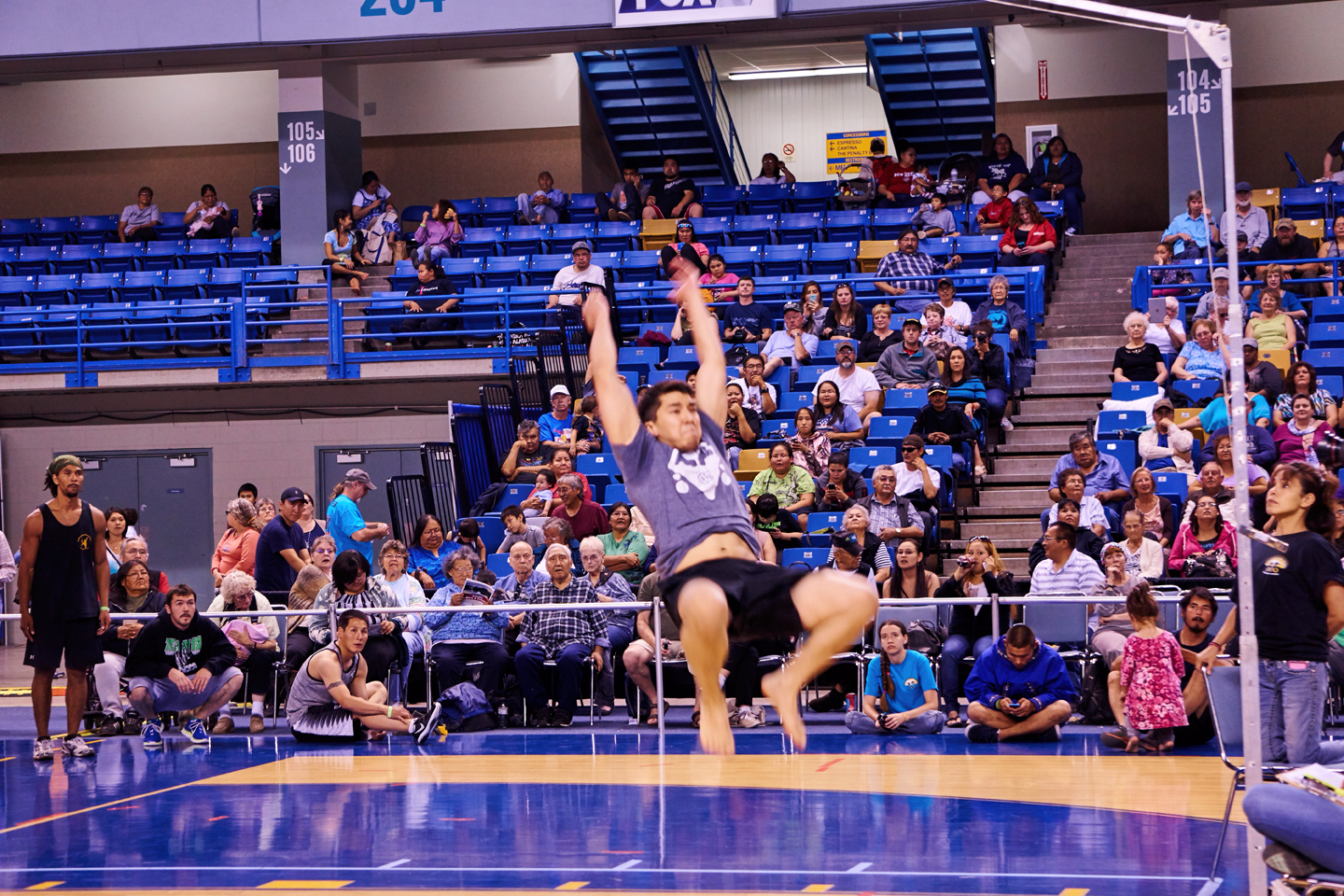
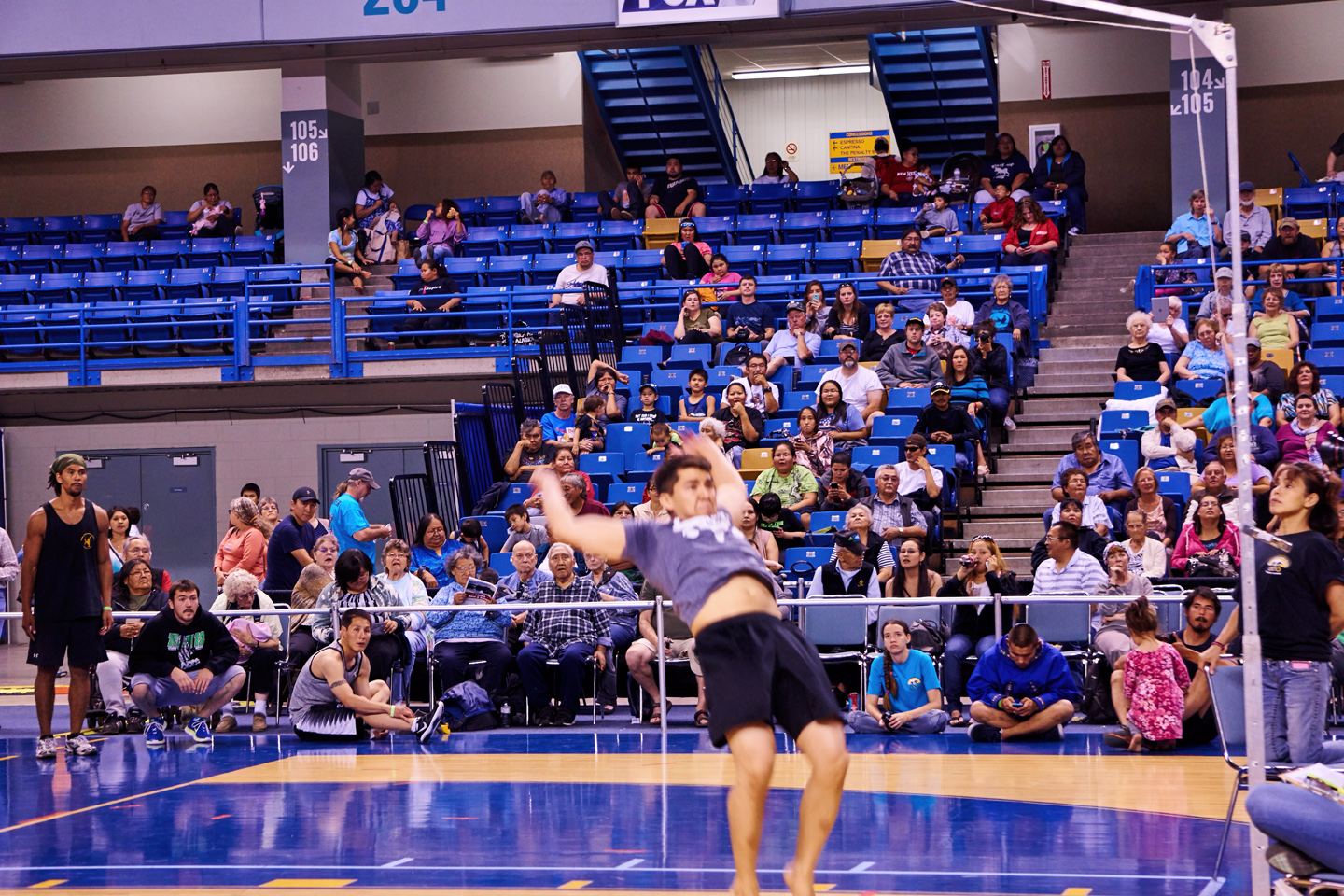
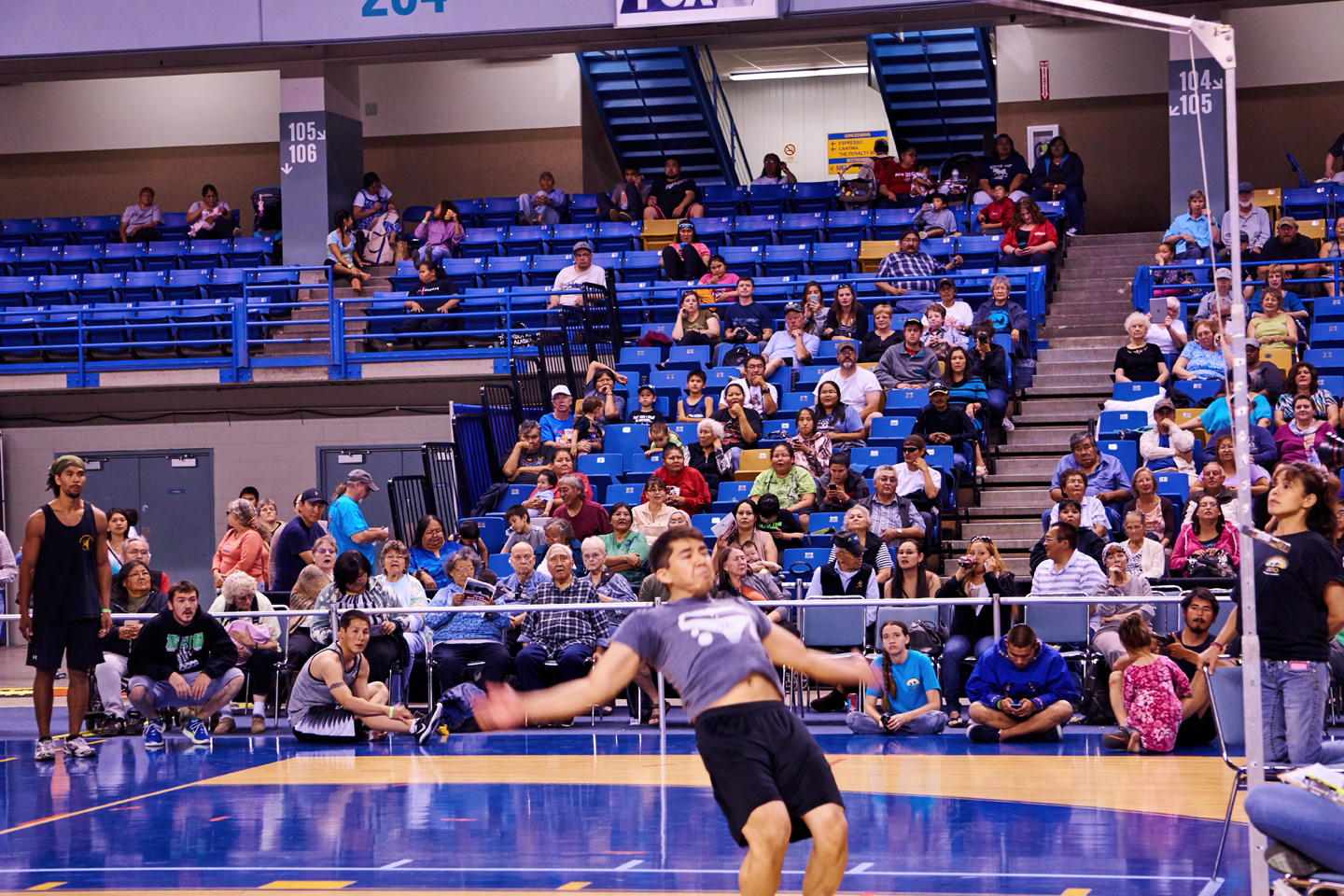
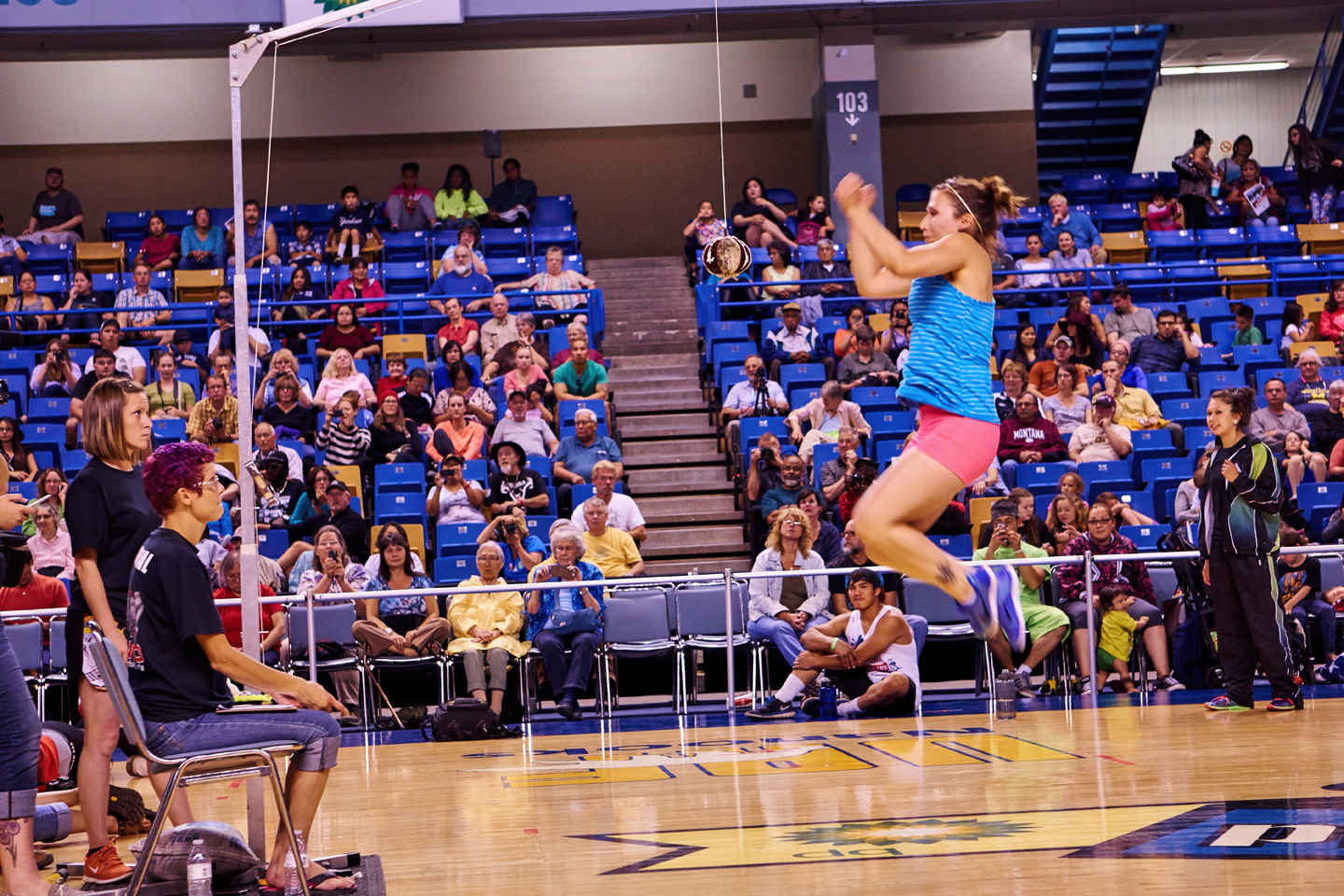
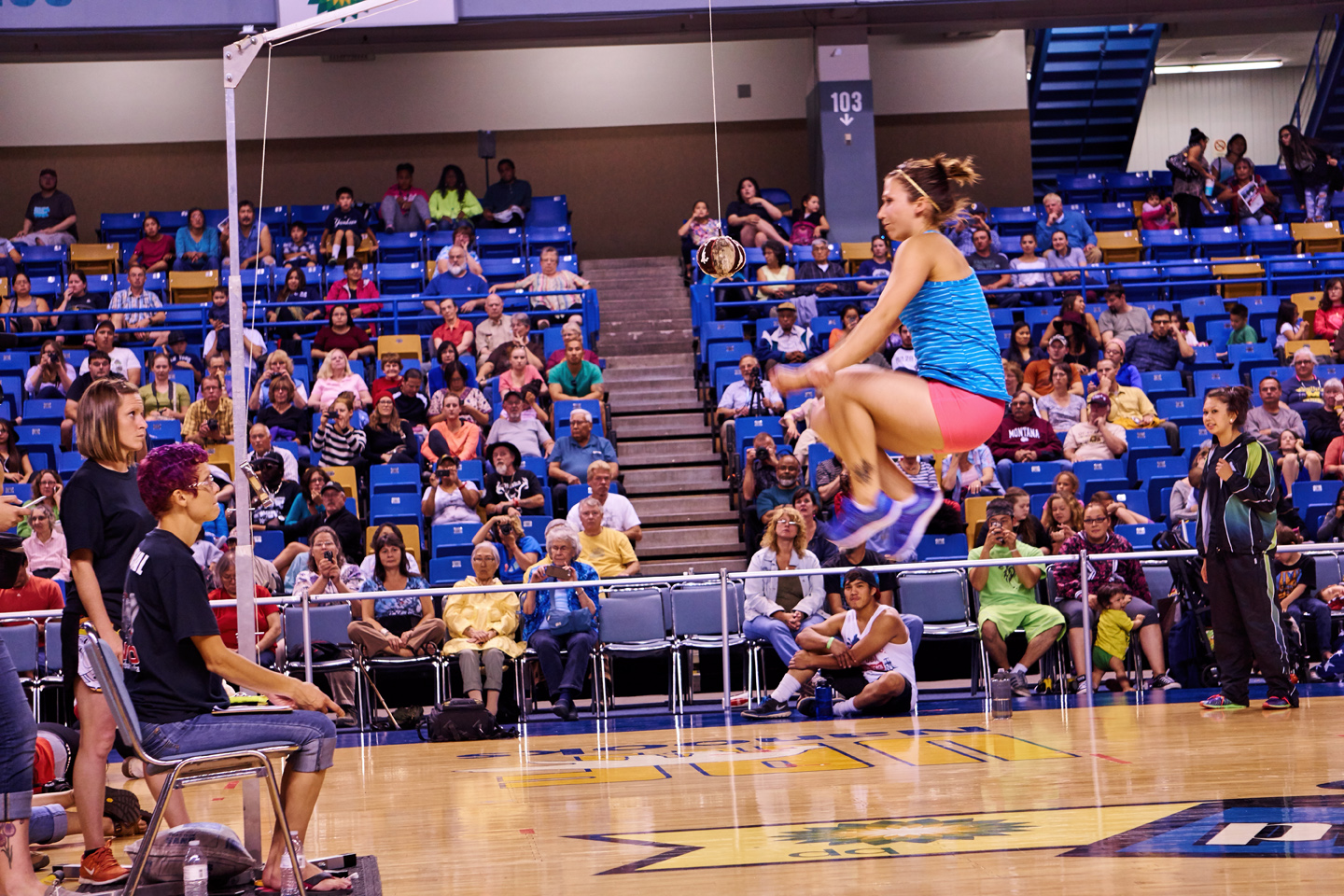
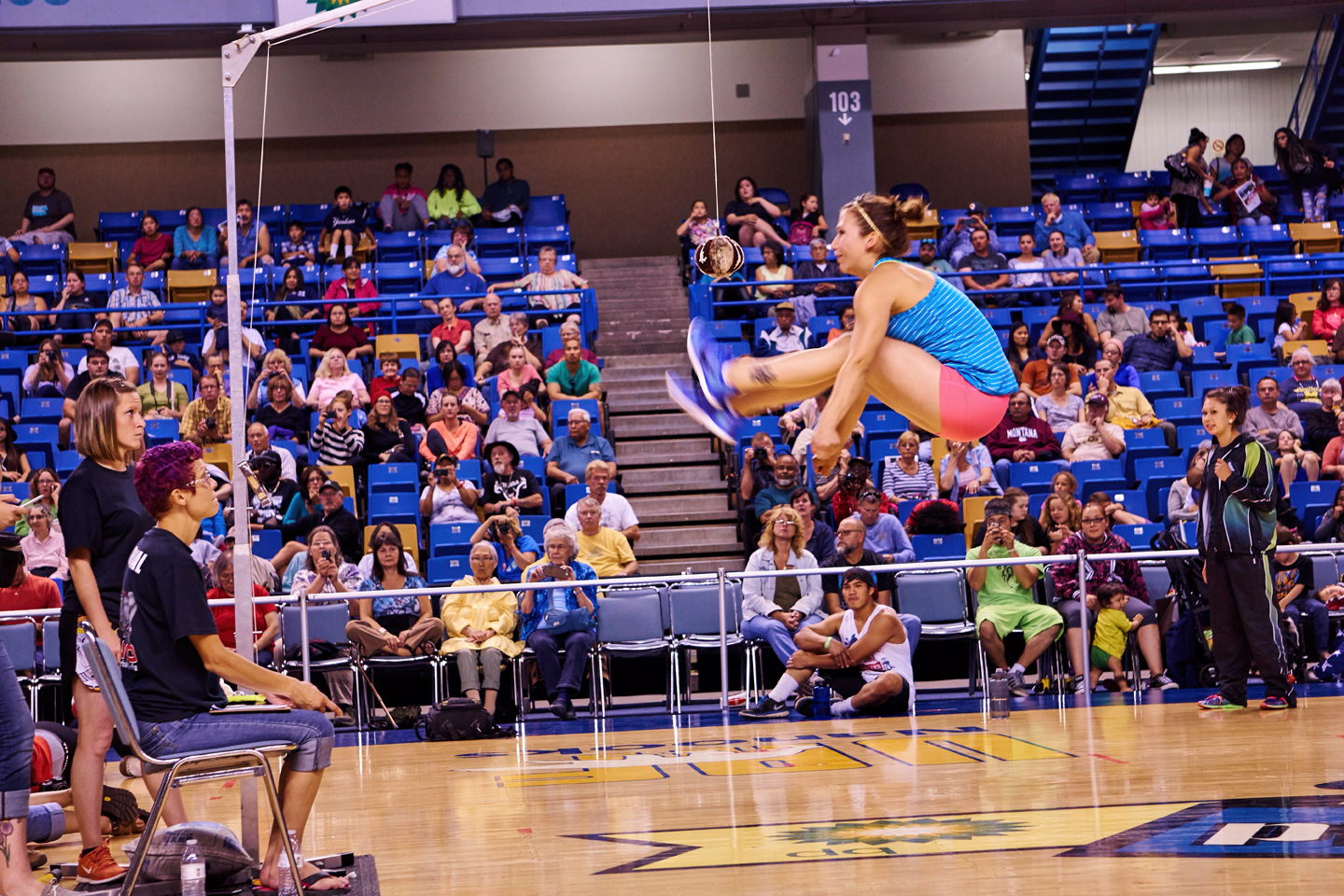
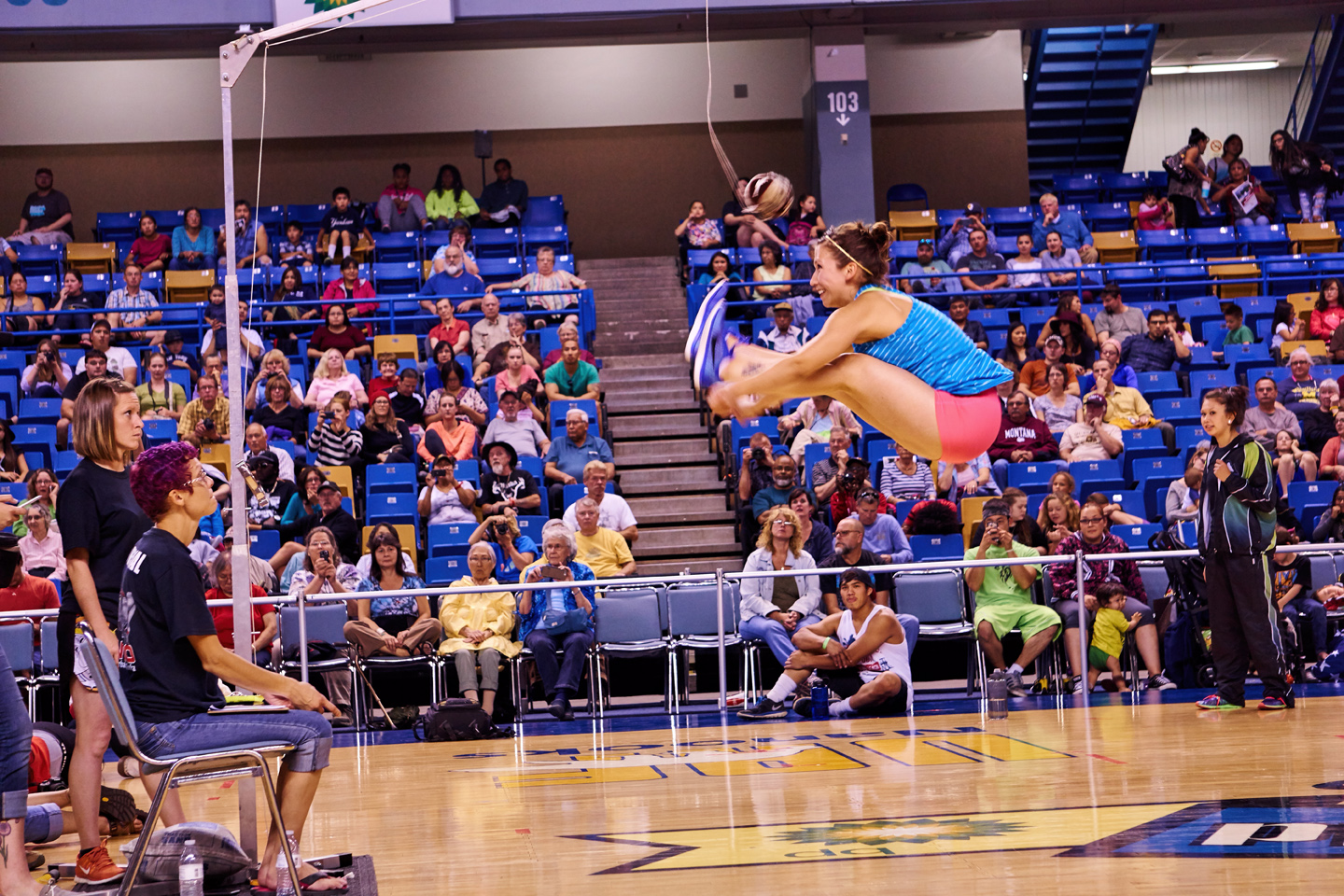
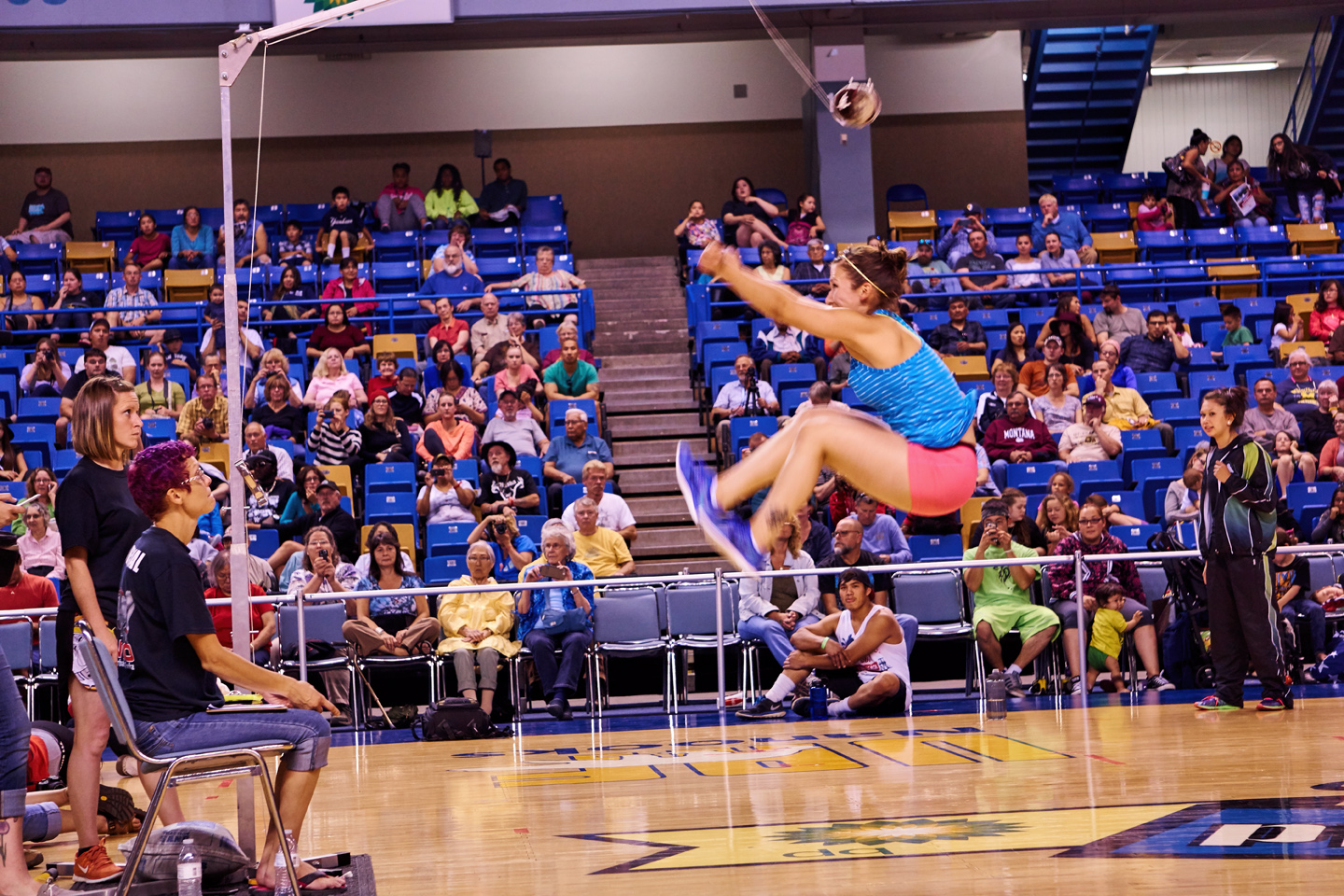
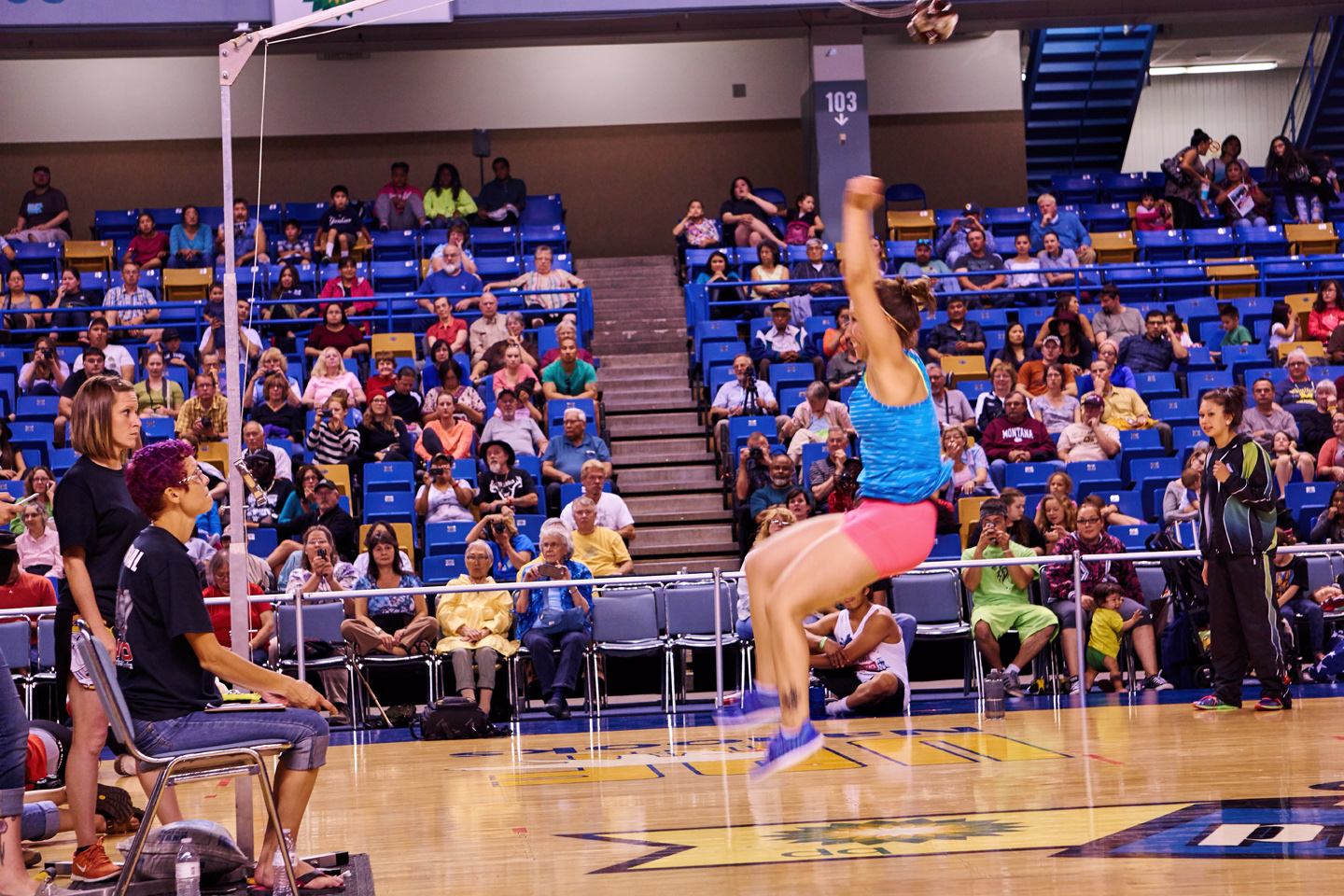
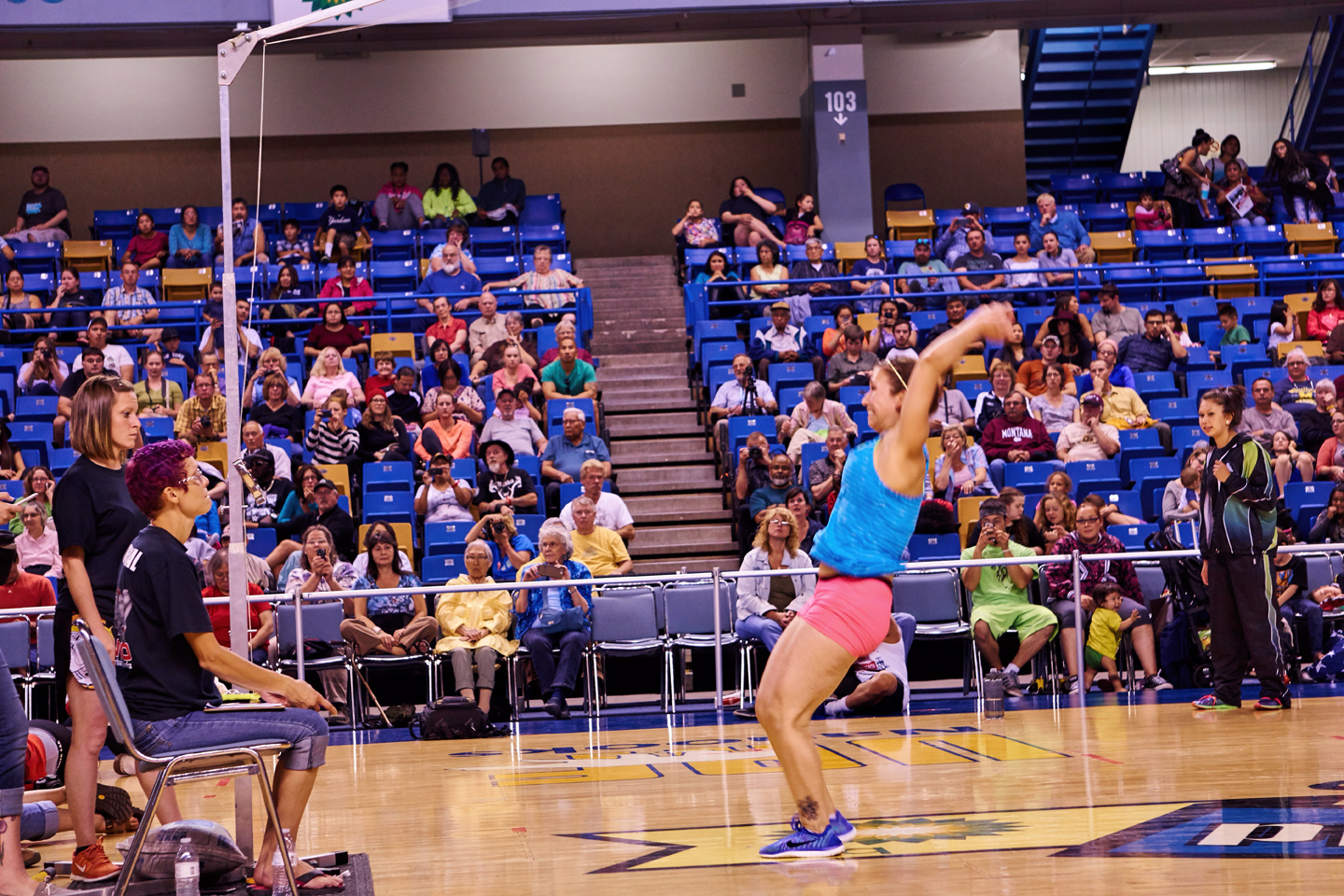
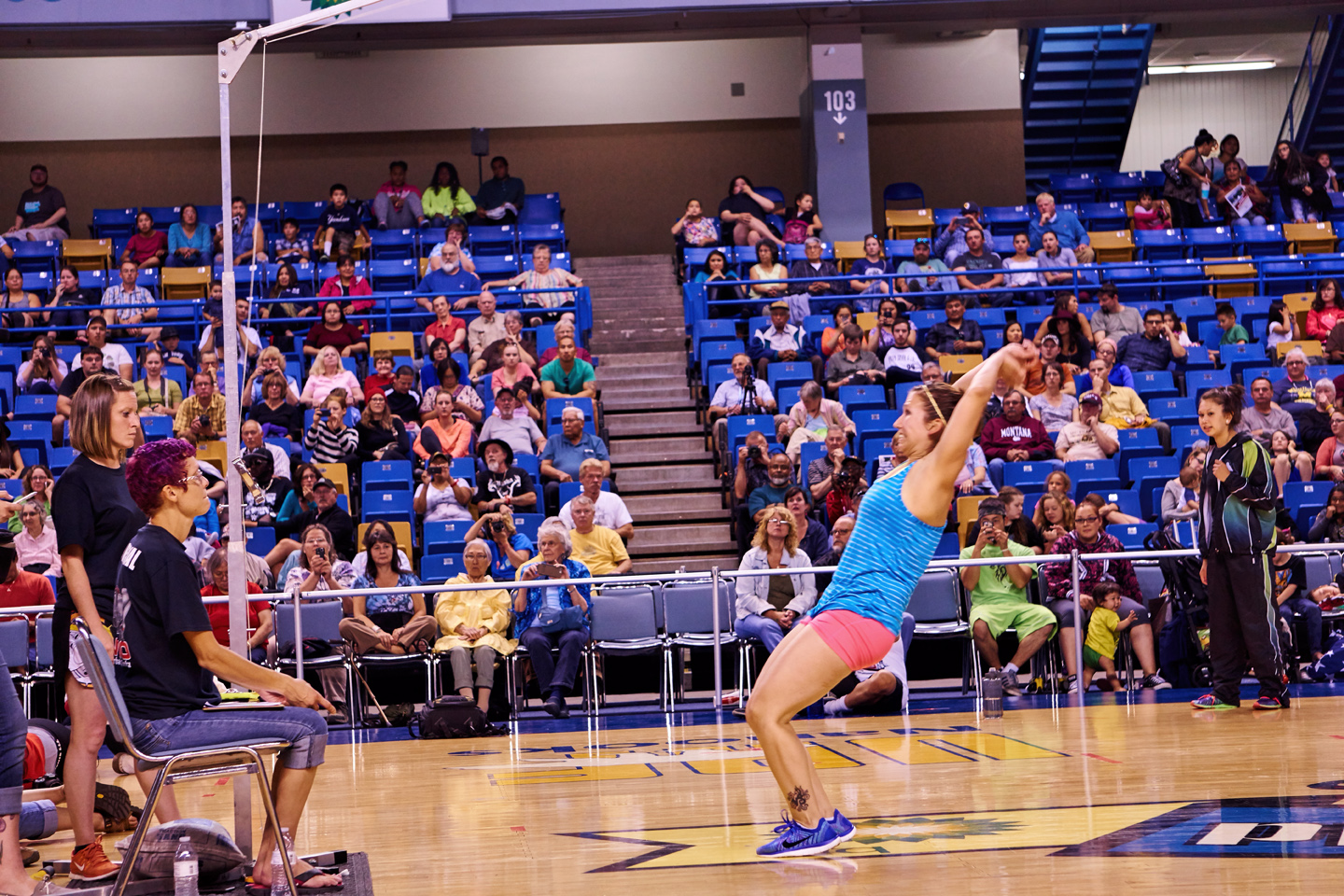
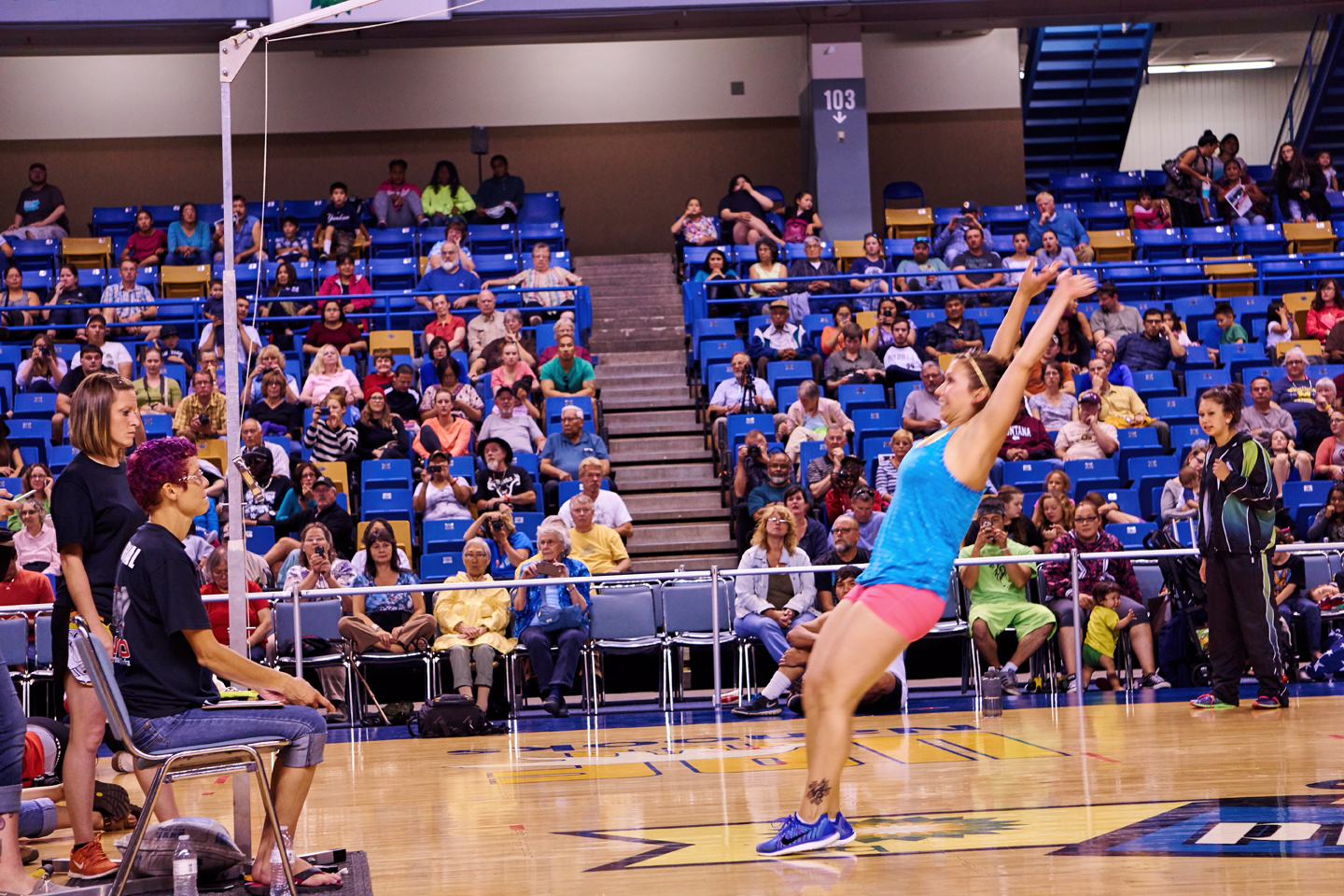
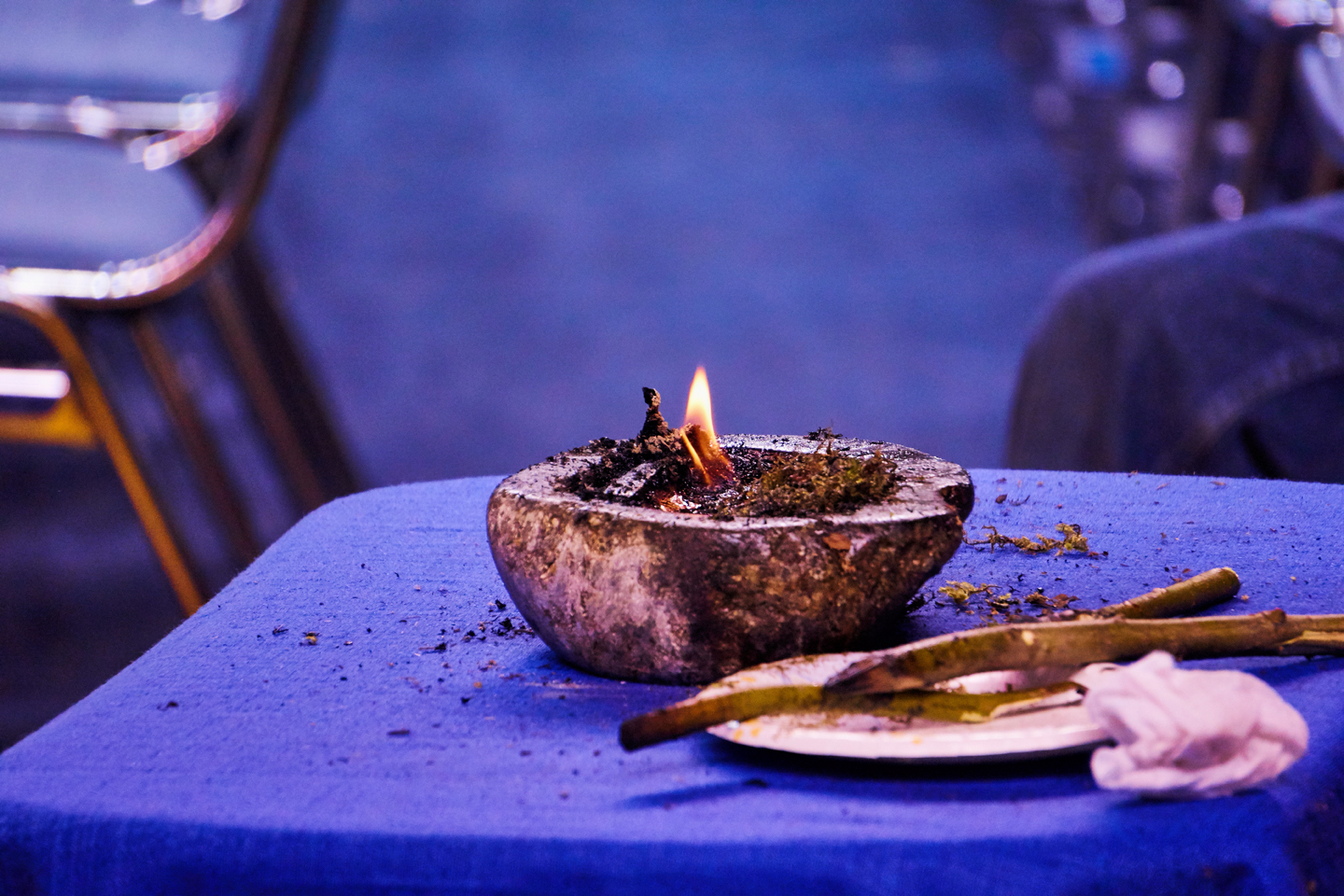
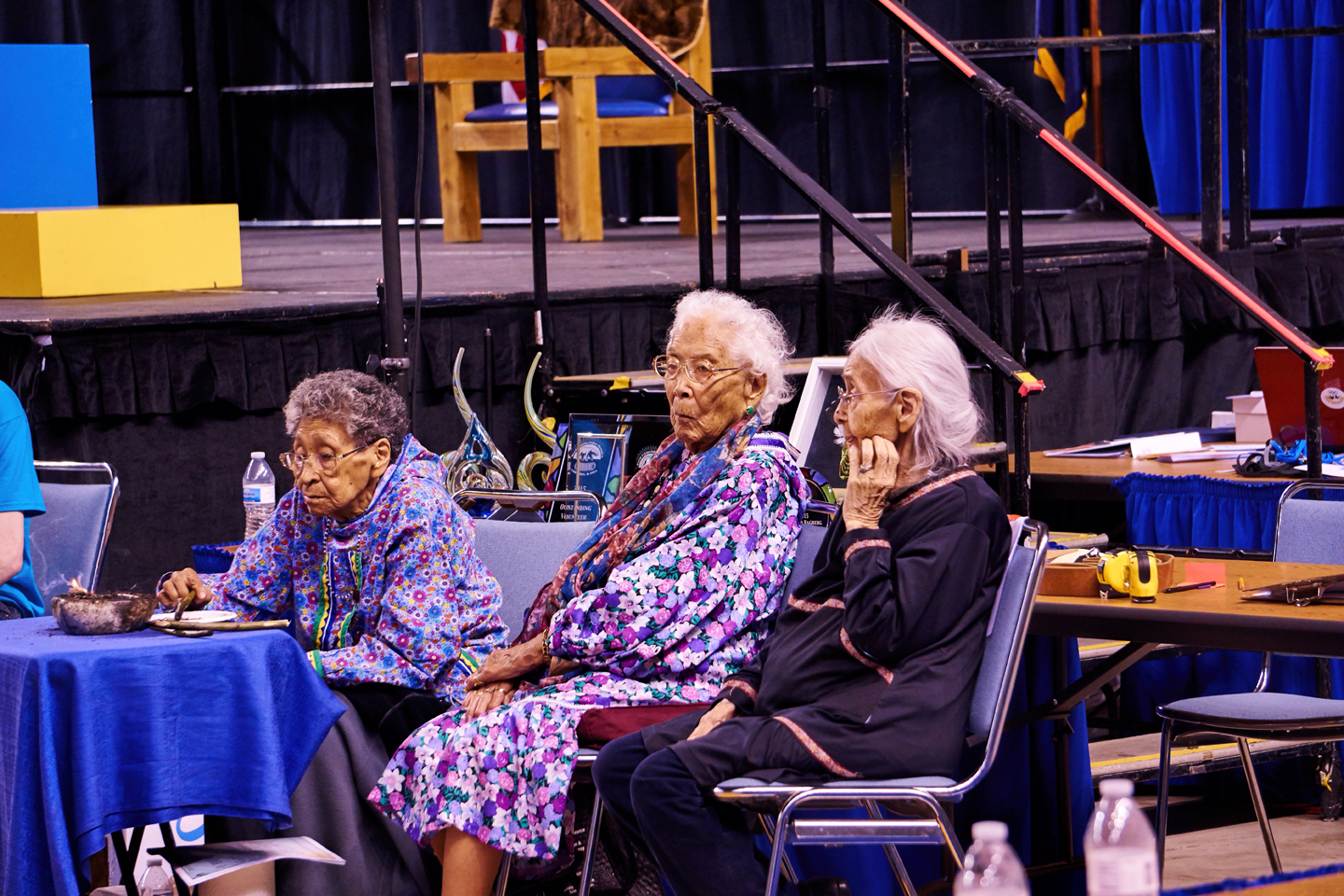
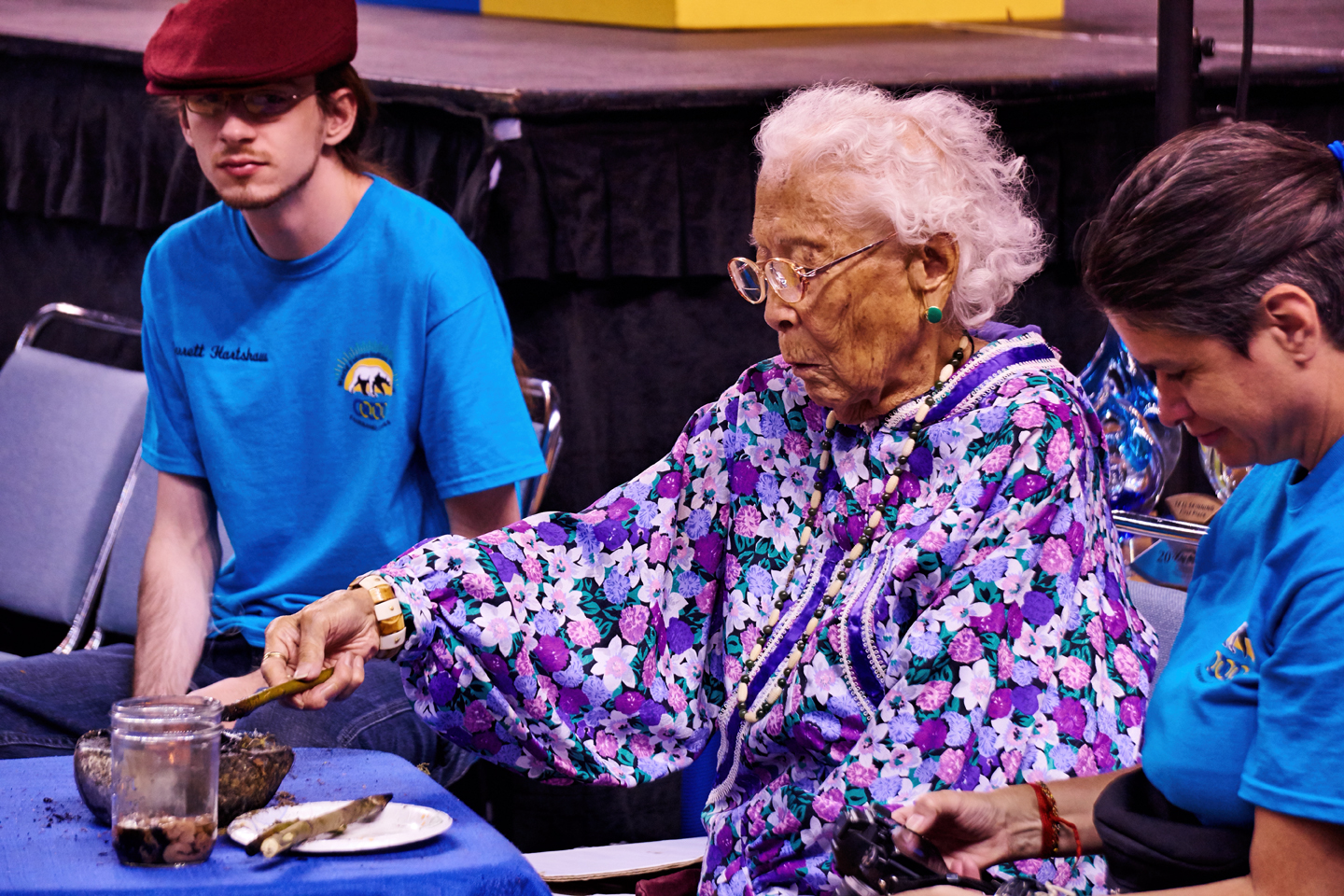
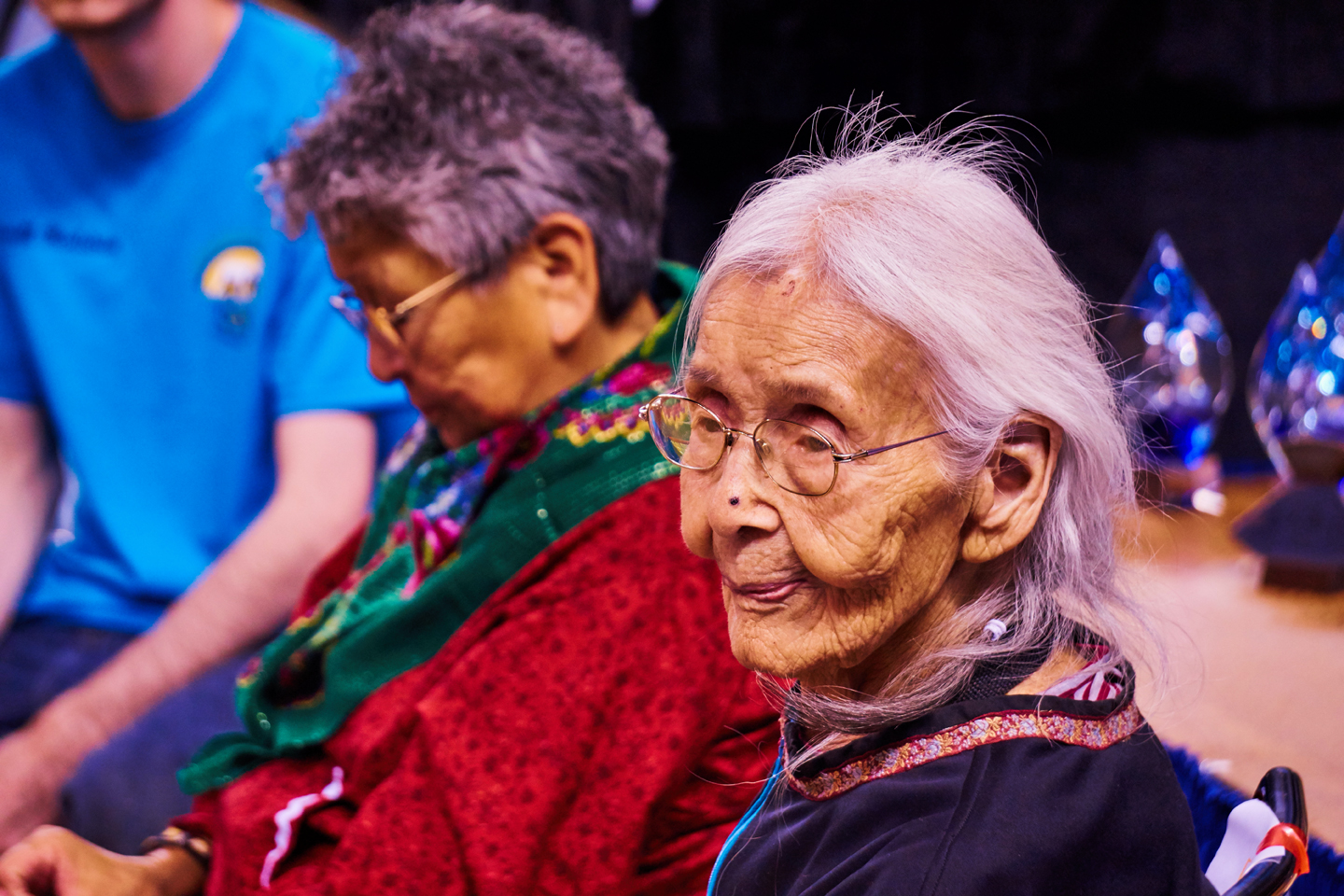
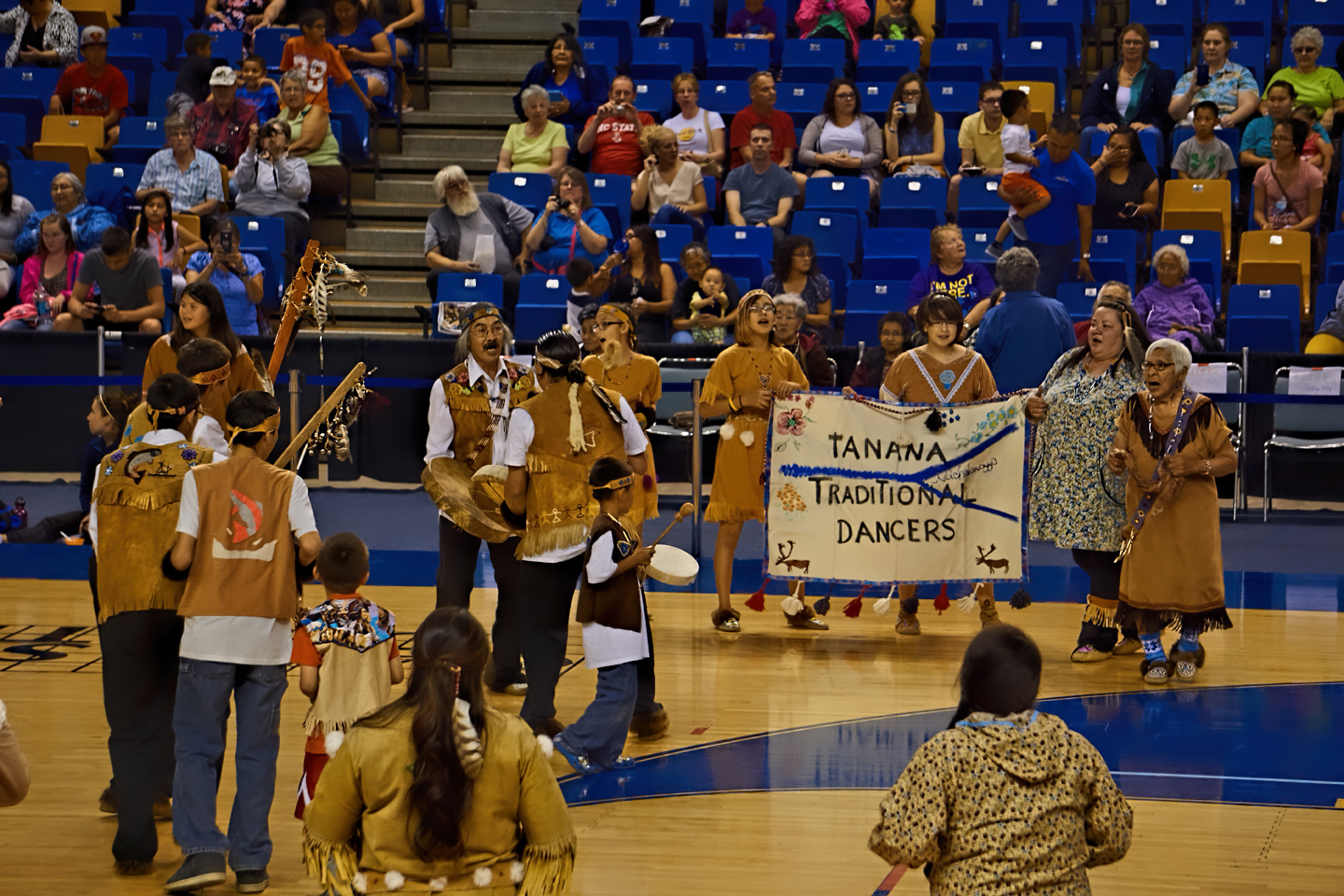
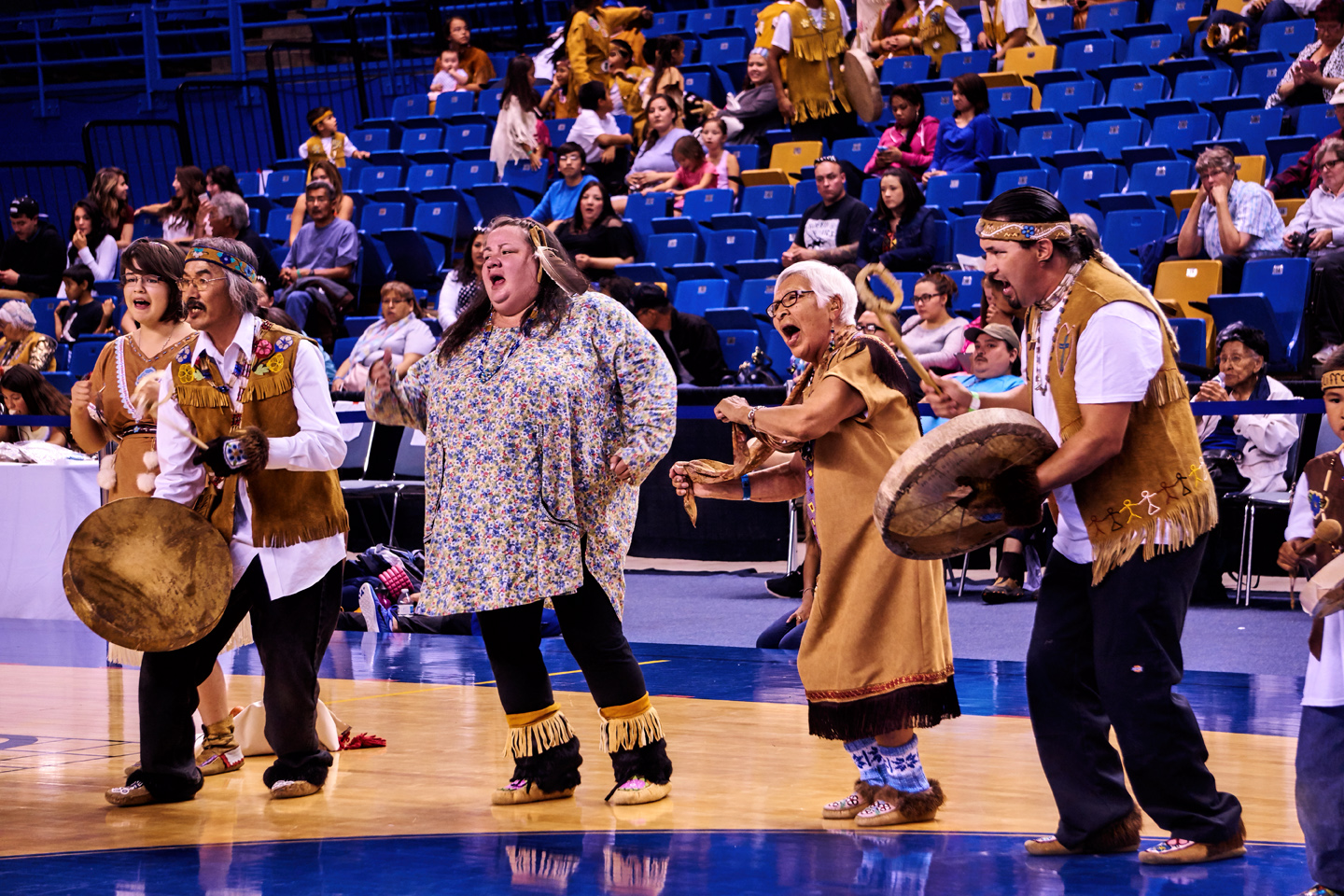
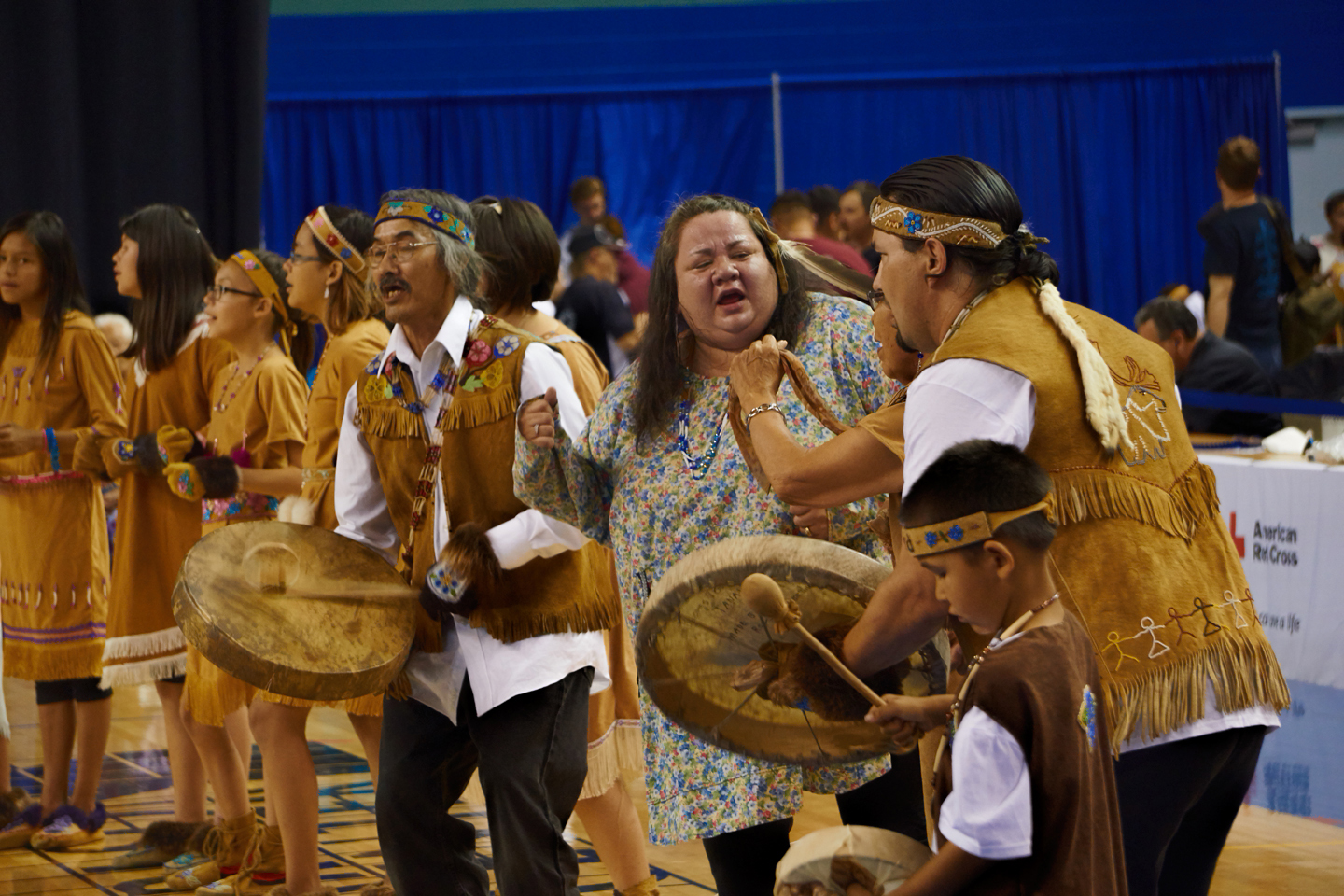
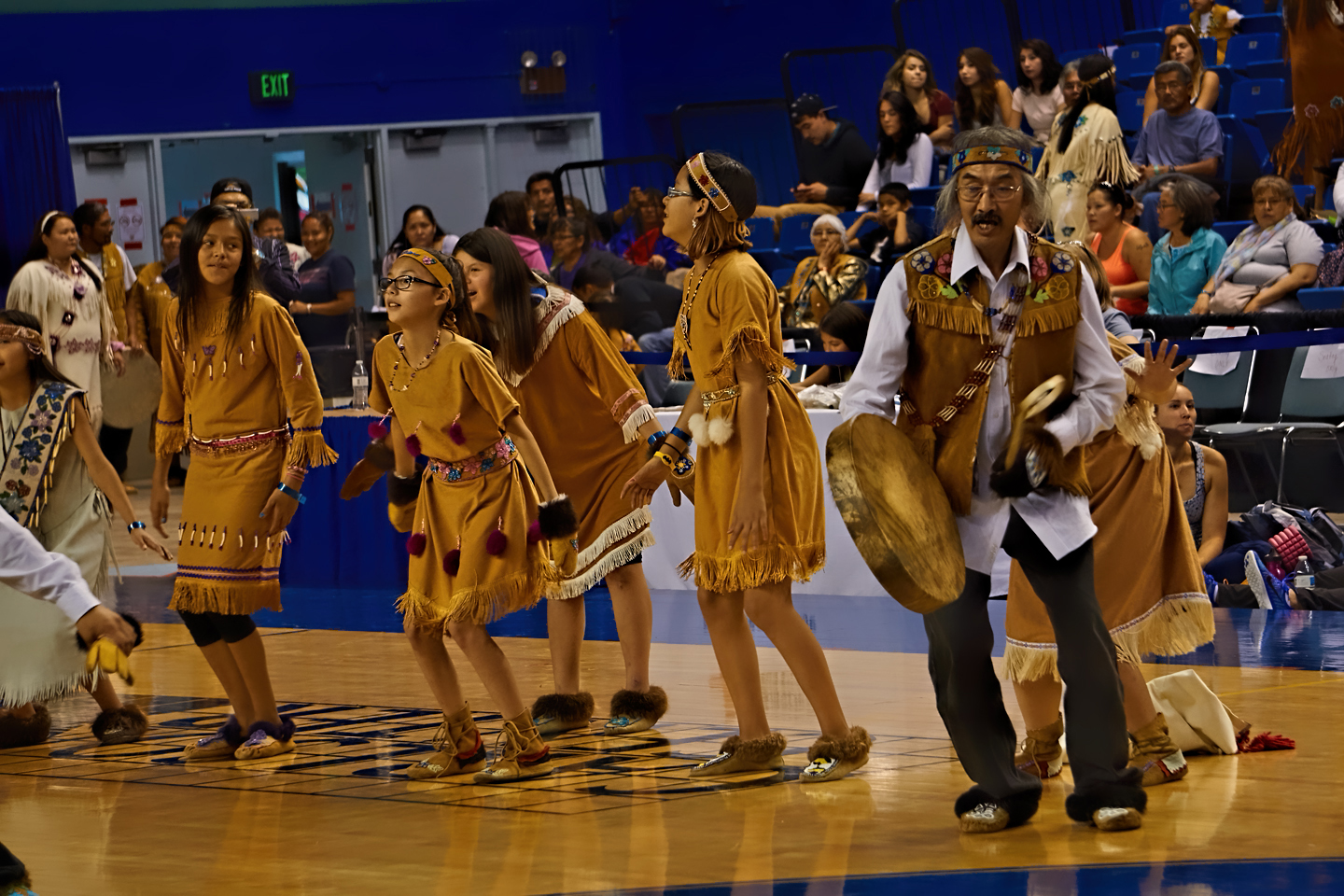
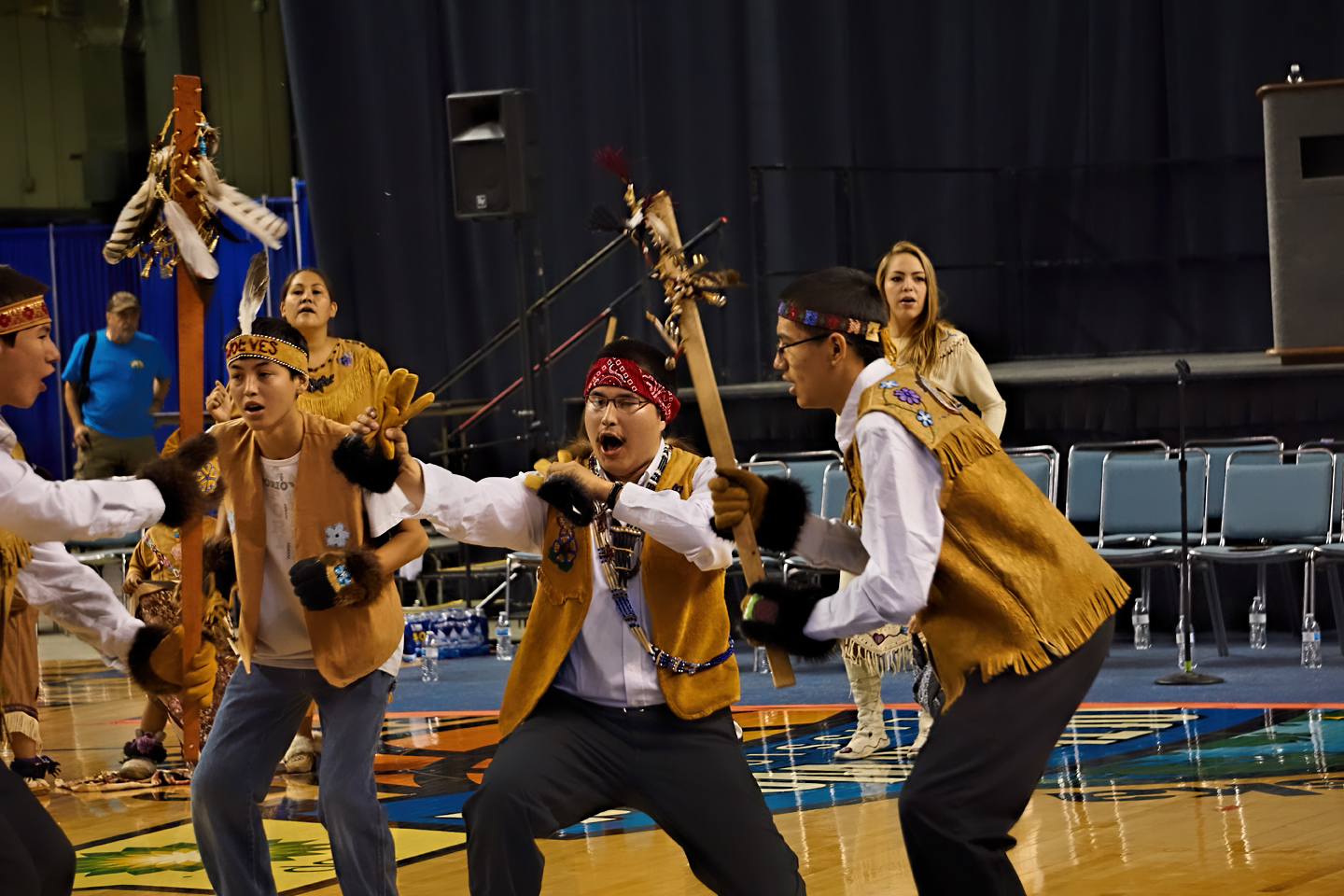
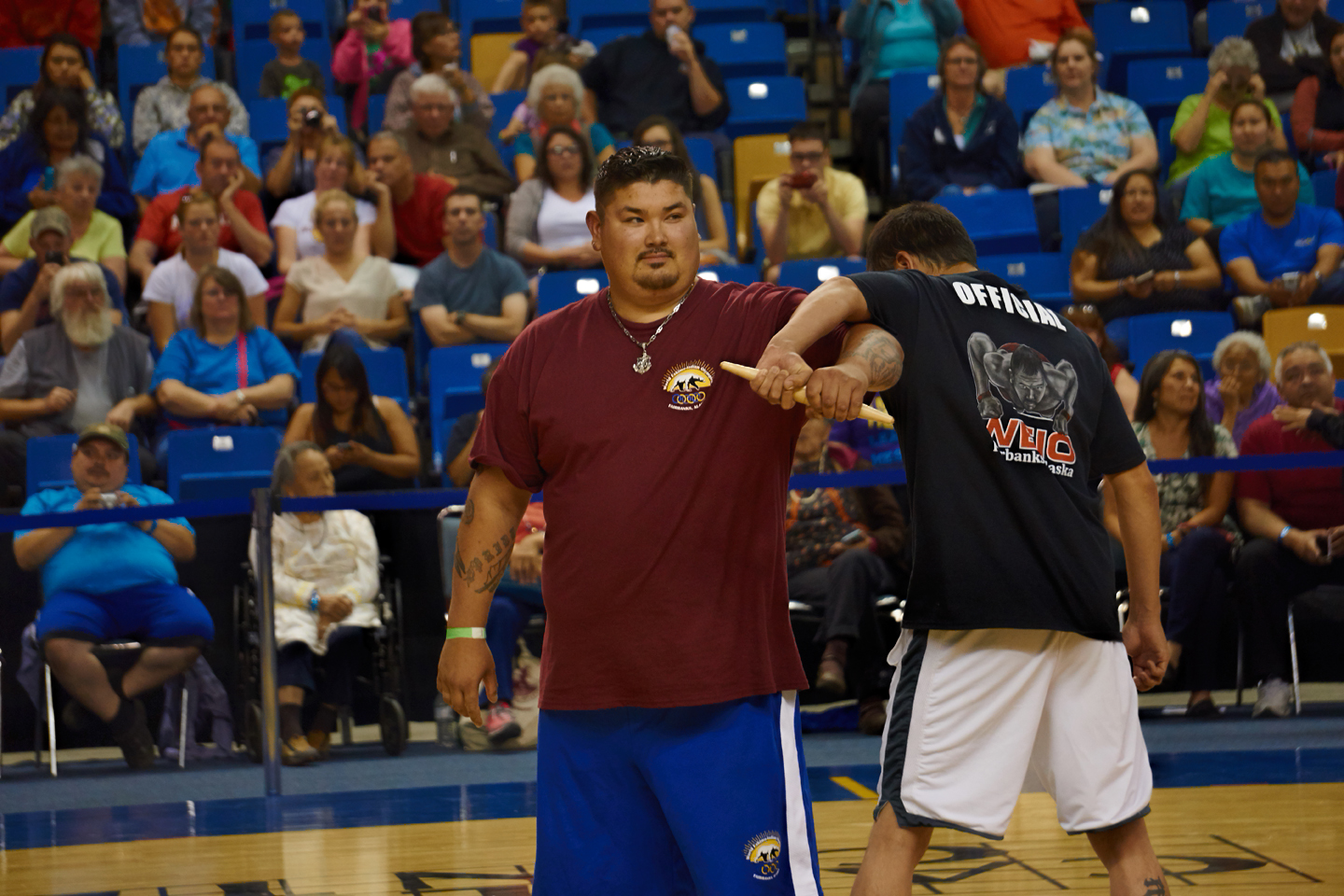
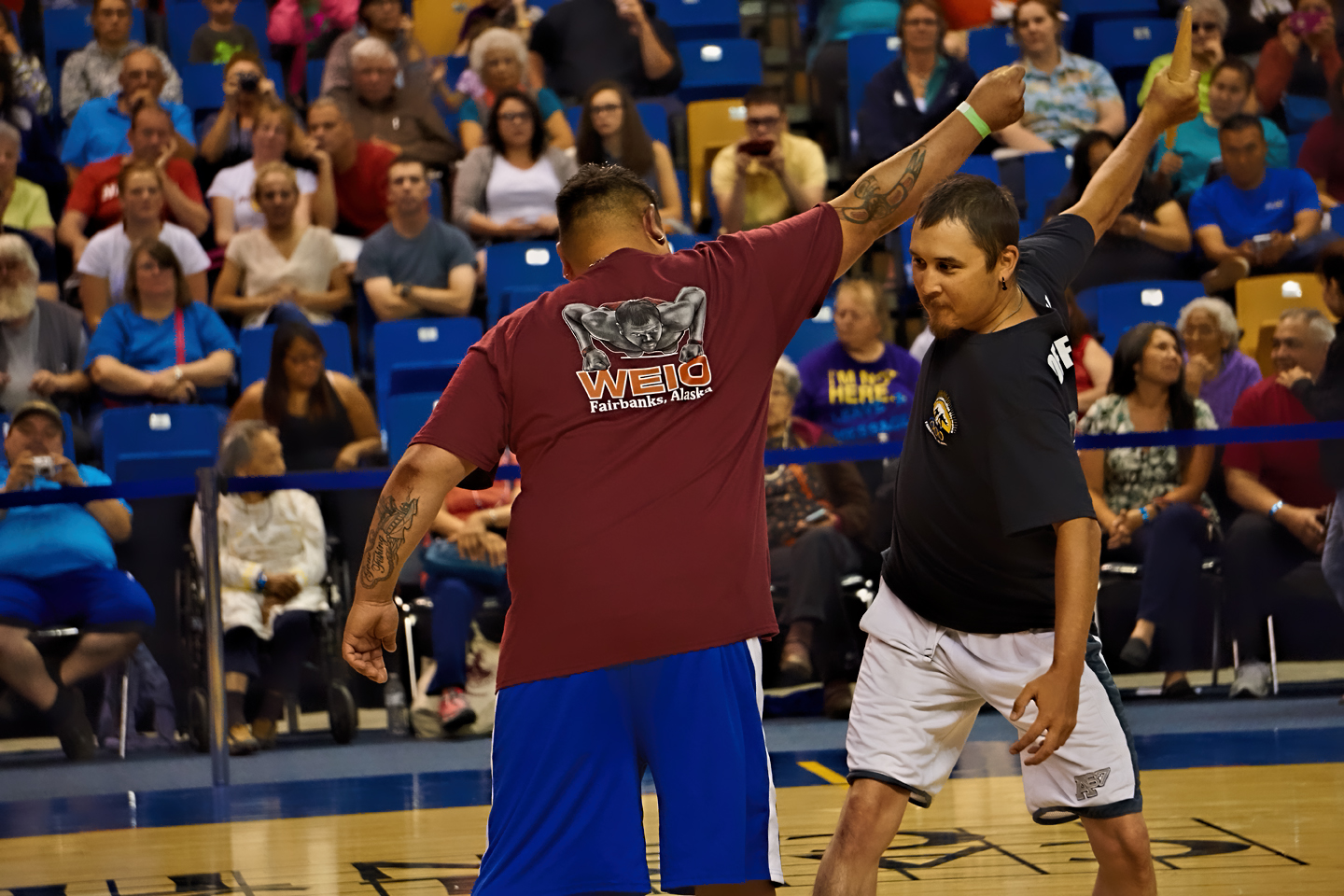
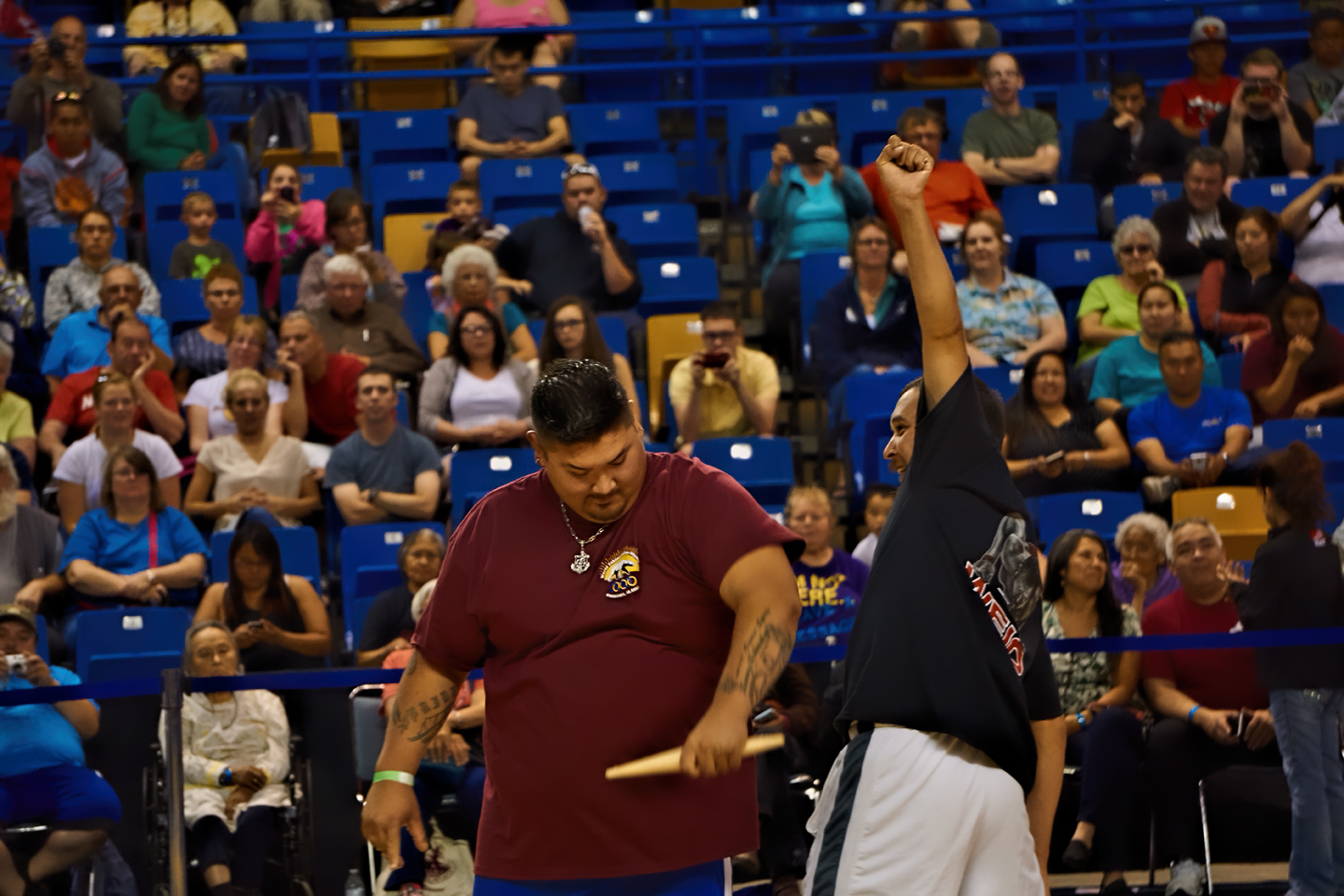
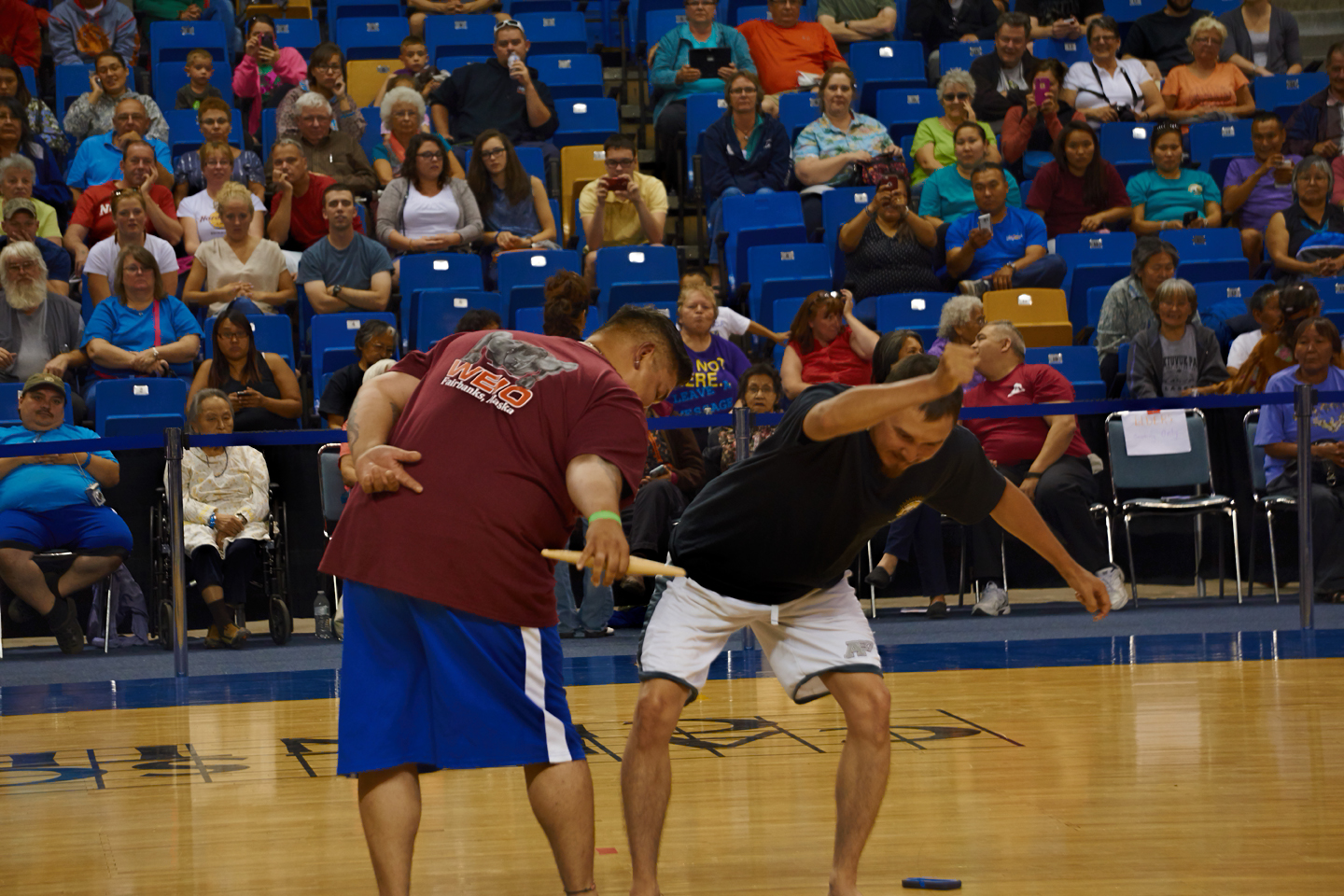
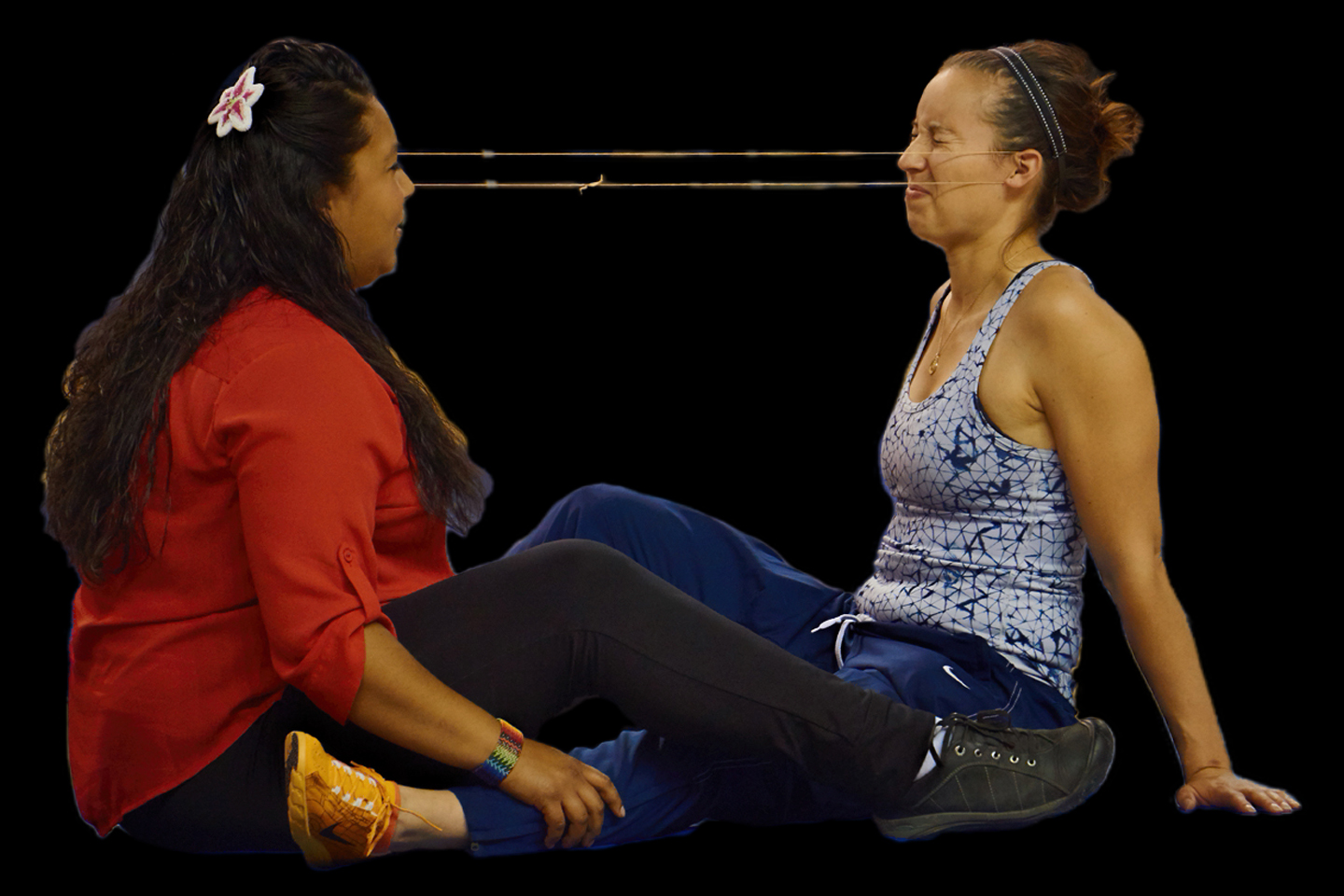
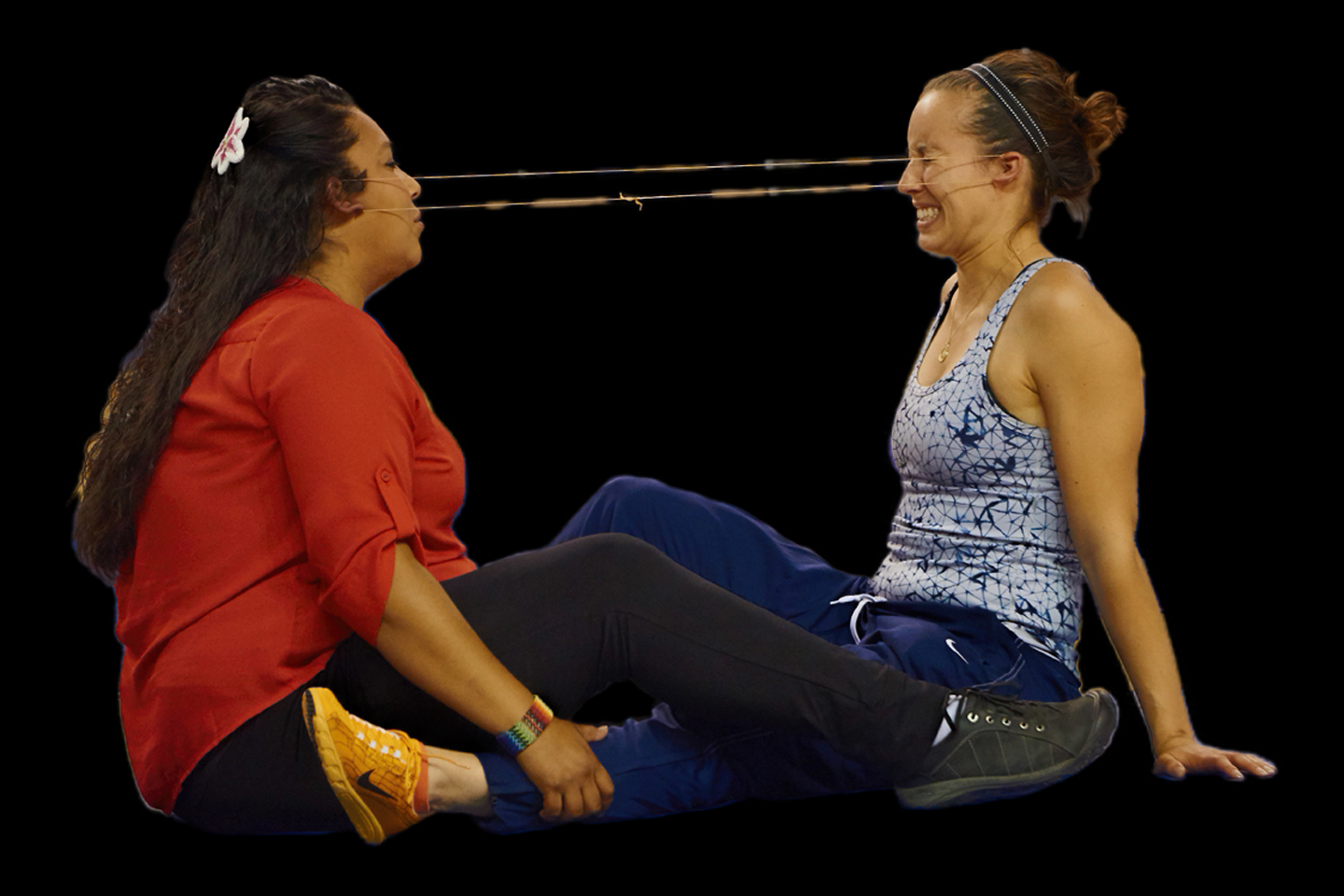
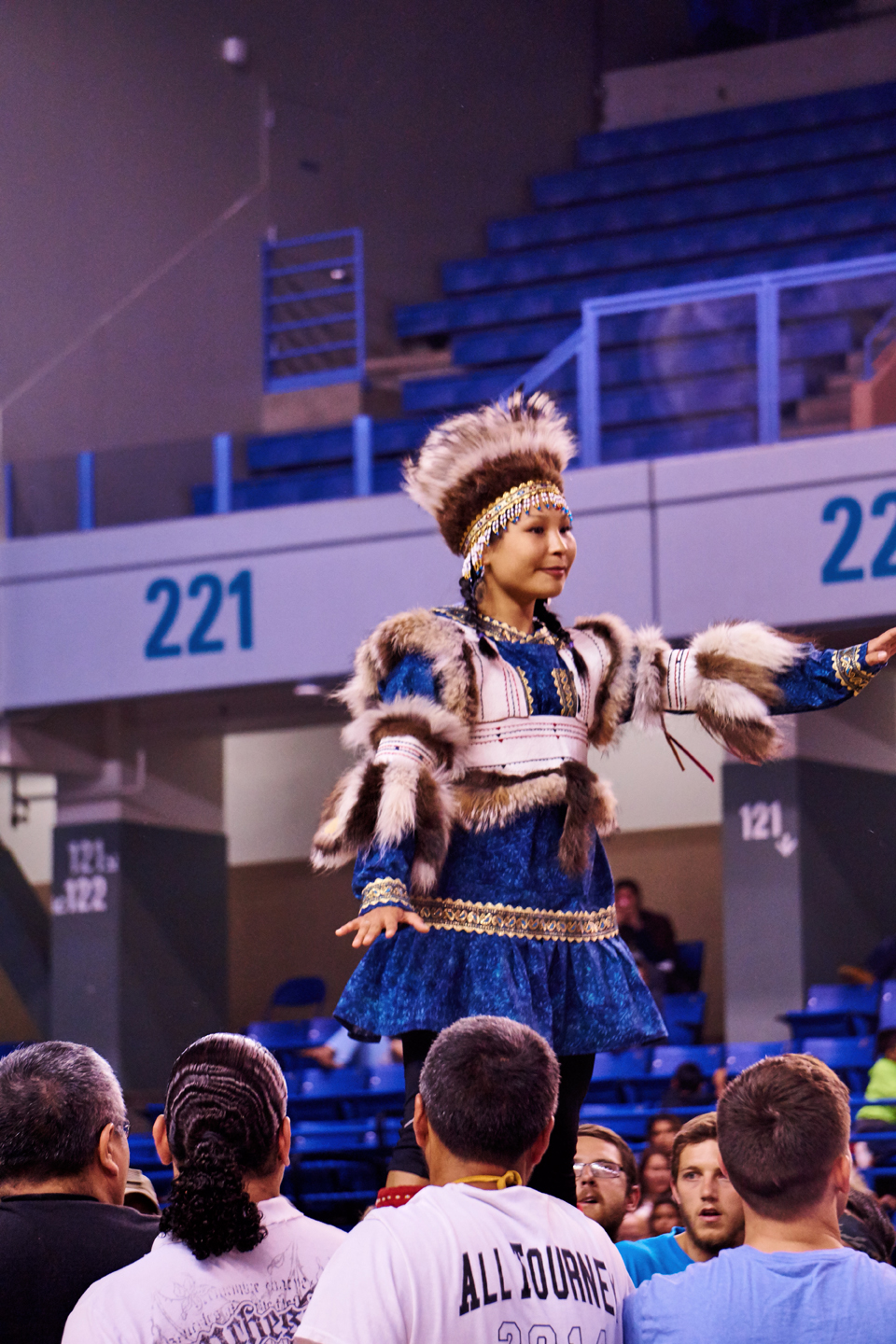
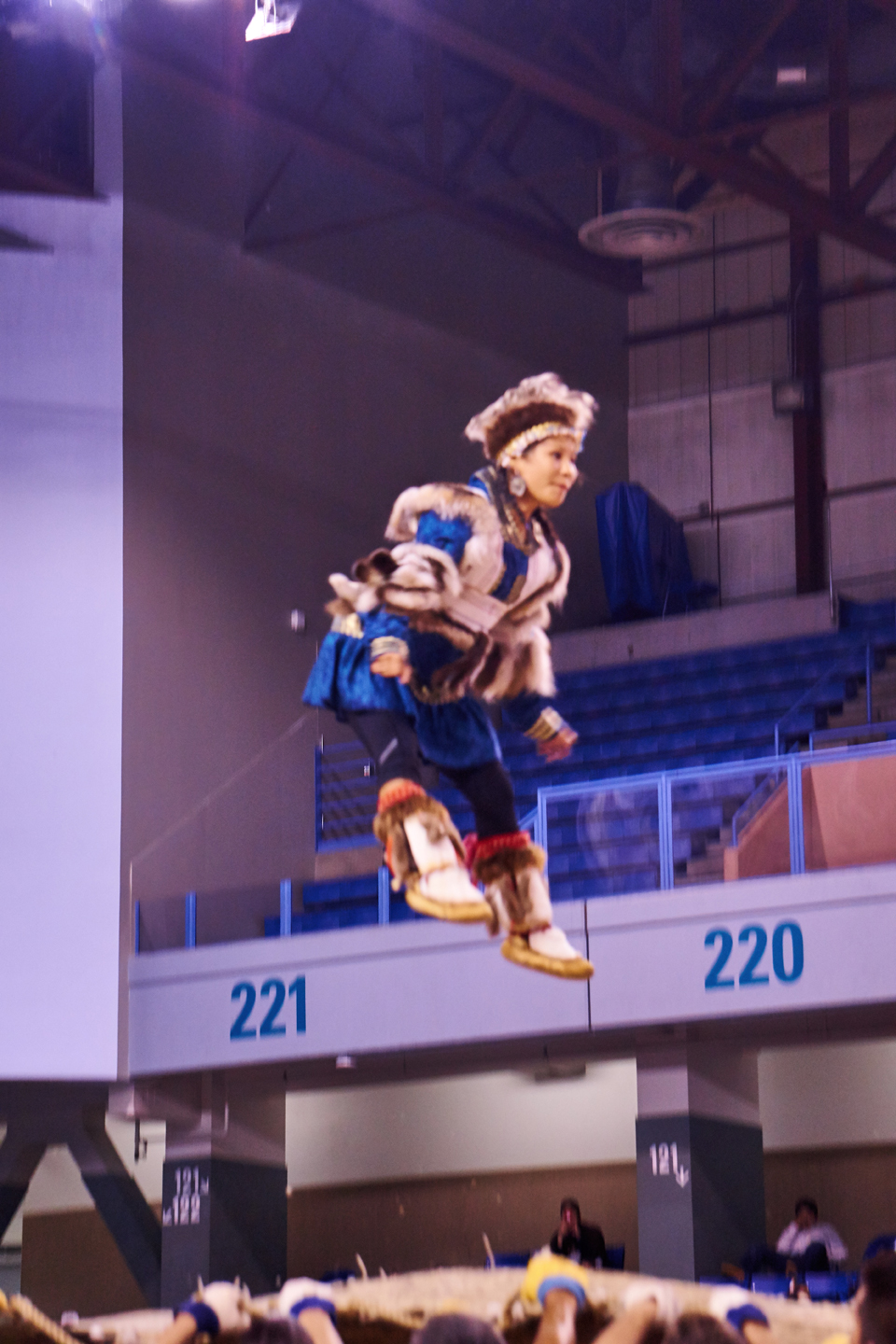
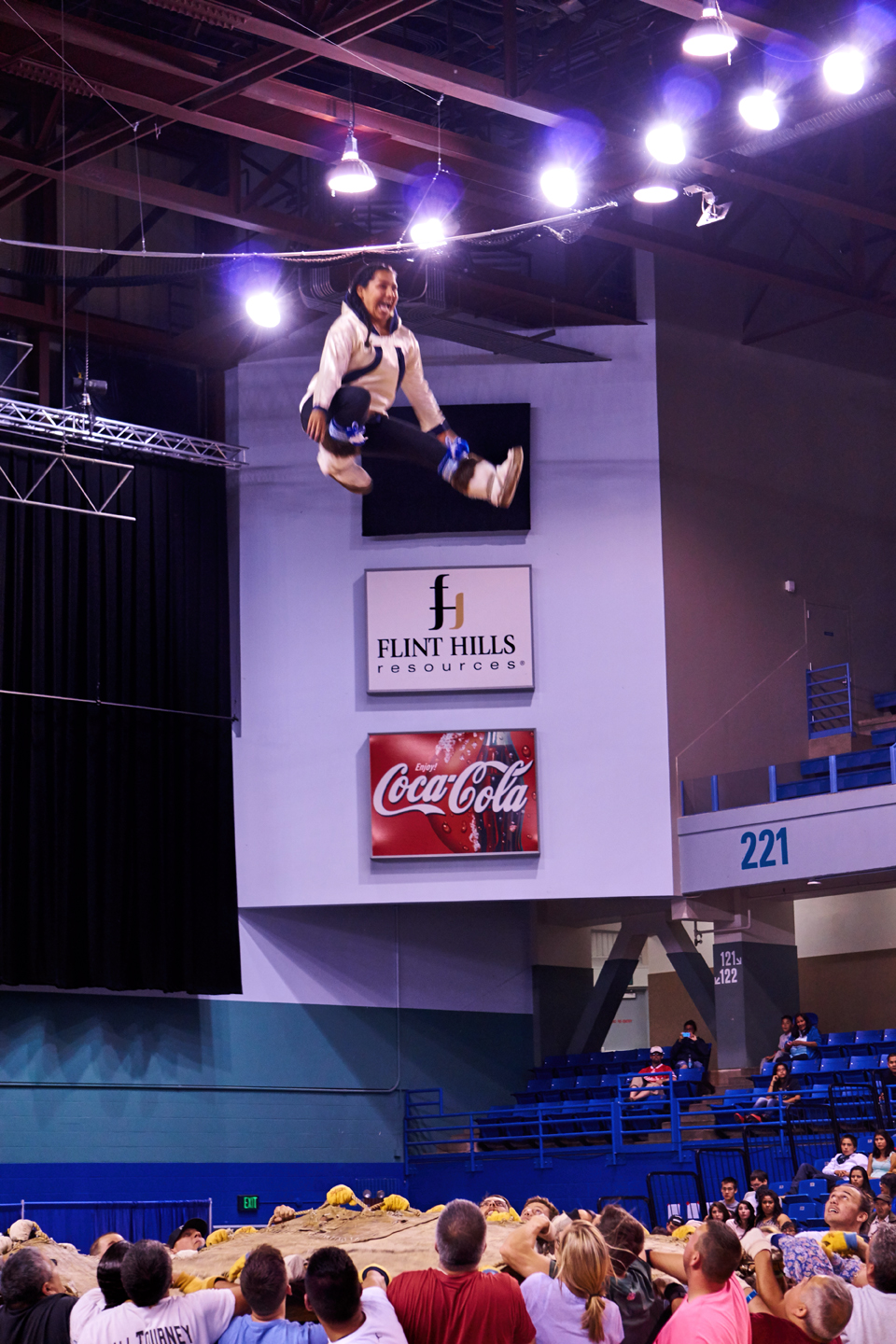
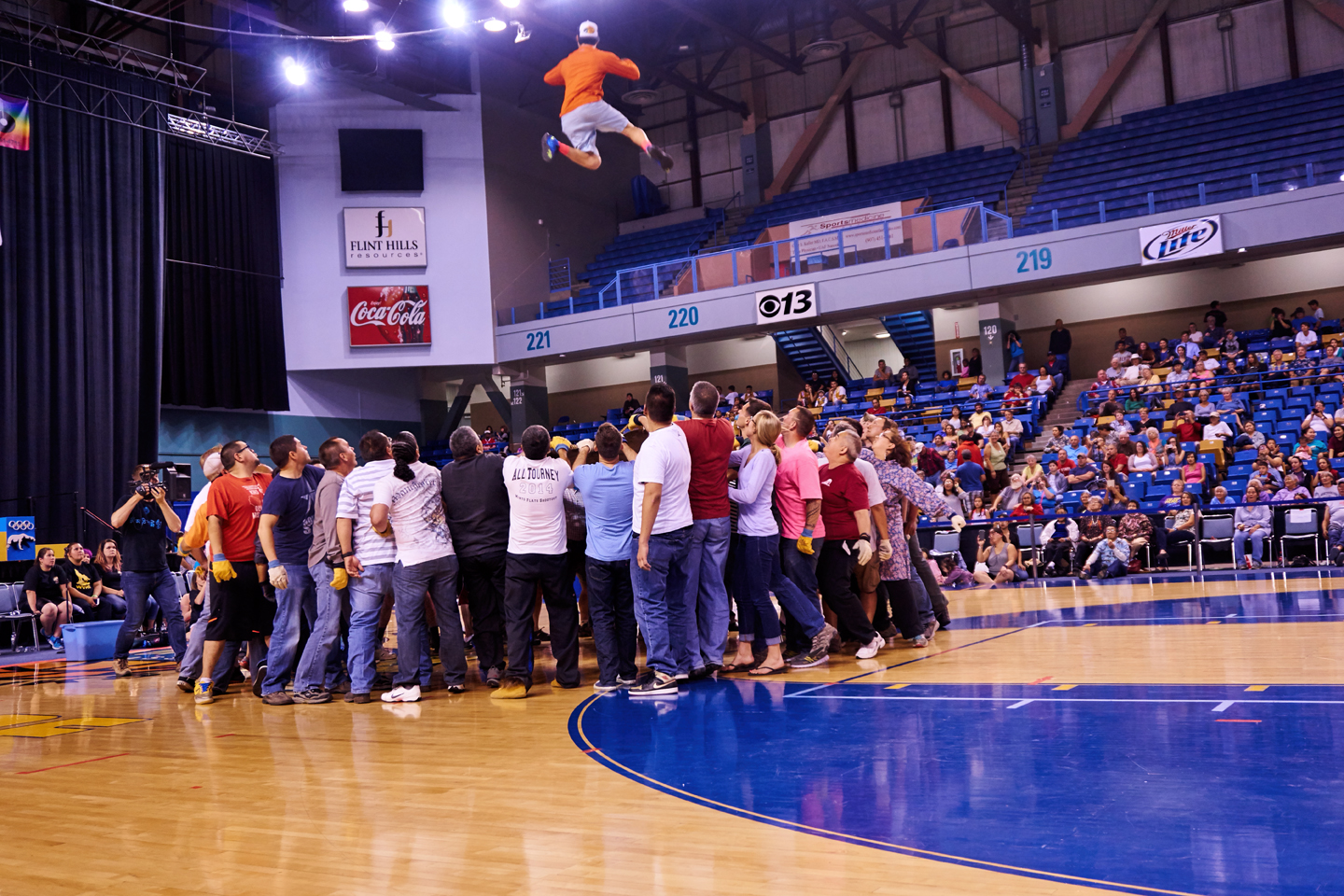
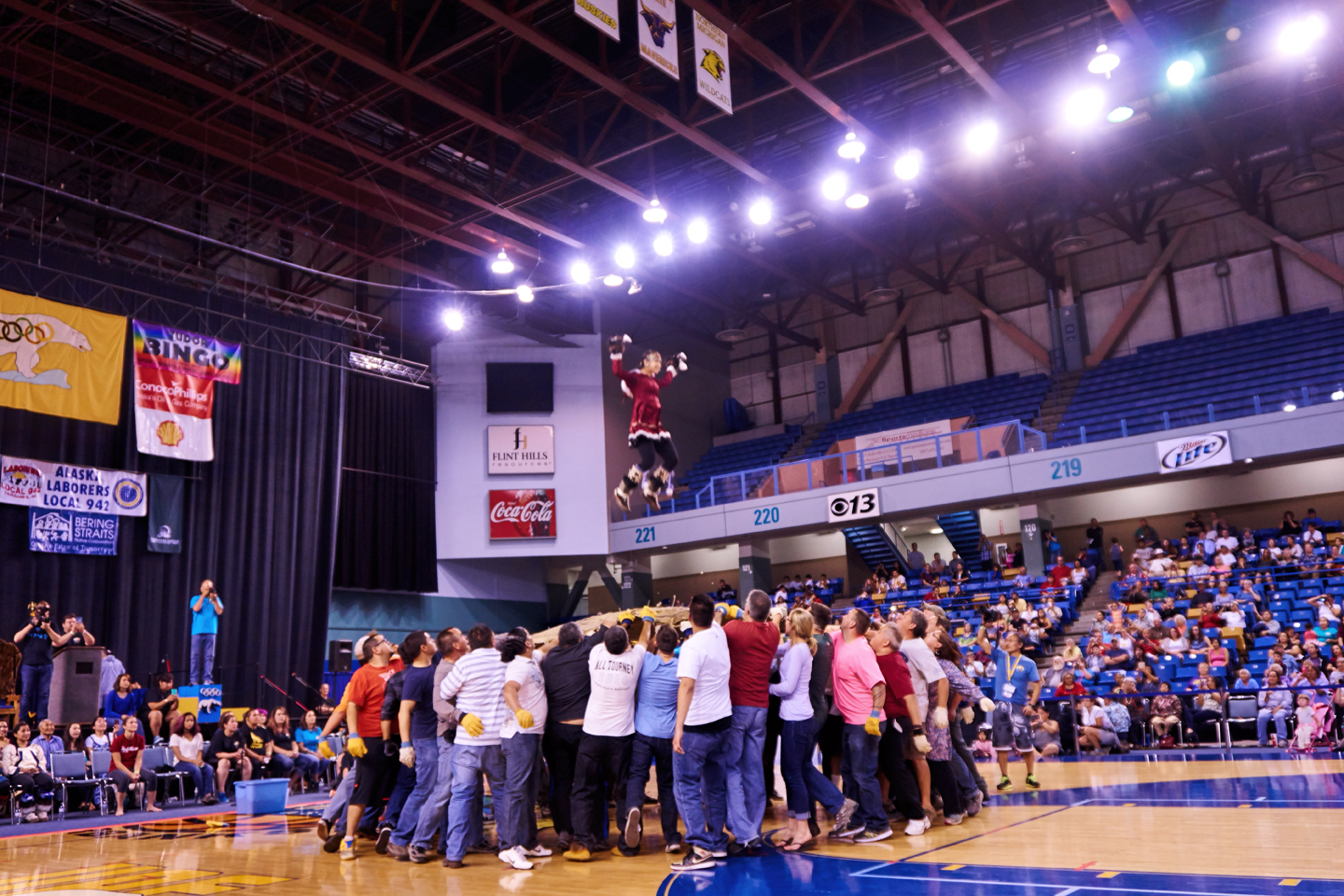
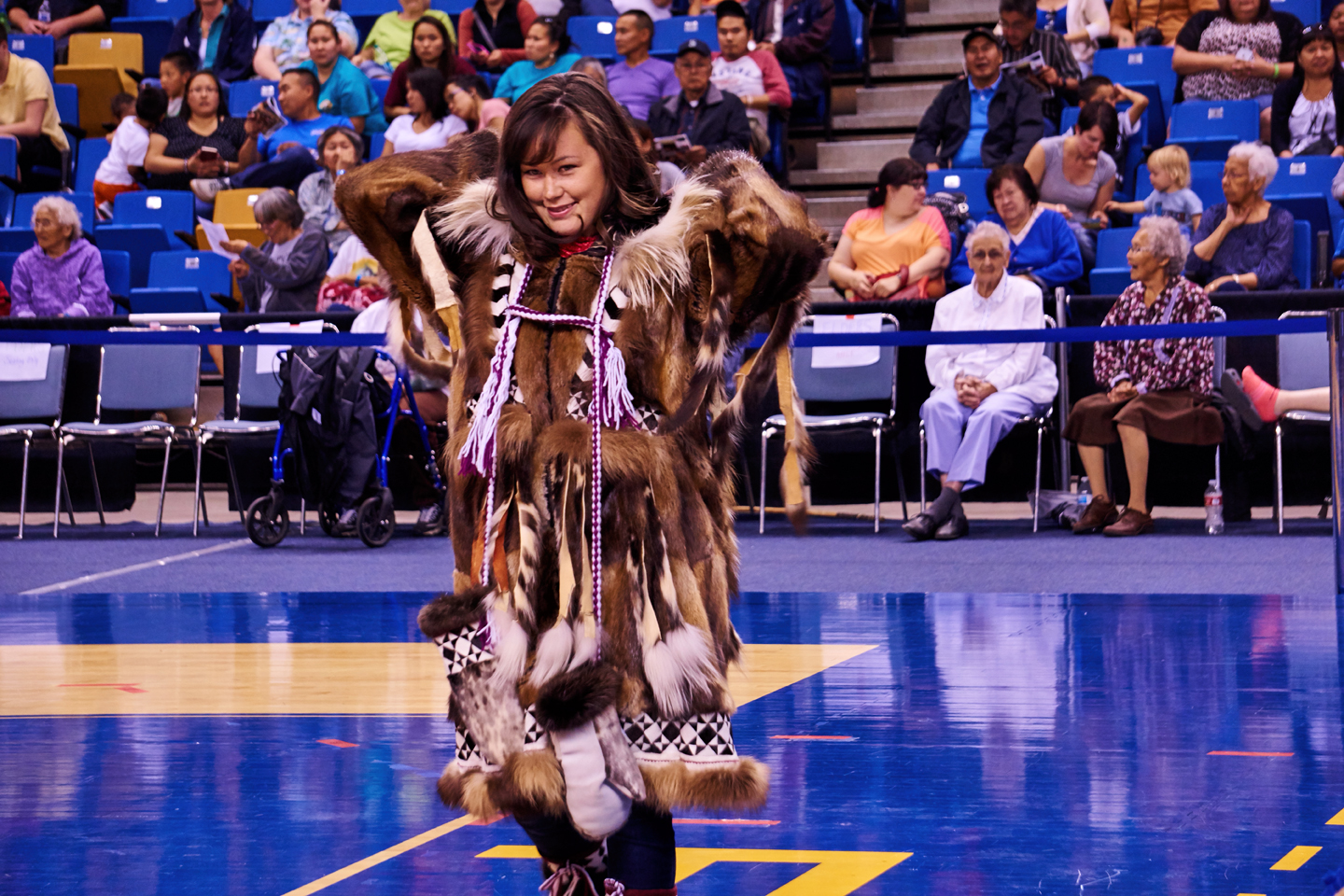
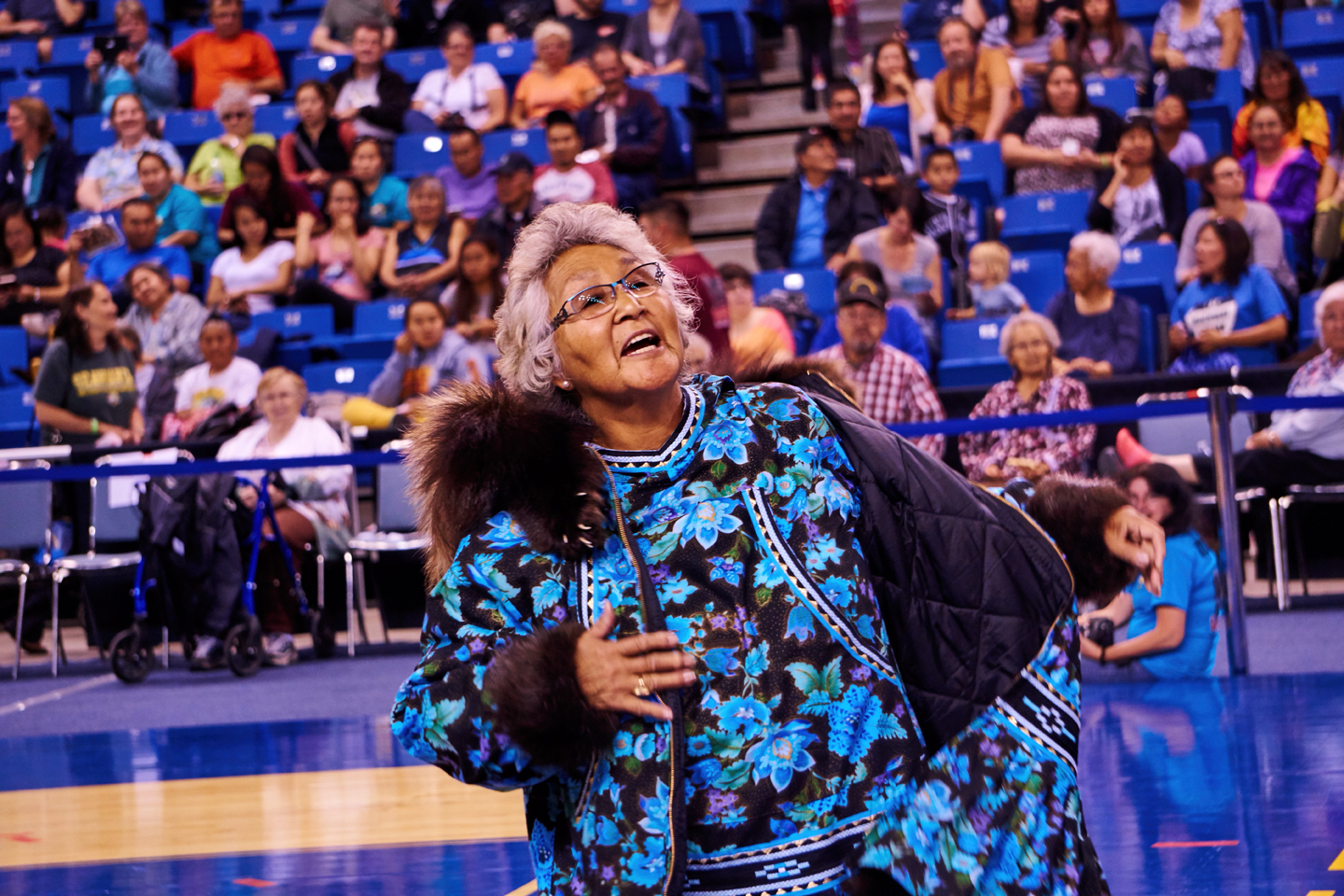
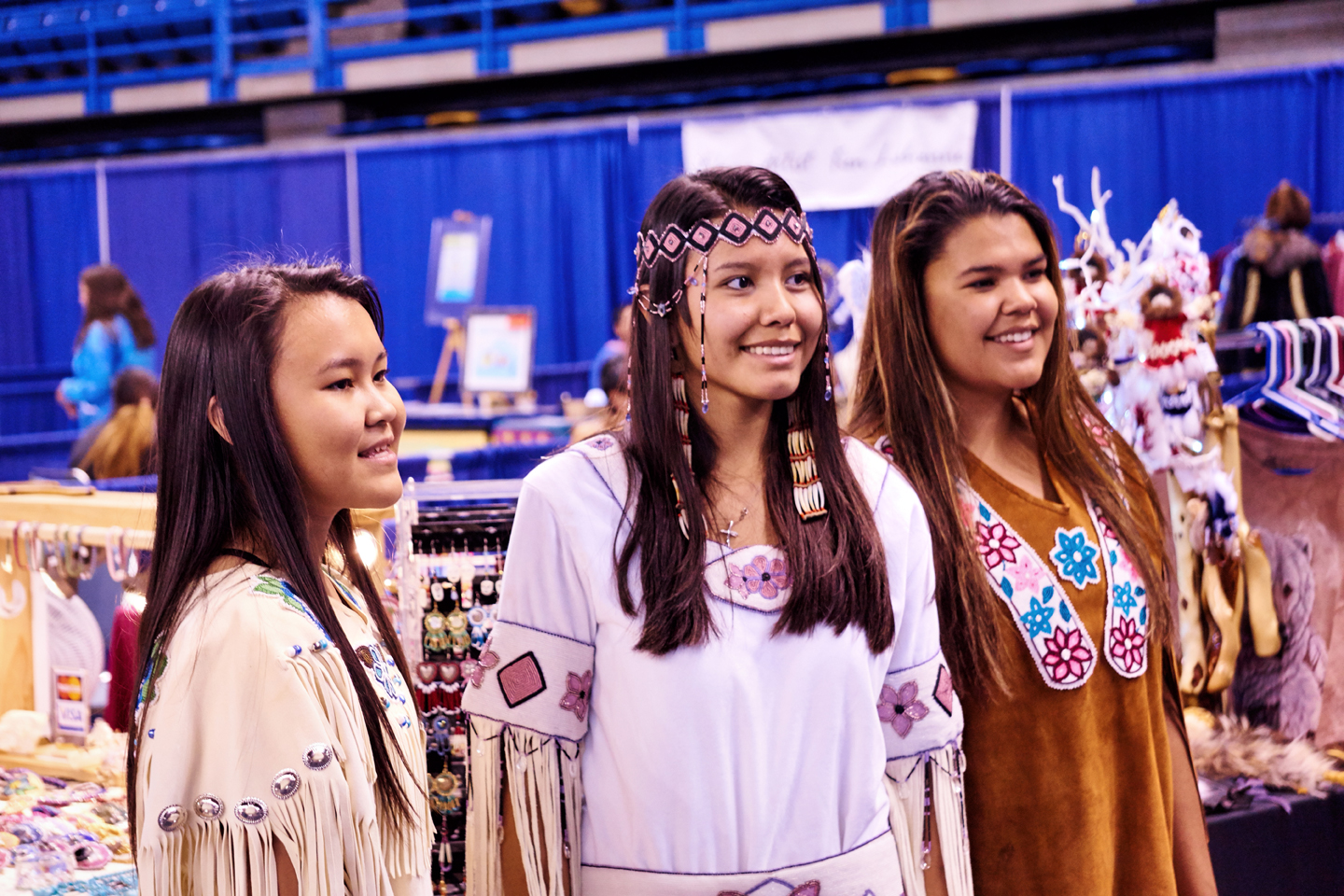
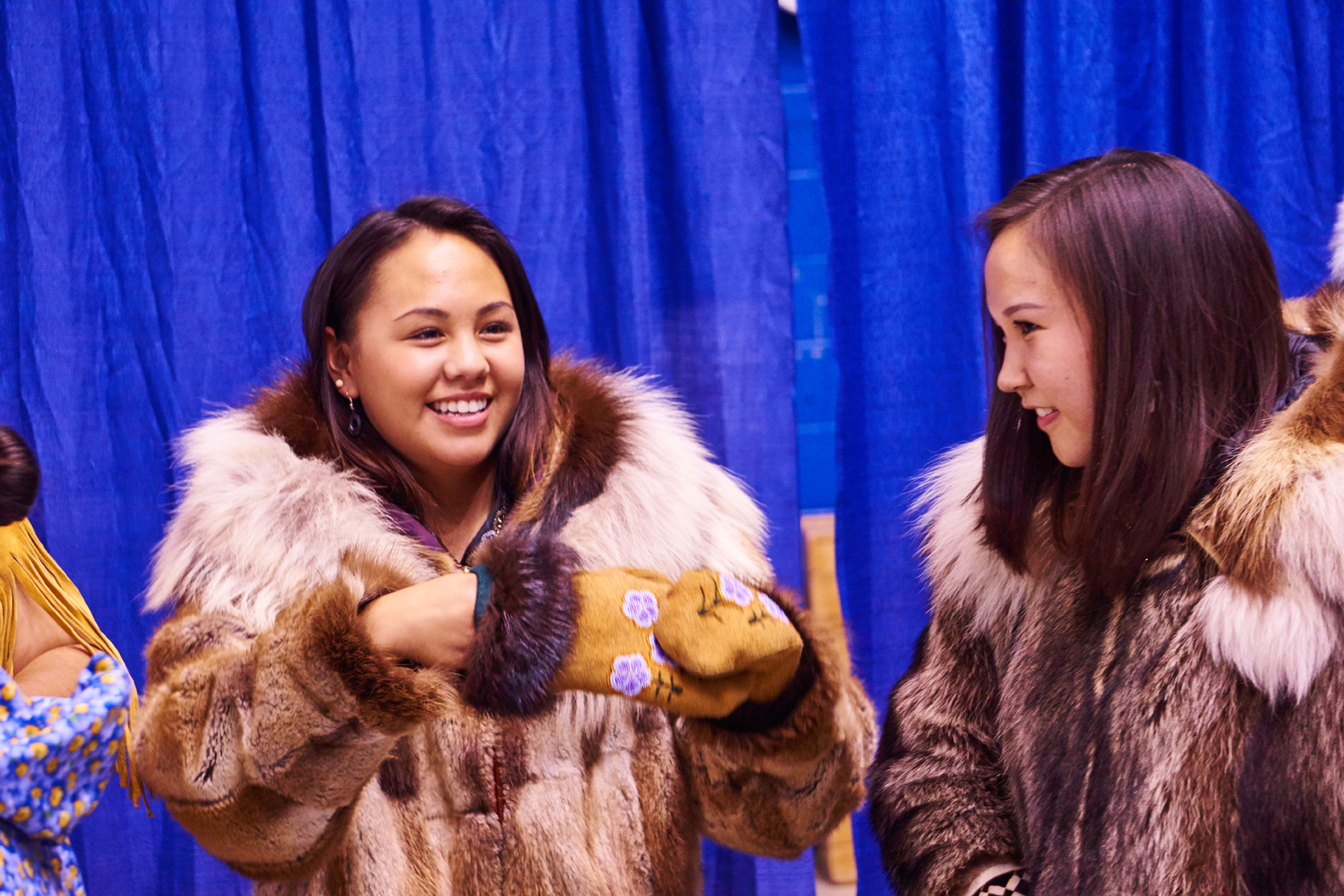
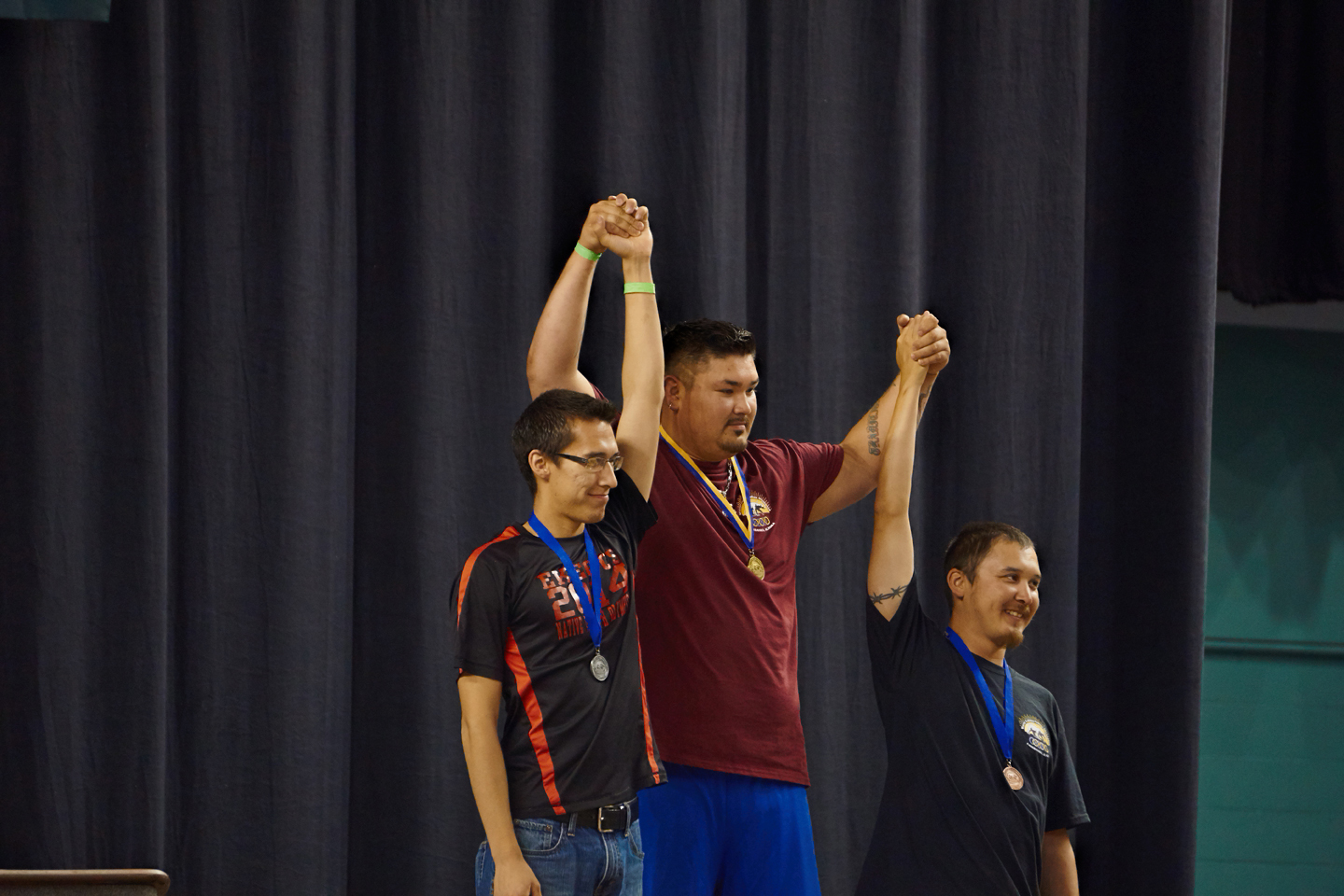
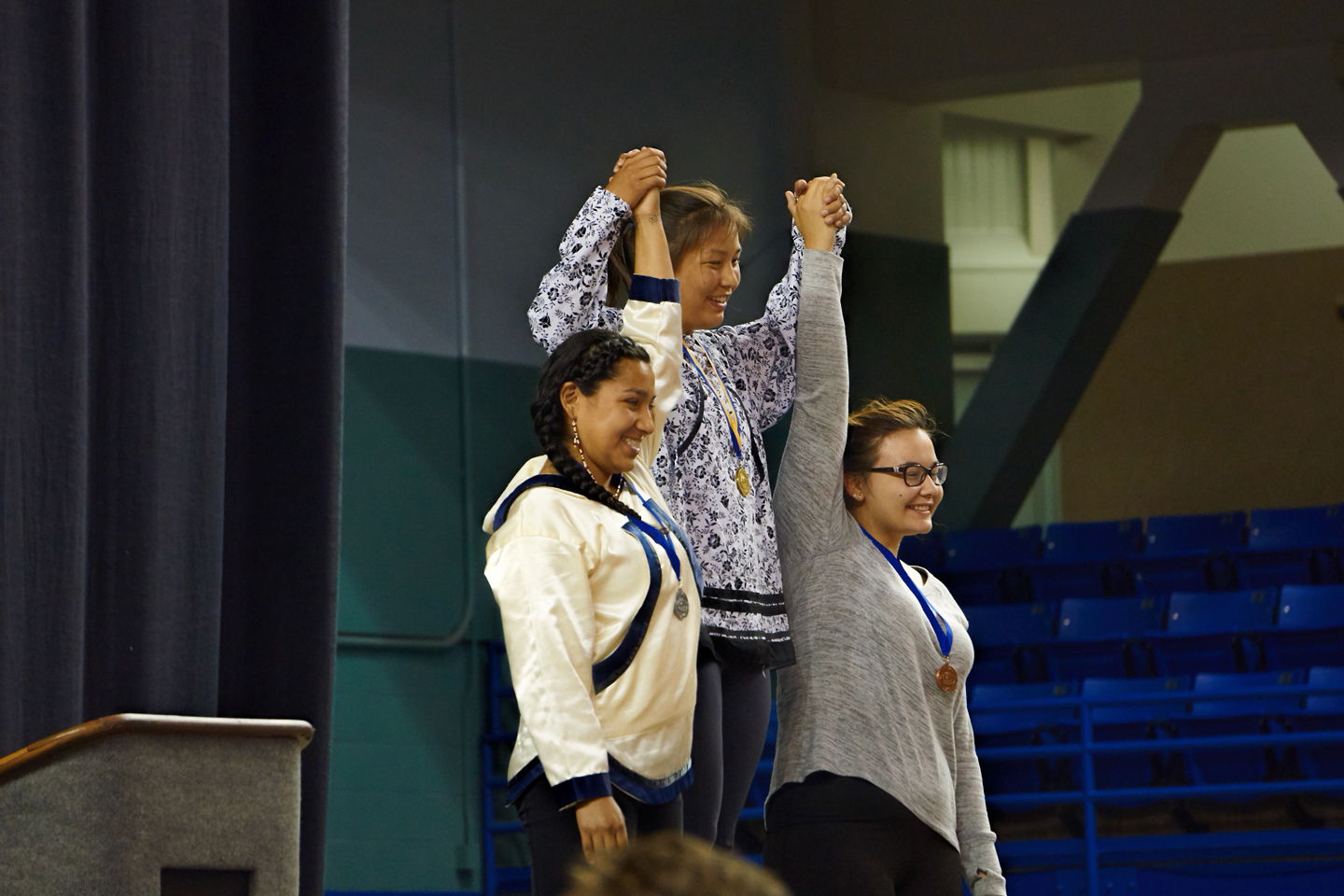
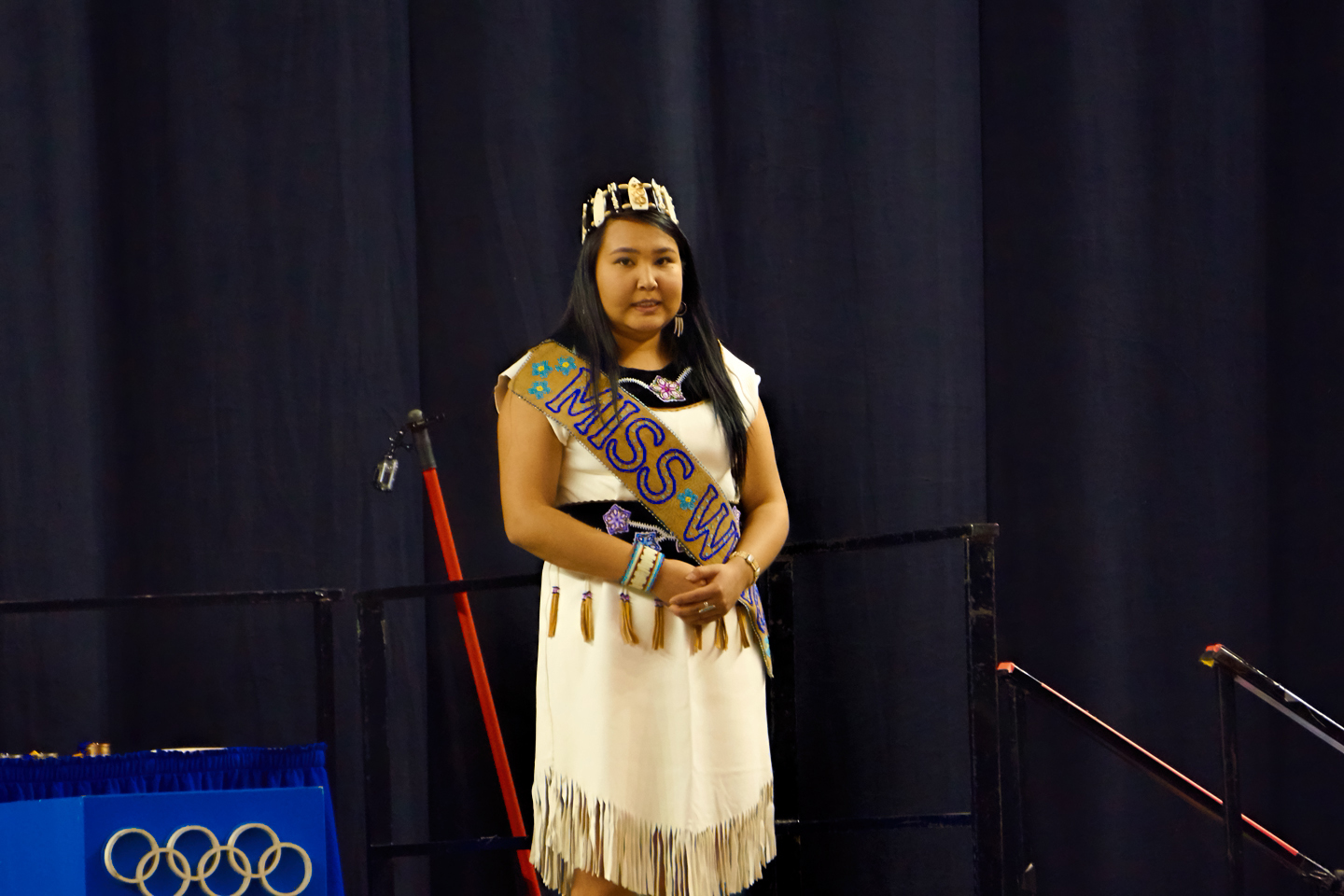
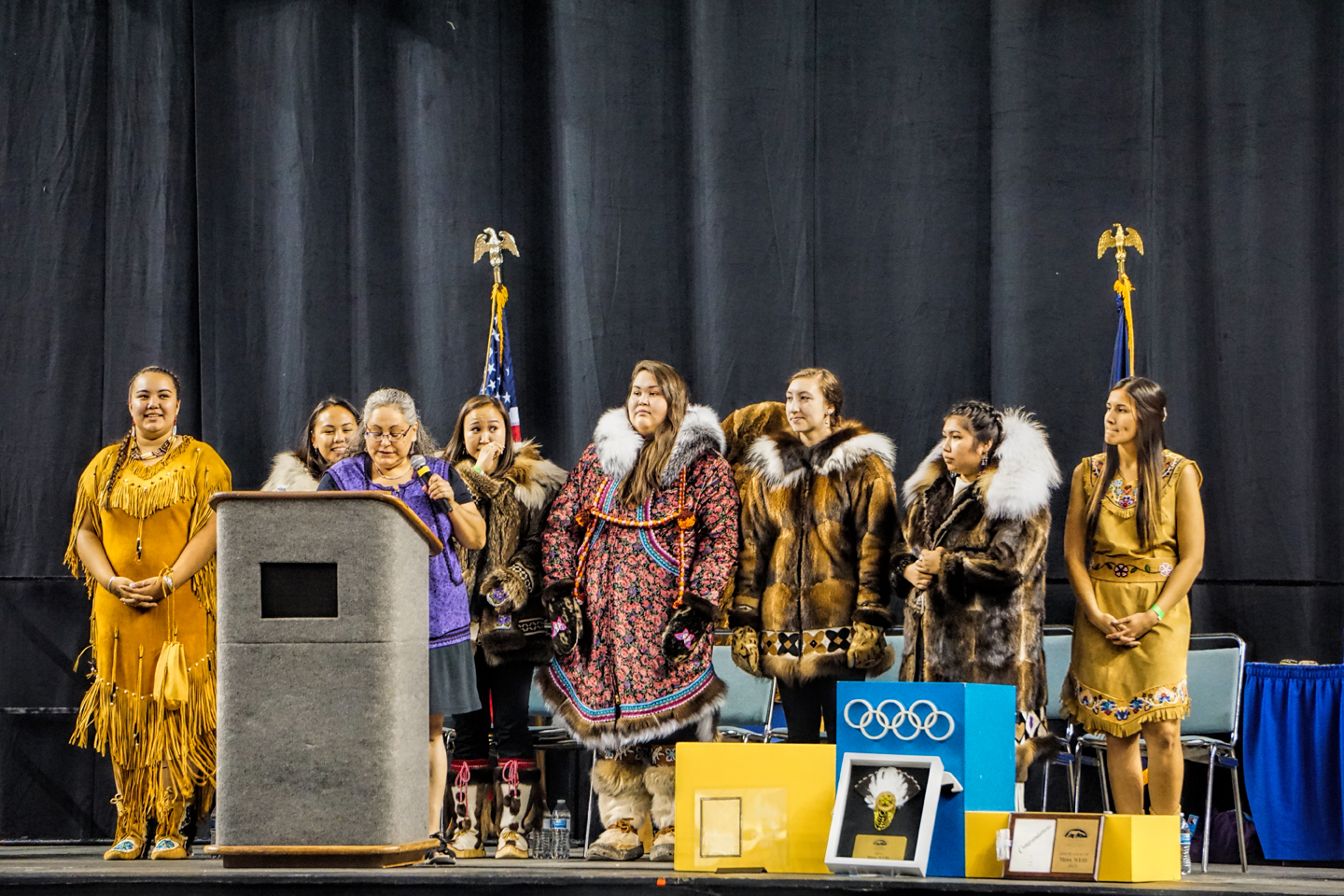
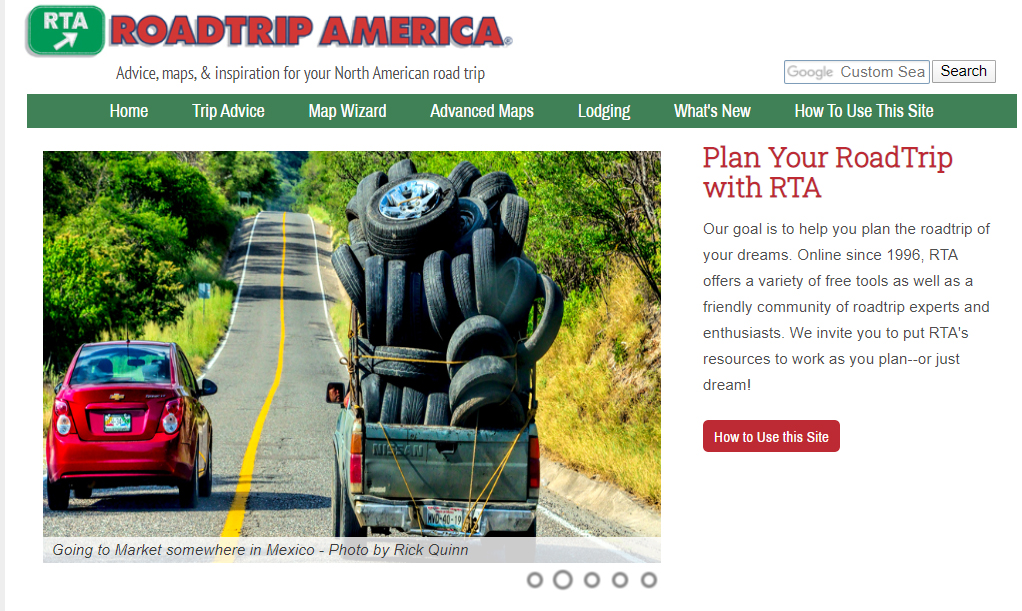
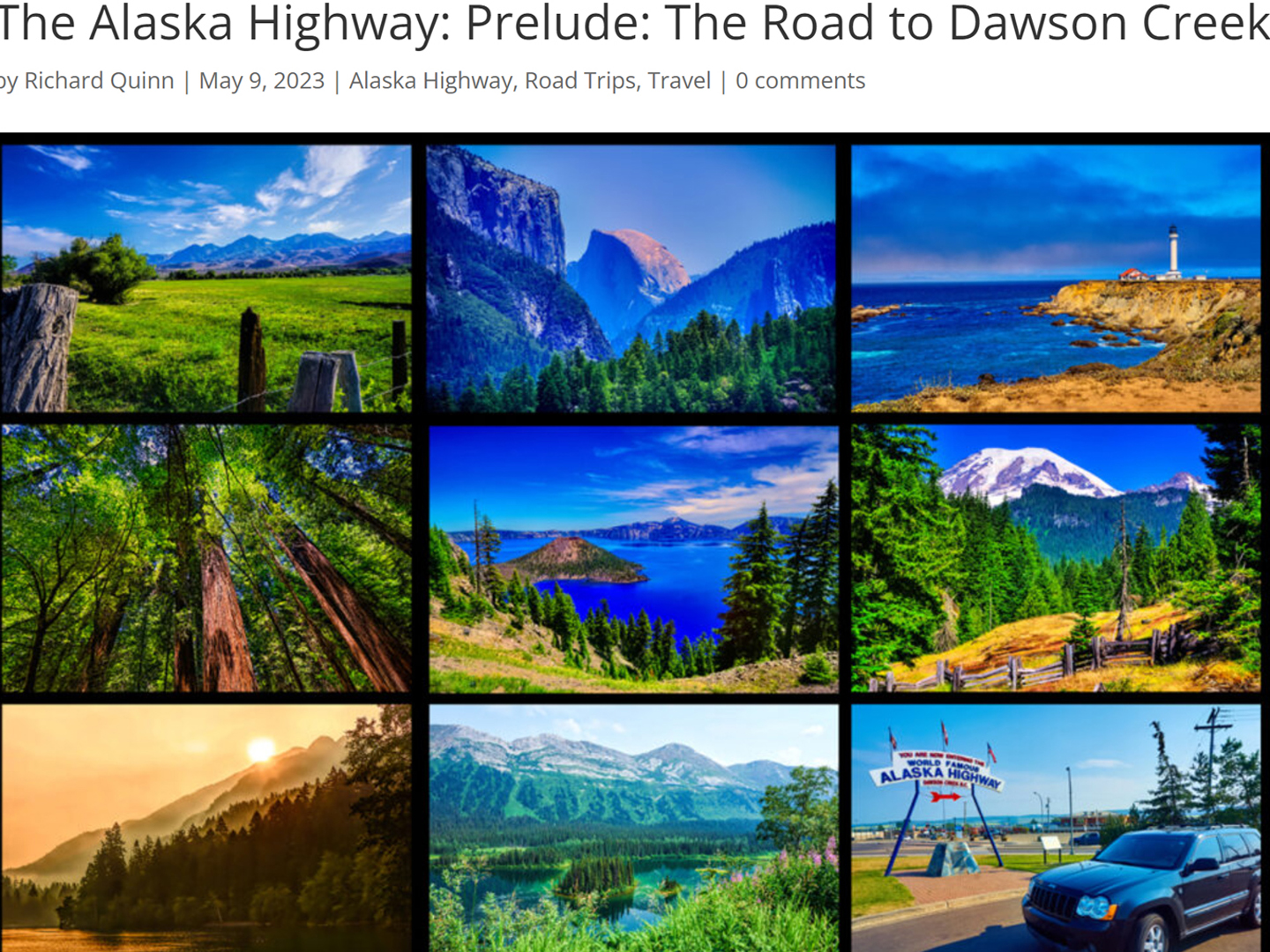
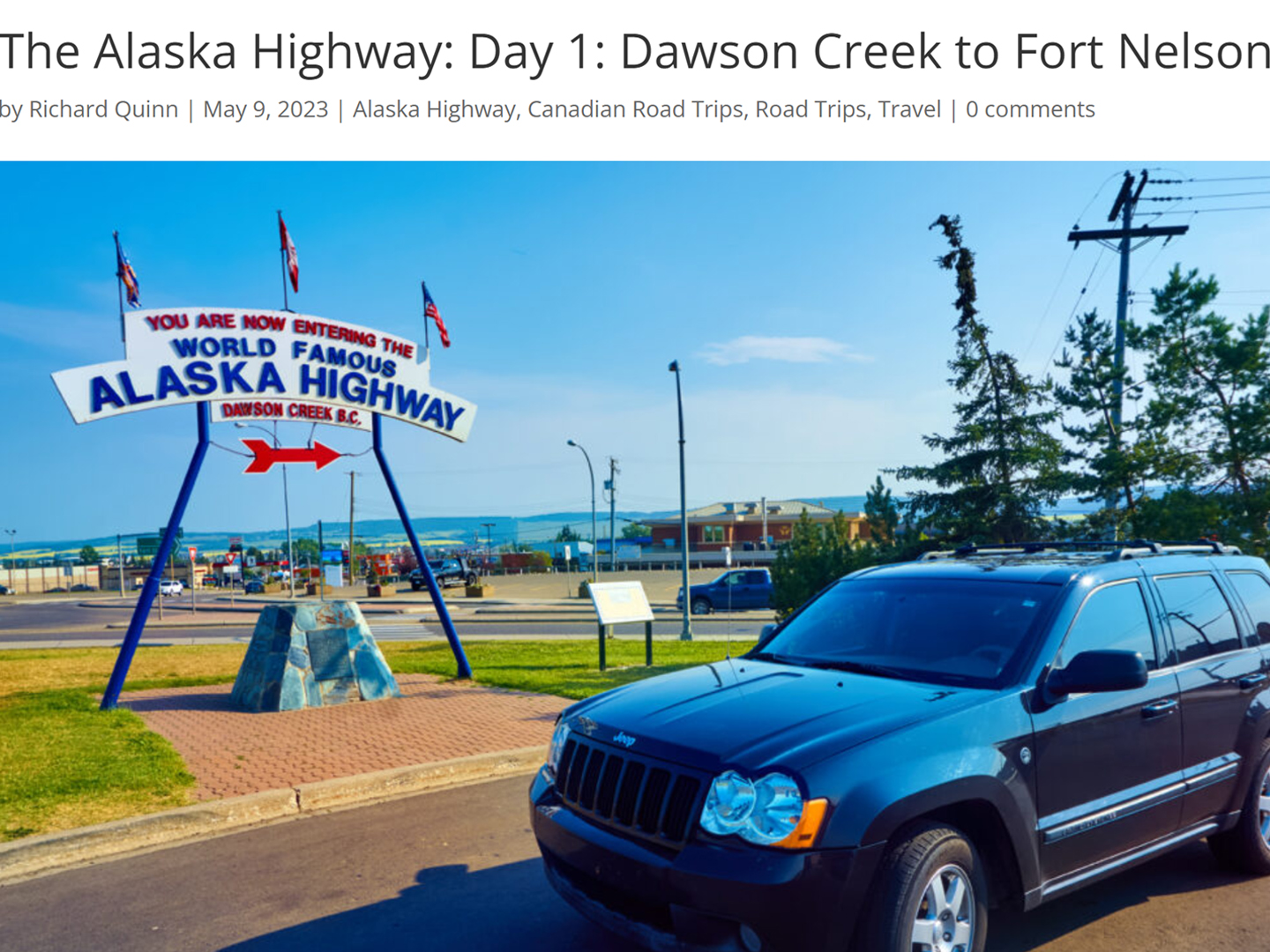
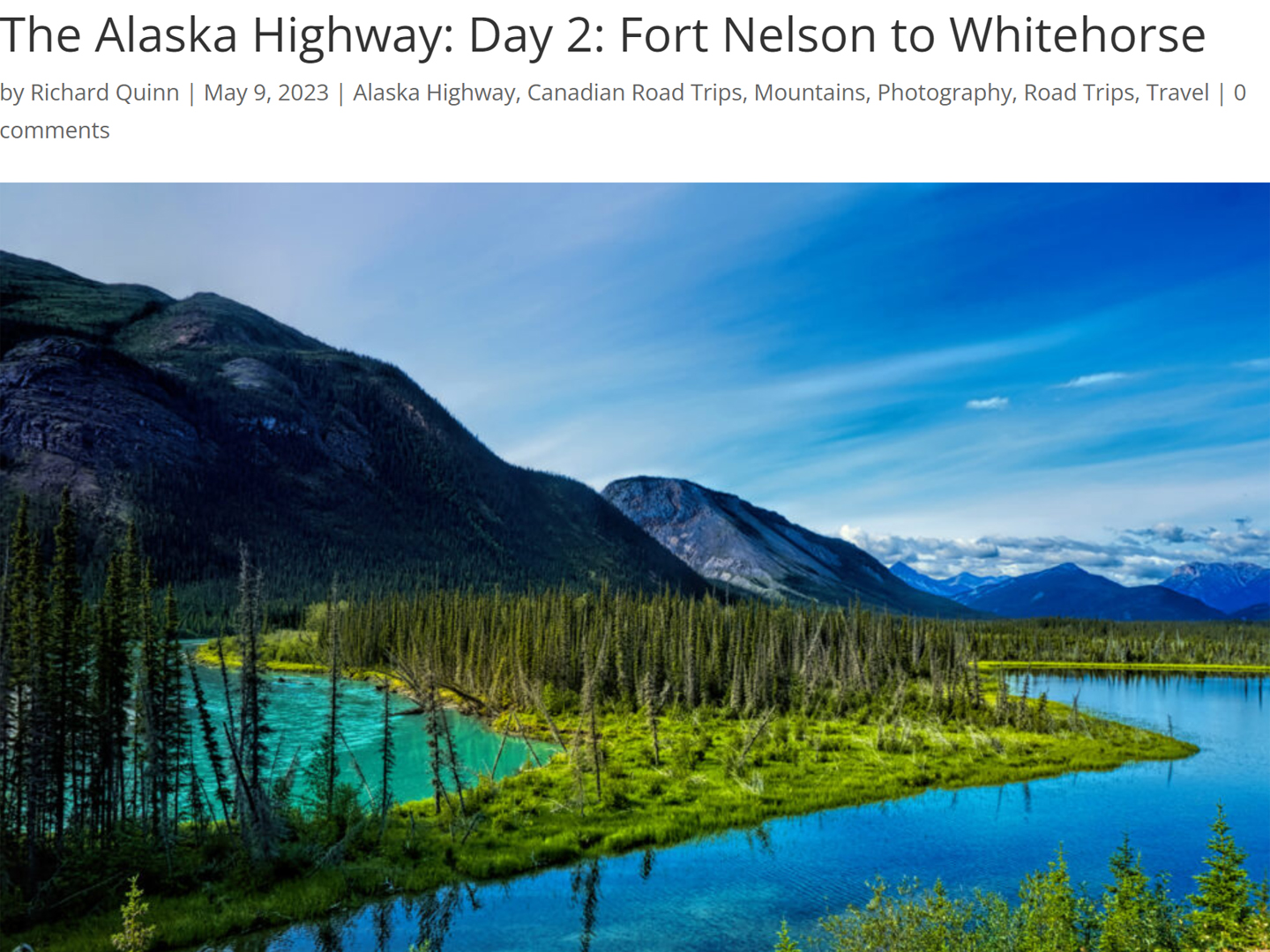
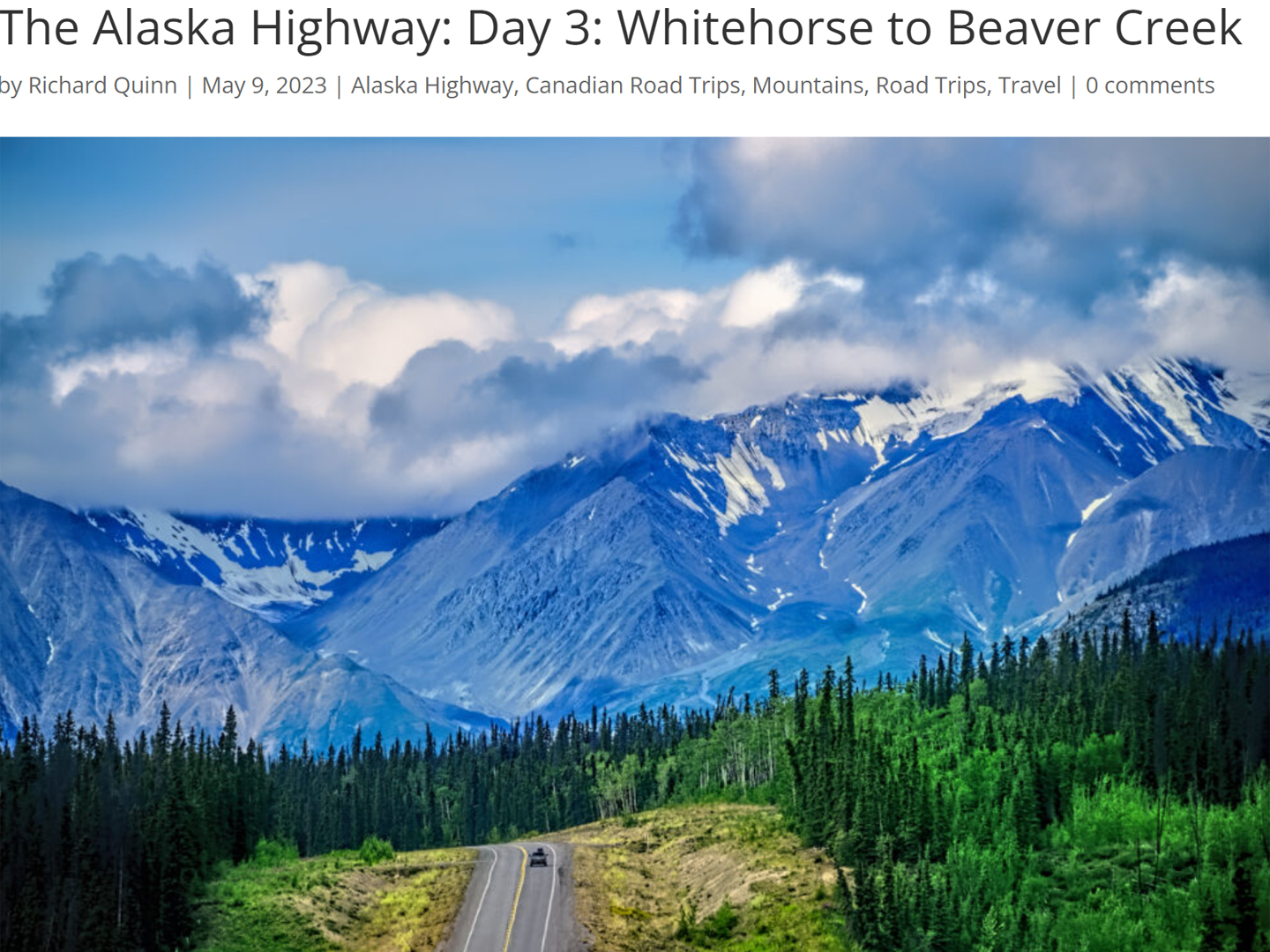
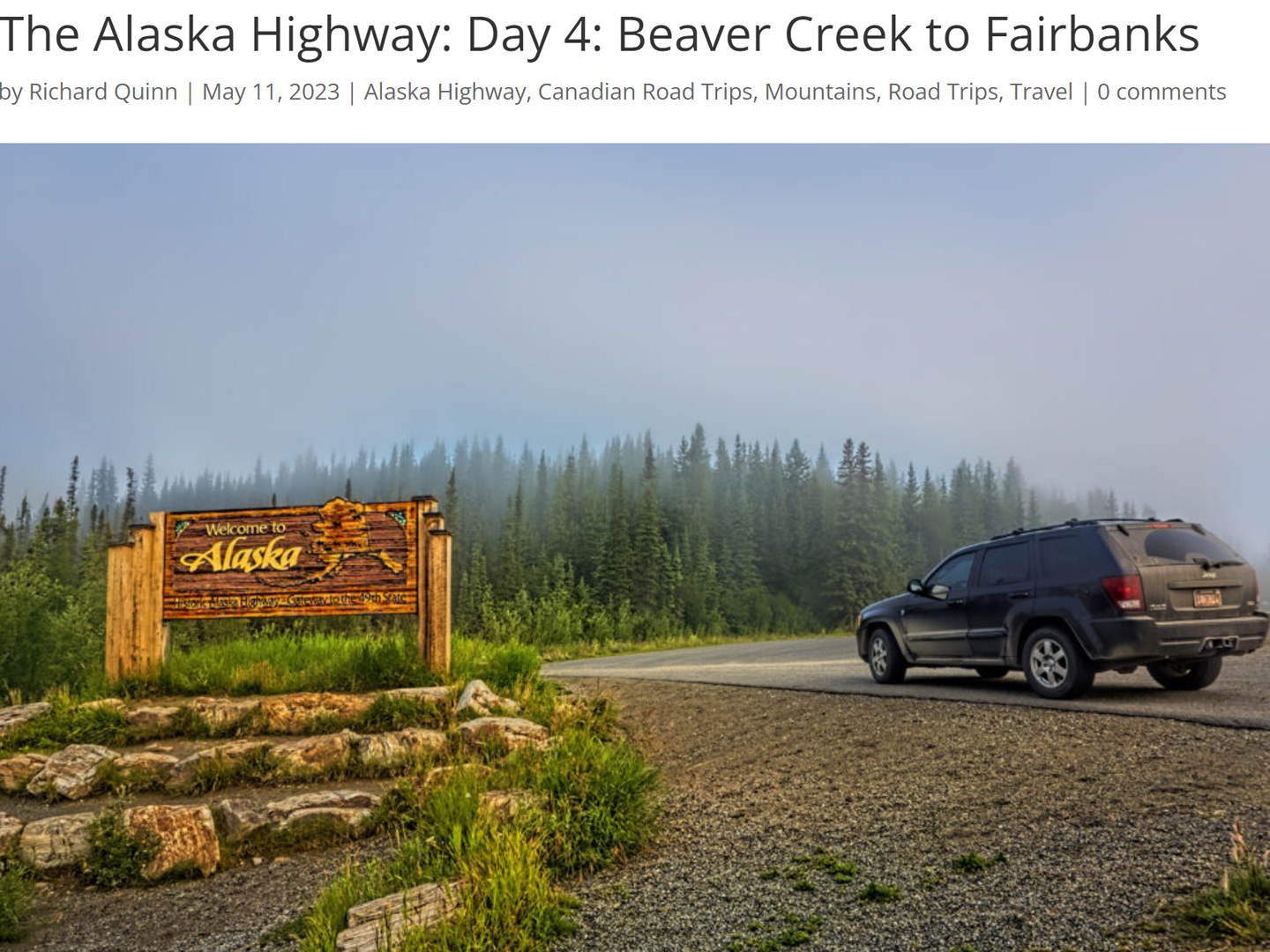
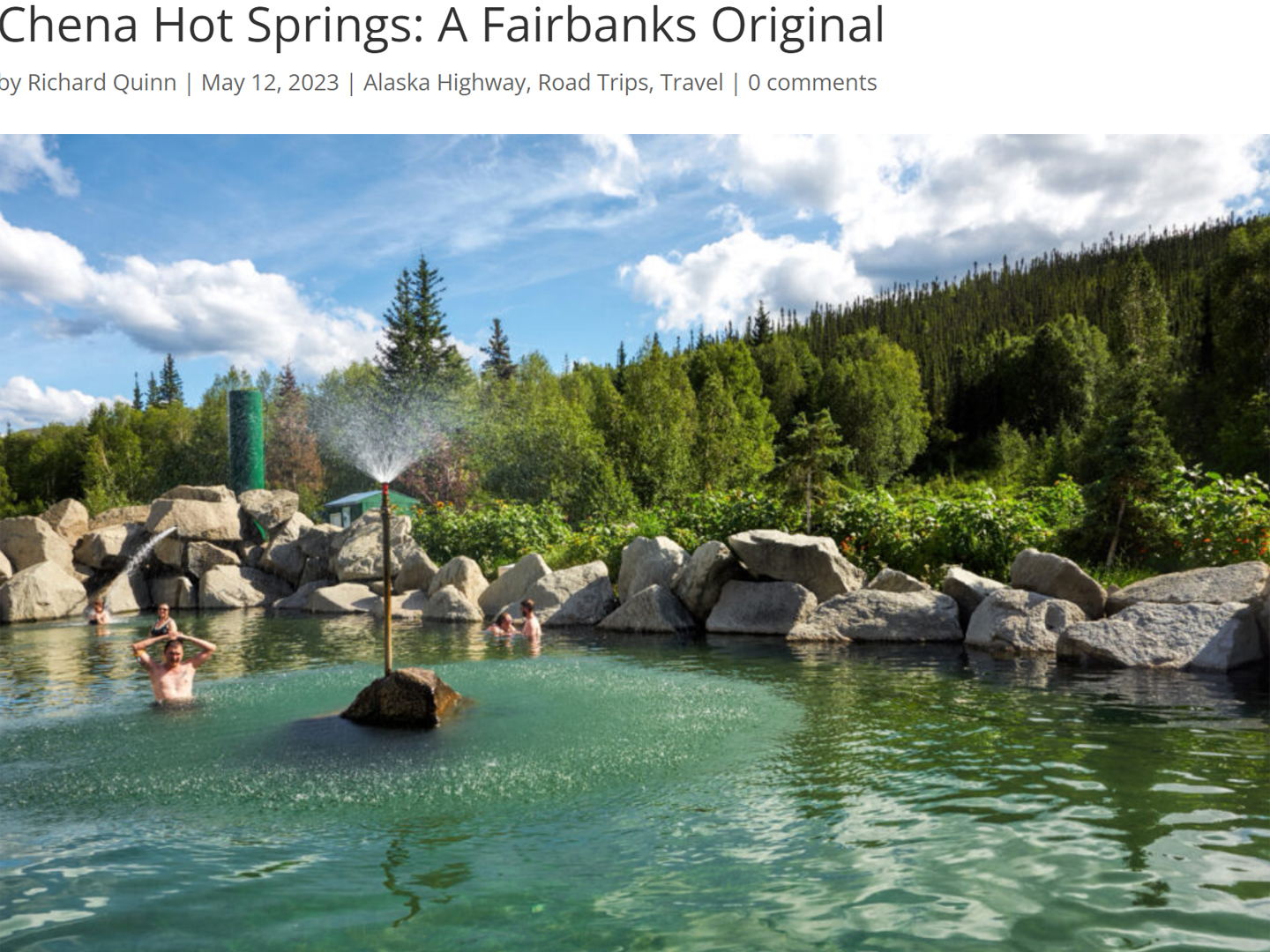
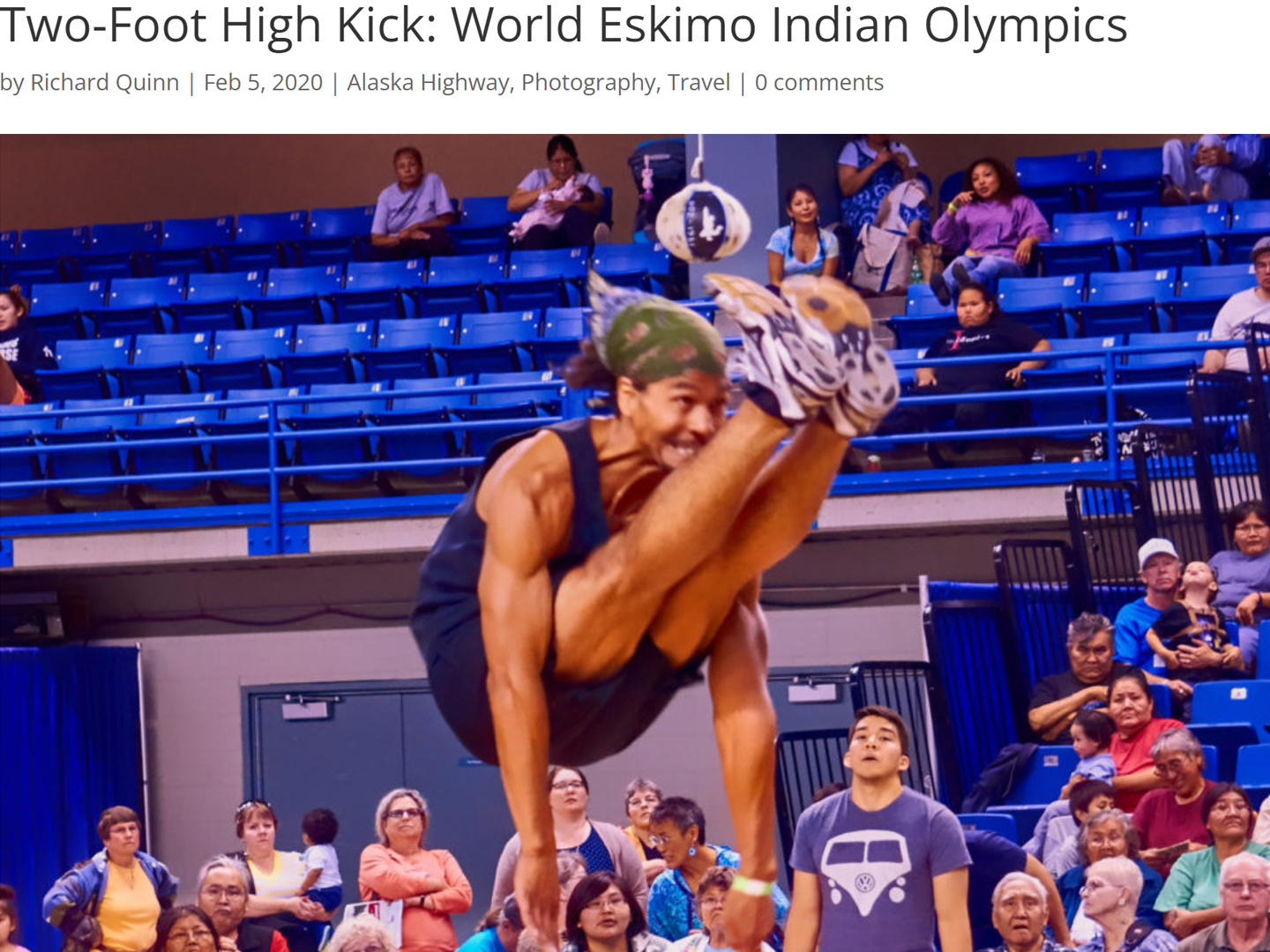
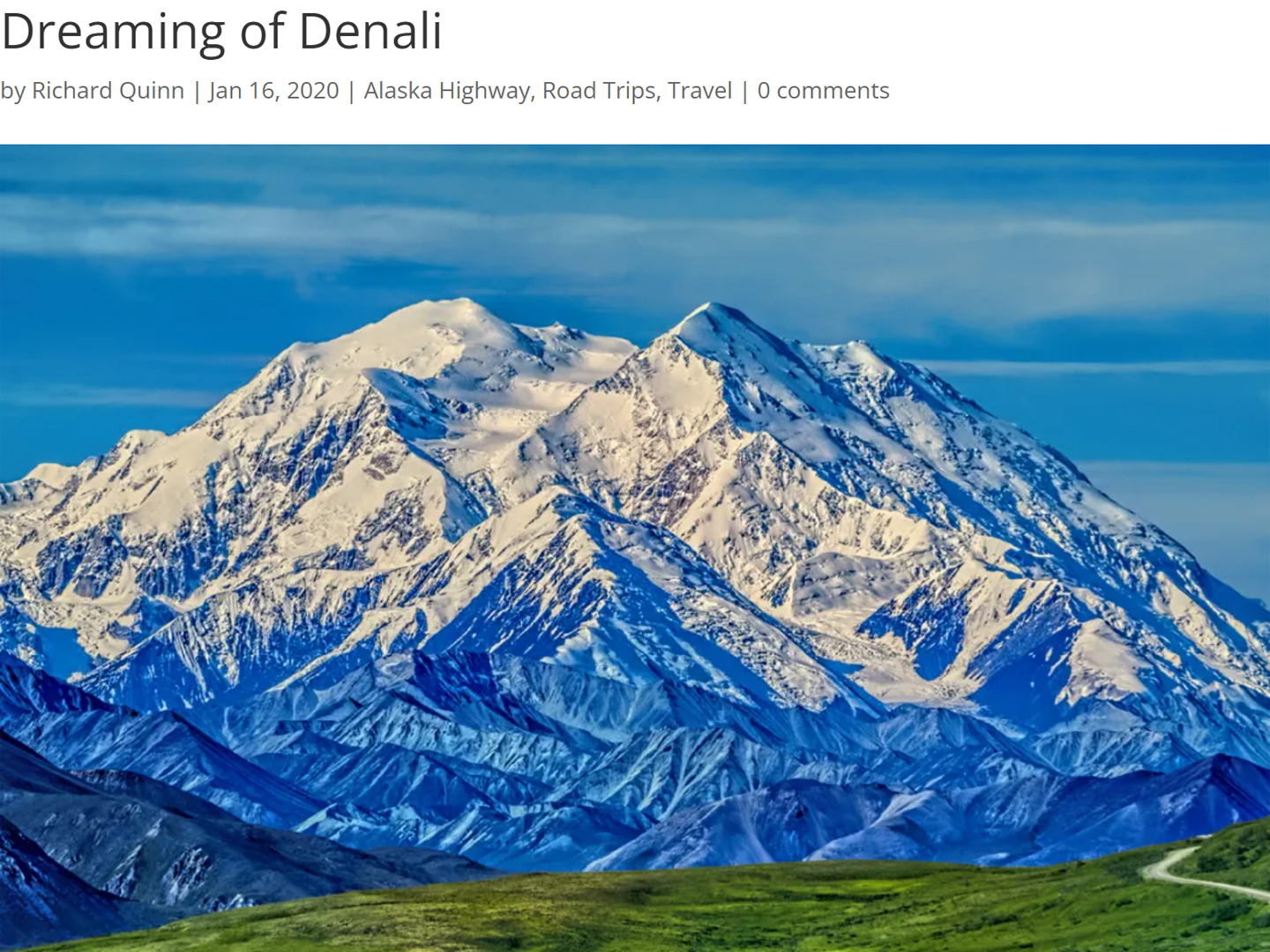
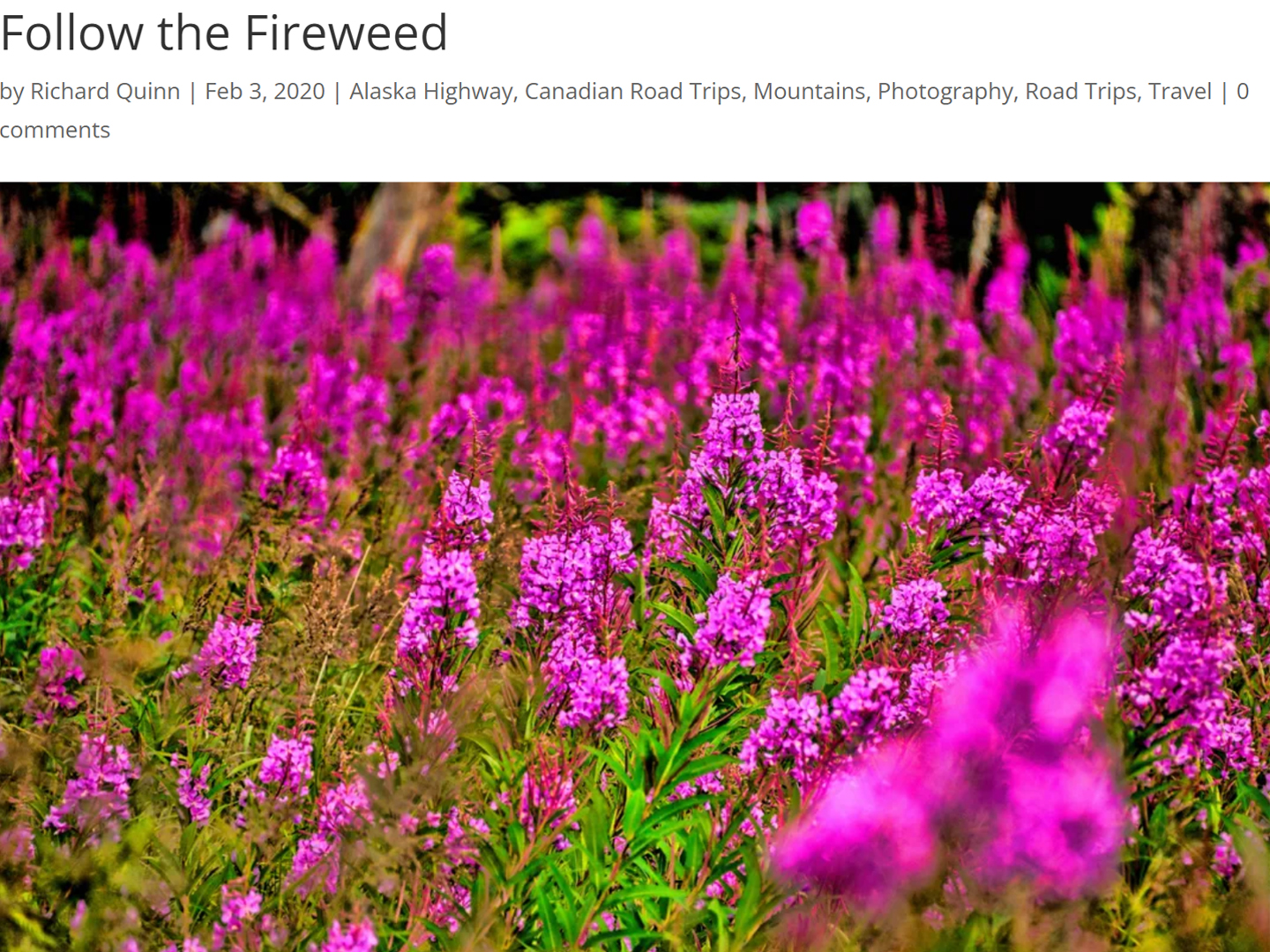
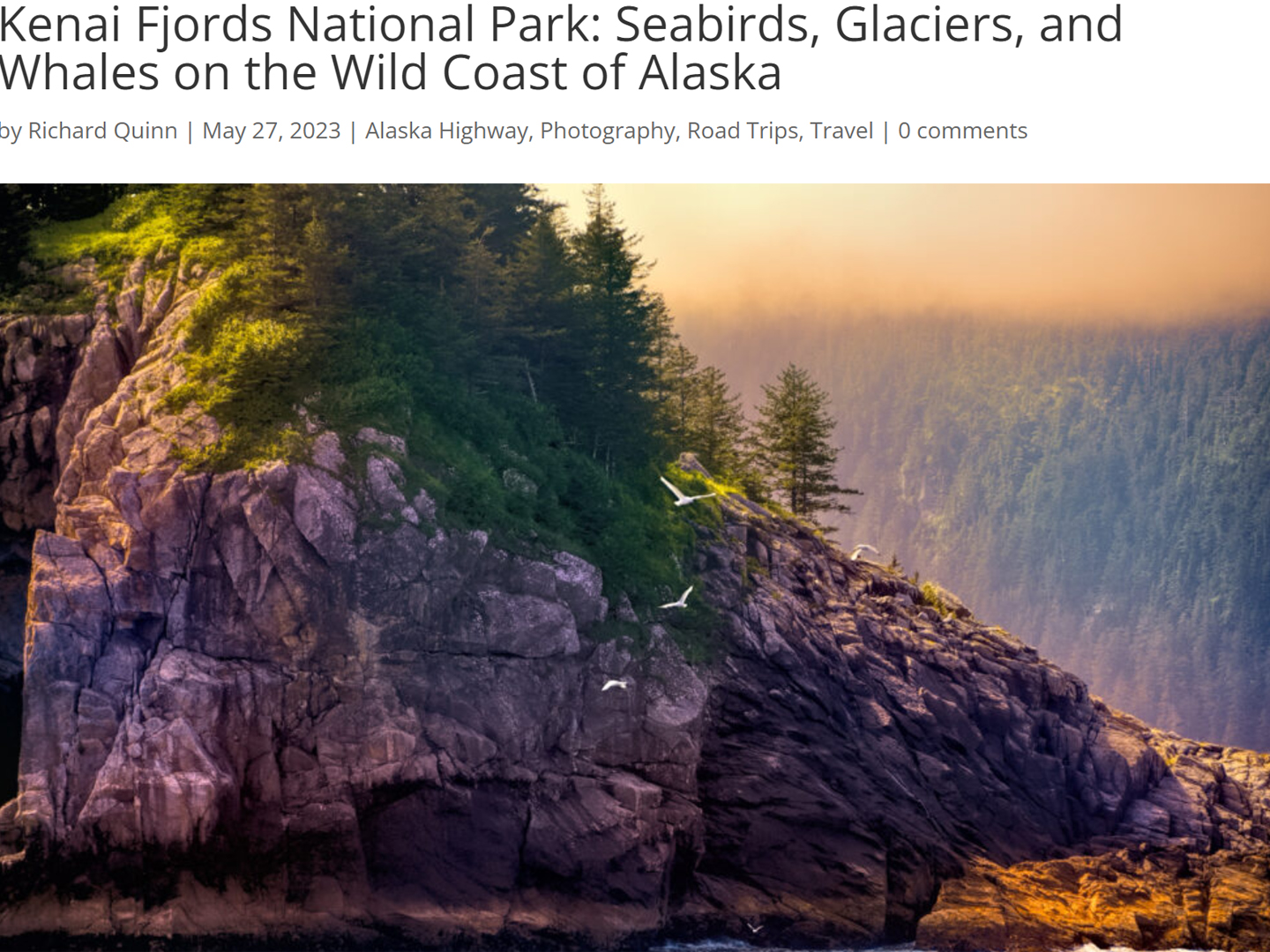
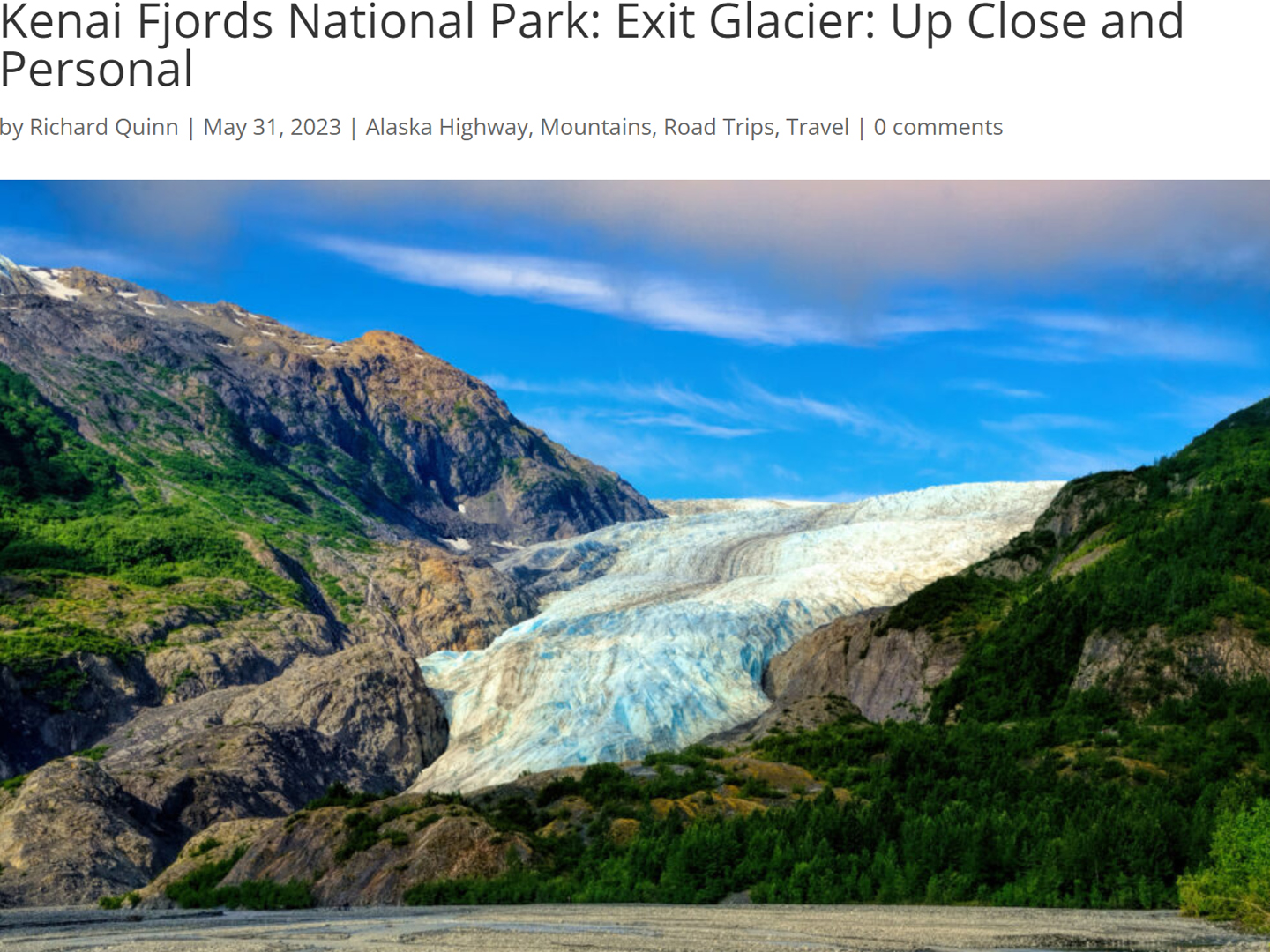
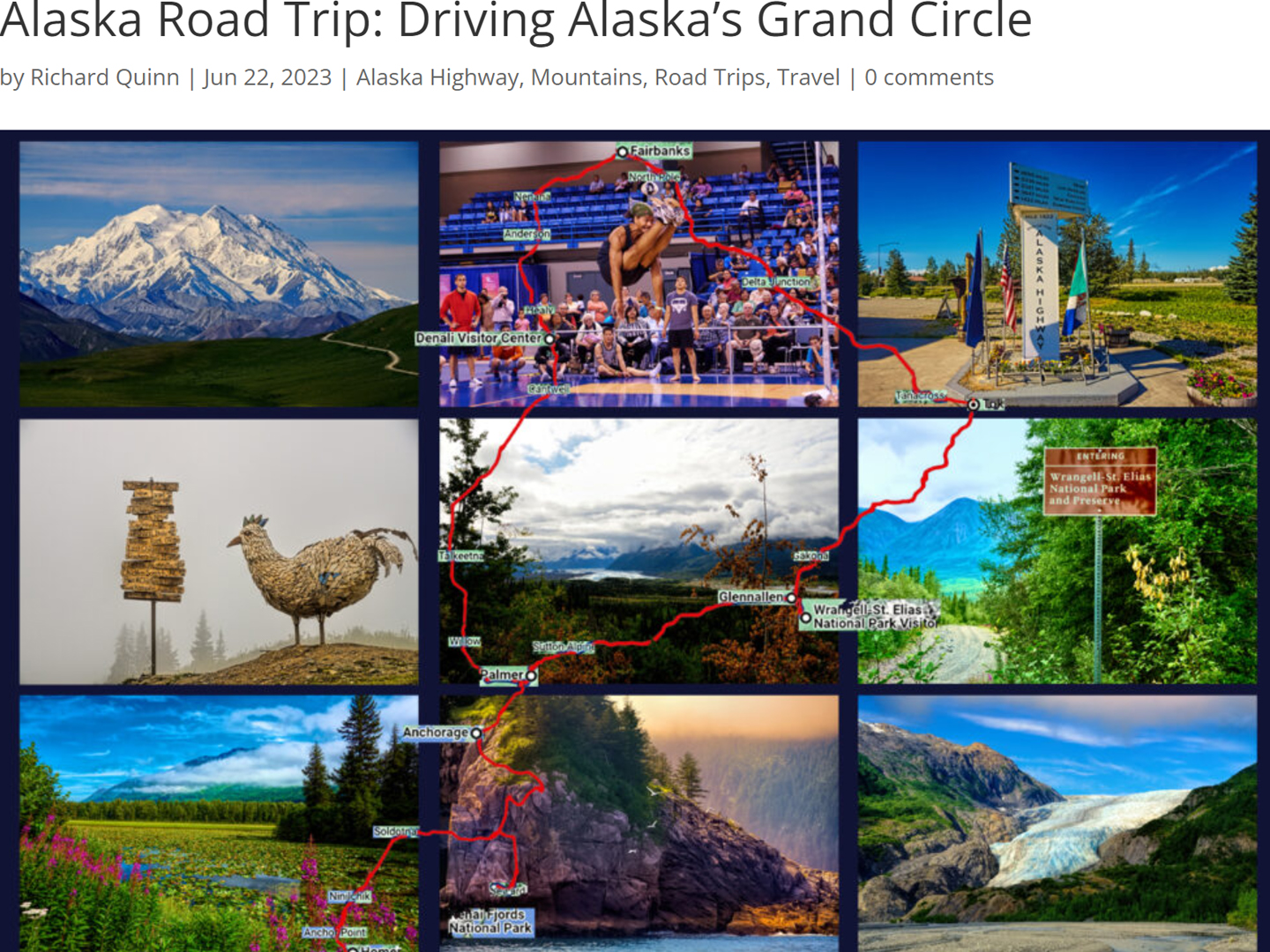
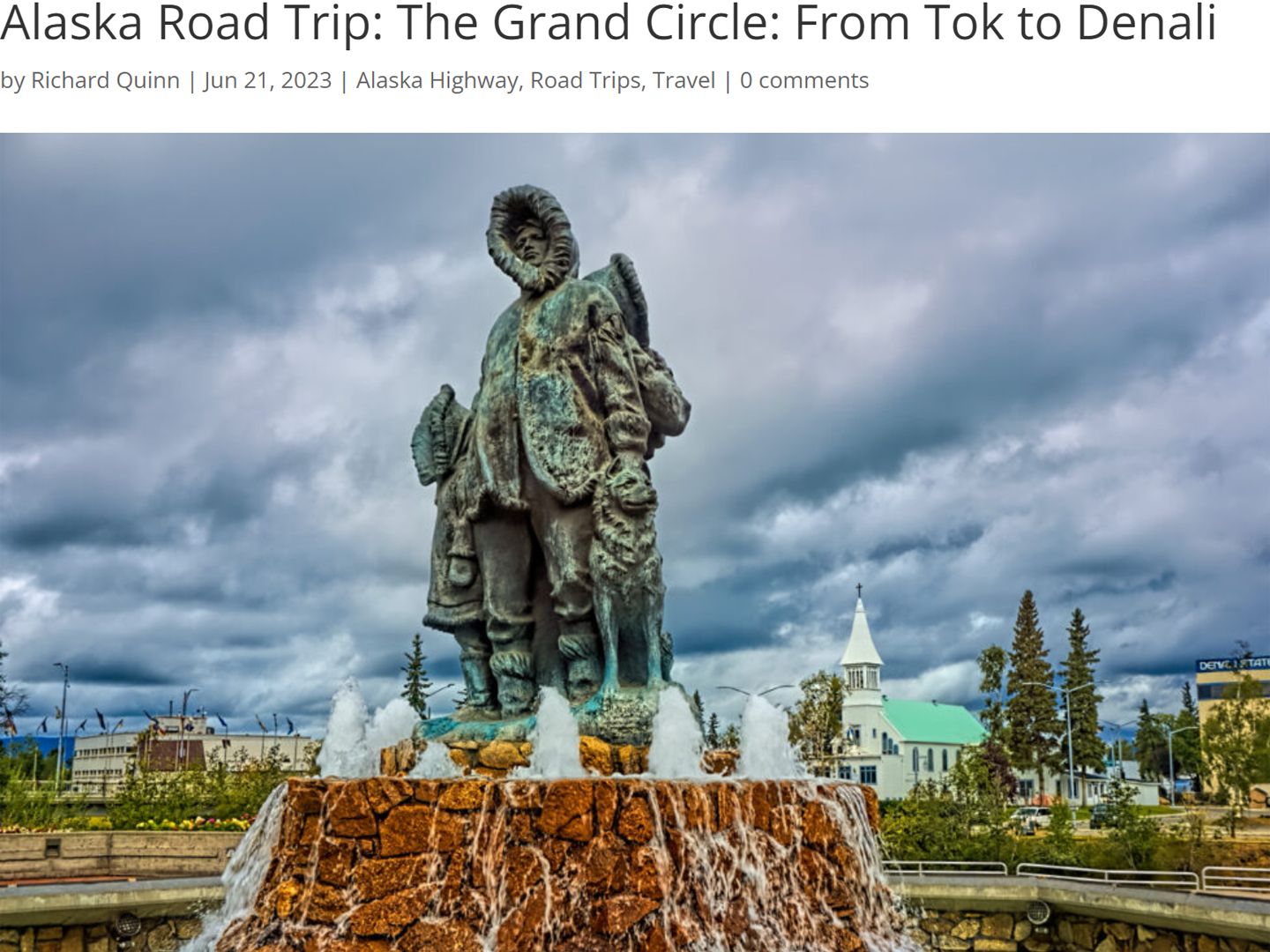
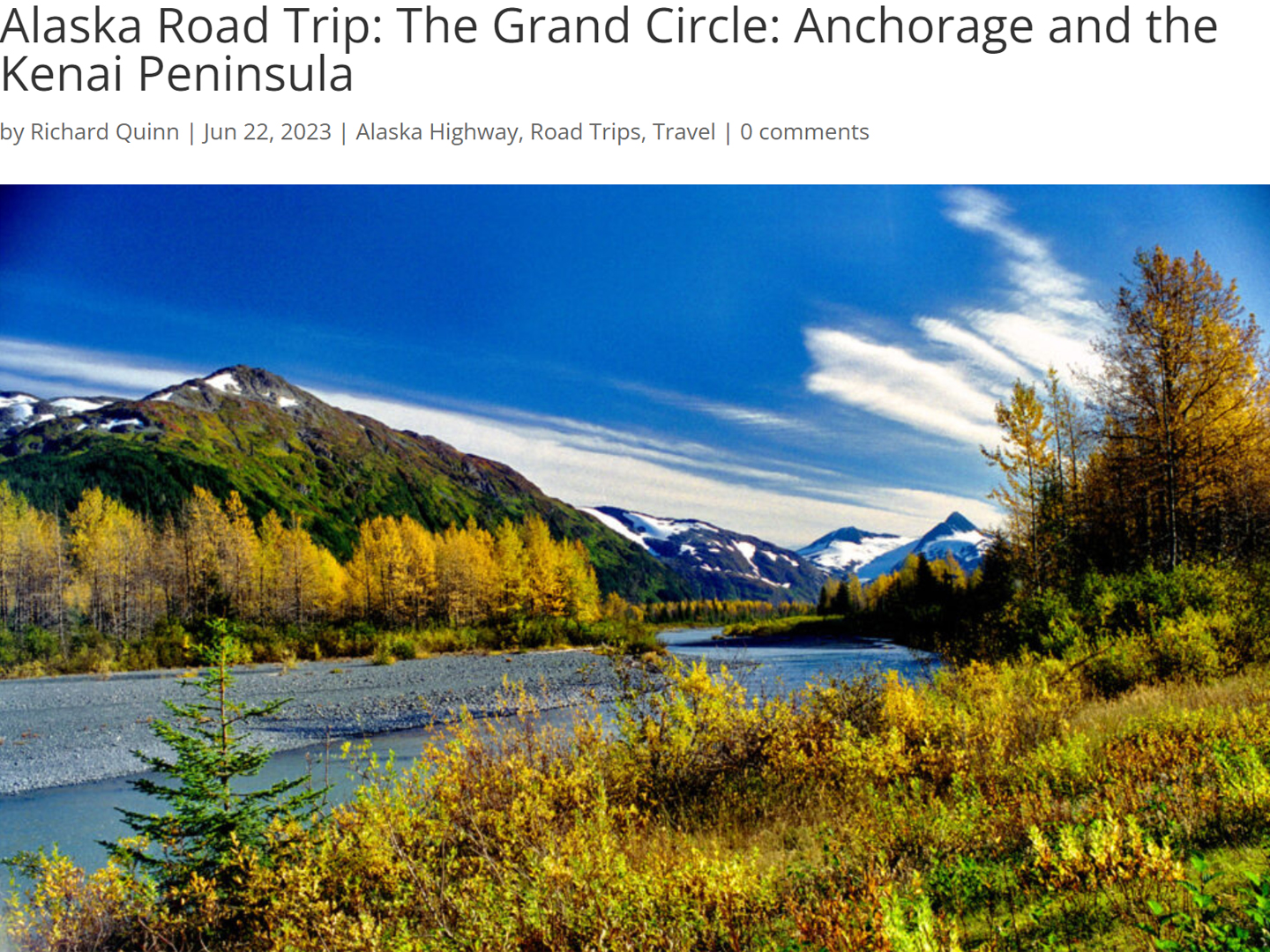
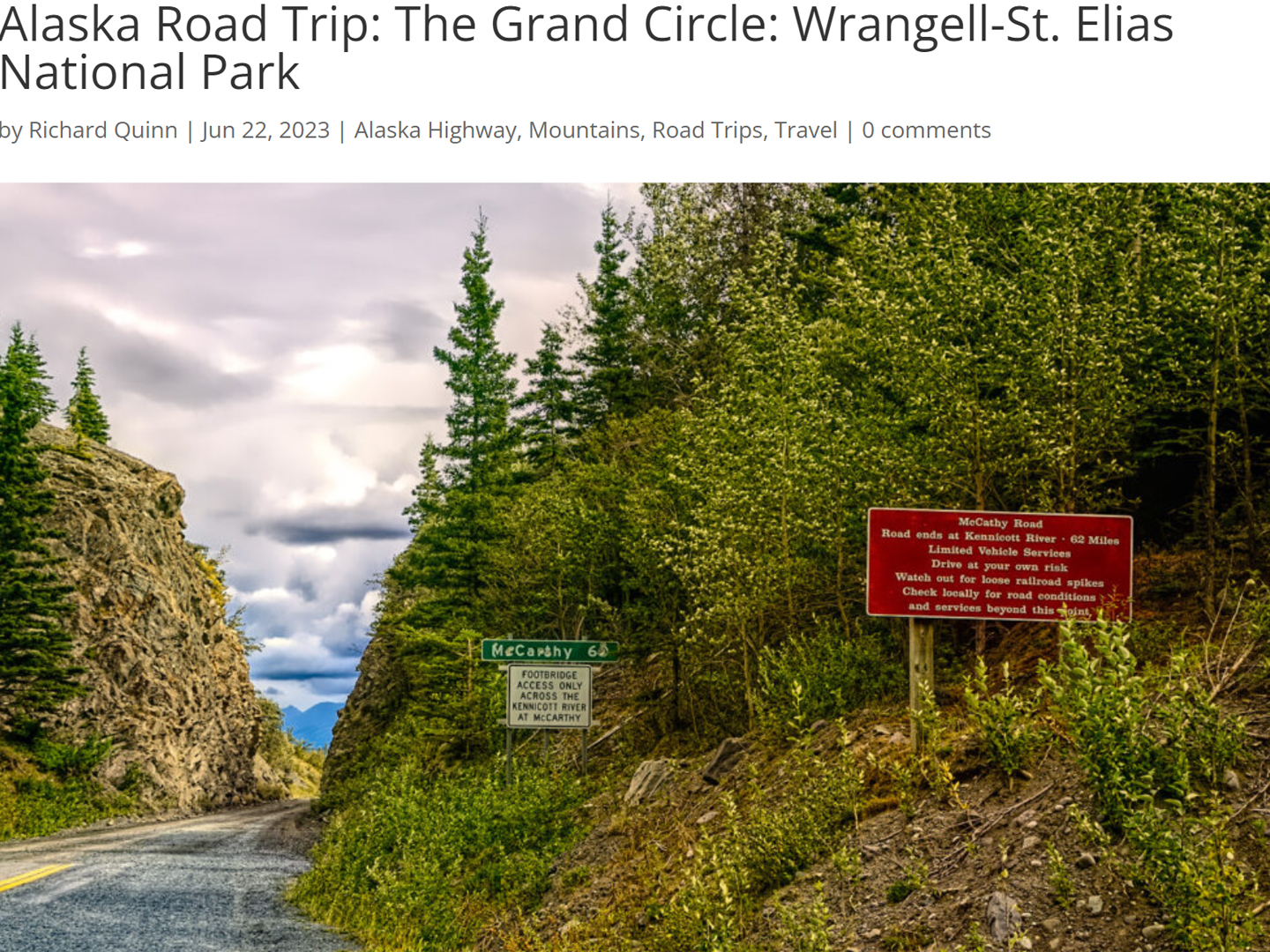
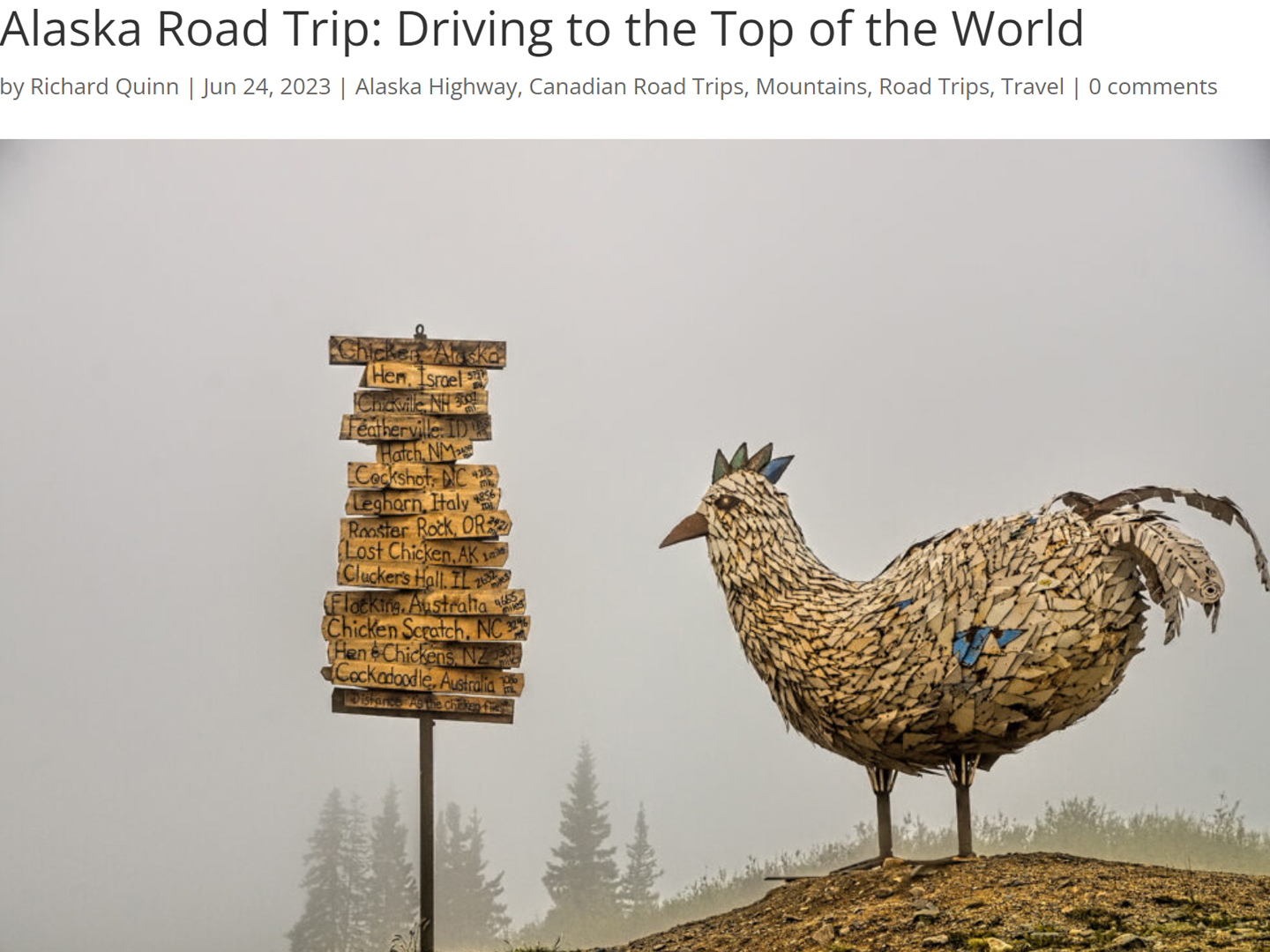


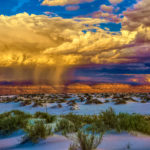
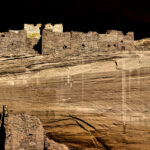
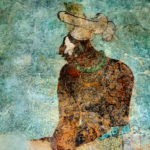
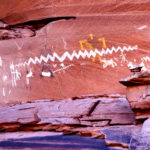
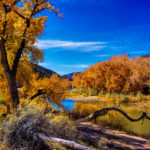
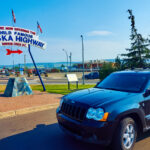
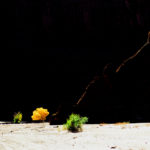
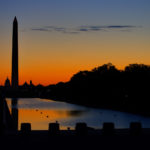
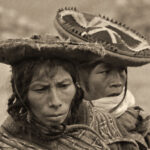
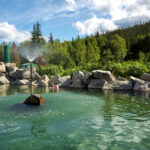
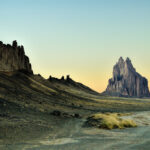
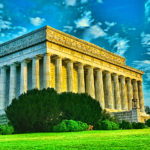
Recent Comments